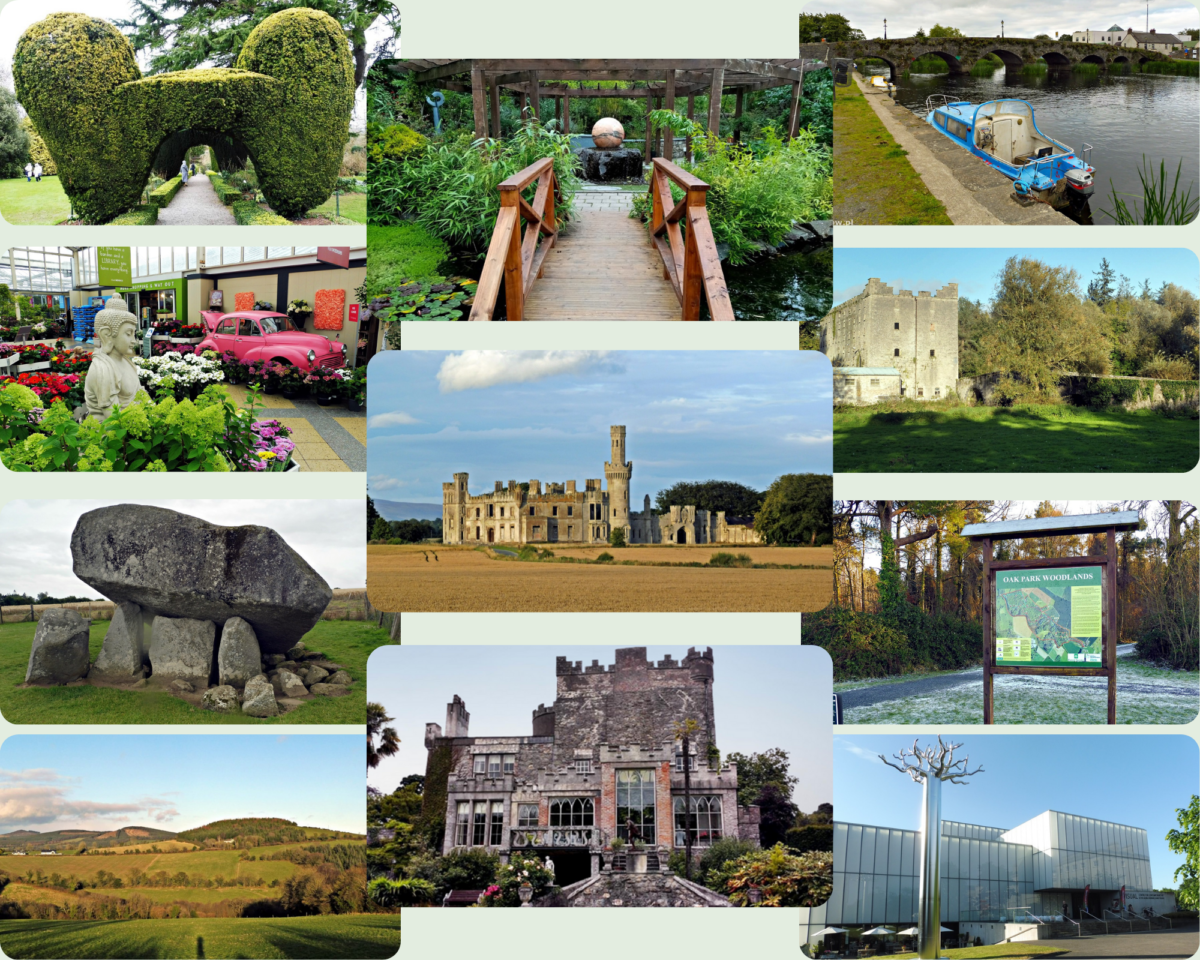
Today is the seventh anniversary of my blog and as a summary, I would like to remind you about the places in County Carlow which are, in my opinion, the must-visit places. These are places that I already described on the blog.
Carlow is a beautiful county, it has amazing gardens, unique historical castles, picturesque heritage villages, stunning natural sites, the heaviest in Europe dolmen, and the largest exhibition space for contemporary visual art.
Here is my alphabetical list of the 11 must-visit places in County Carlow.
1. Altamont Gardens
Altamont Gardens are gardens considered to be one of the most beautiful and romantic gardens in Ireland. They rank among the top 10 Irish gardens, and although still little known, they are often referred to as the “Jewel in Ireland’s Gardening Crown”.
Situated on the banks of the River Slaney, Altamont Gardens are the Robinson-style gardens. They are a natural mix of formal and informal gardens that you can enjoy walking around the lake, through the Arboretum, Bog Garden, and Ice Age Glen.
In Altamont Gardens you can admire various species of plants, sometimes very bizarre. The beginnings of the garden date back to the 18th century, and its founders brought here plants from the most distant parts of the world over the years. Many species of trees grow here, such as cedars, cypress trees, red oak, rhododendrons, and various non-native shrubs.
The present gardens are largely the work of plant collector Fielding Lecky Watson, who bought the property in 1924, and his daughter Corona North. Corona North was the long-time owner and caretaker of the gardens and the adjacent areas. Her passion was long journeys in search of plants for the garden, unique in Ireland. Carlow County Council took over the Altamont Gardens in 1999.
There is the annual Snowdrops Festival at Altamont Gardens during the month of February.
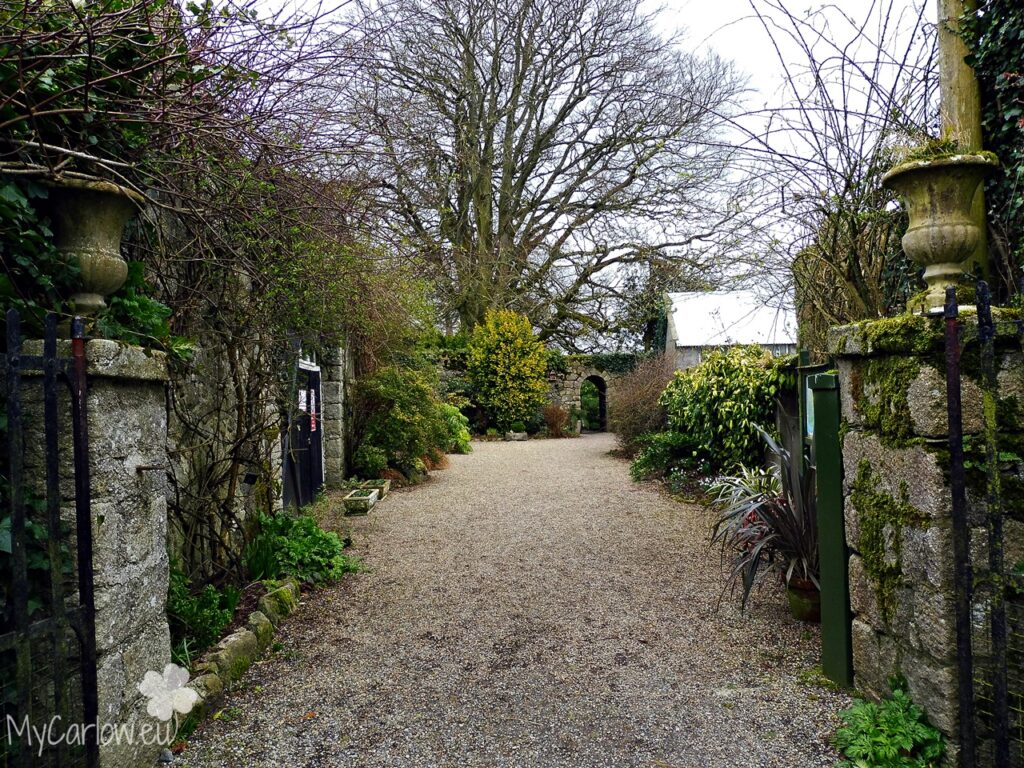


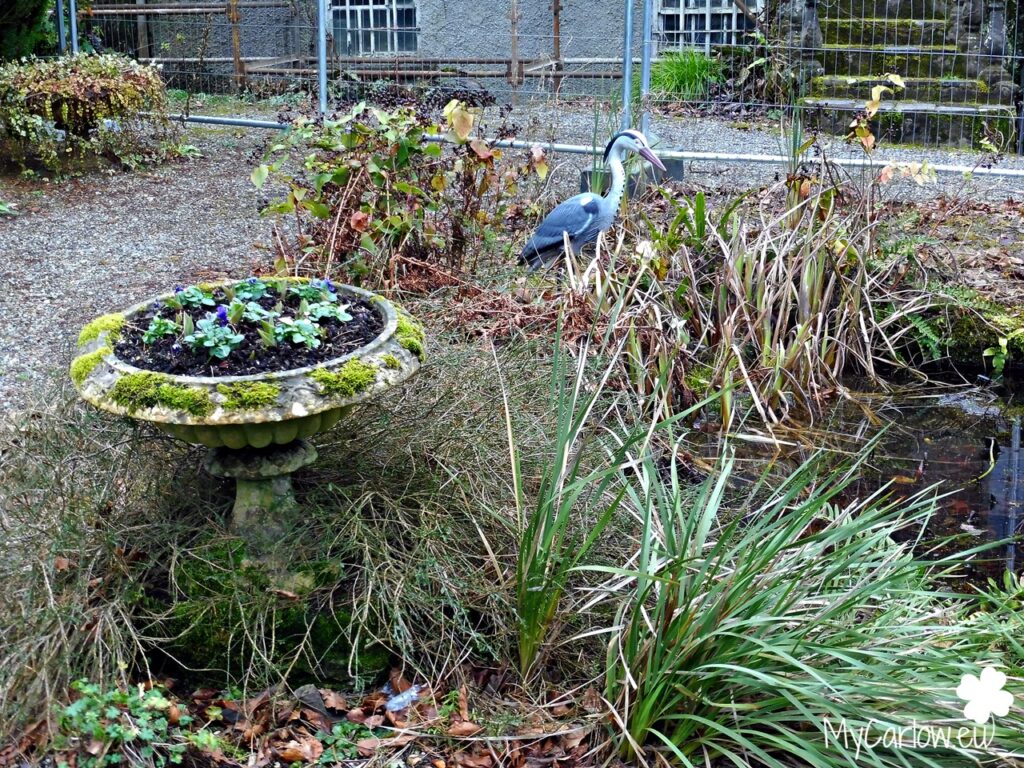





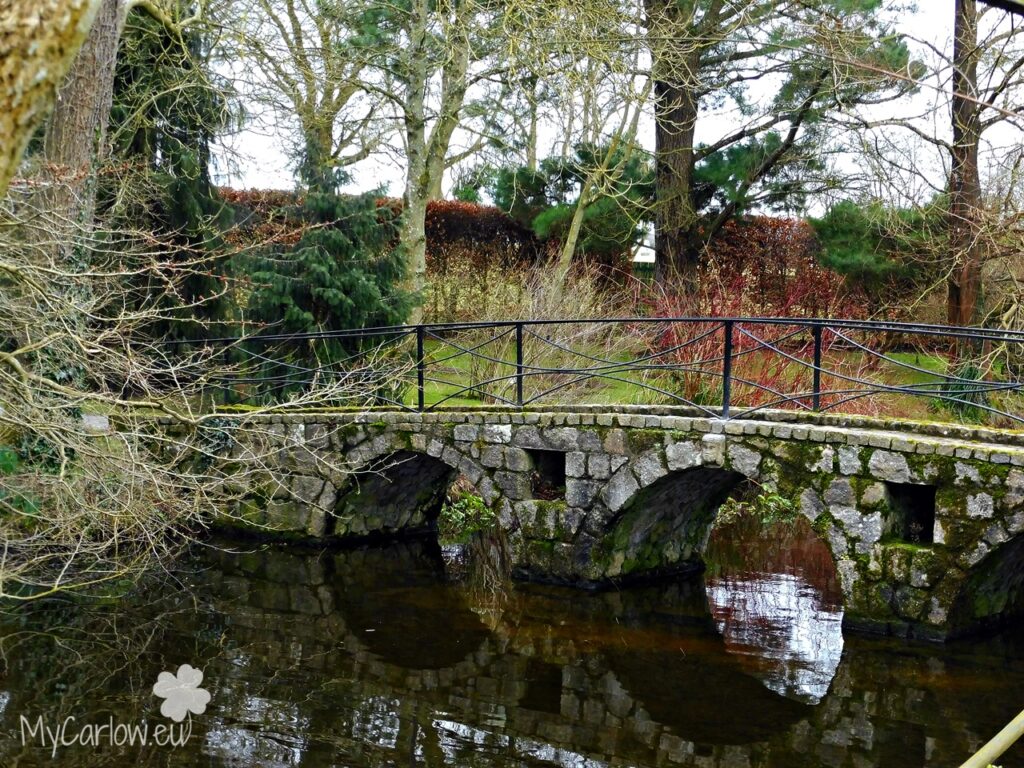
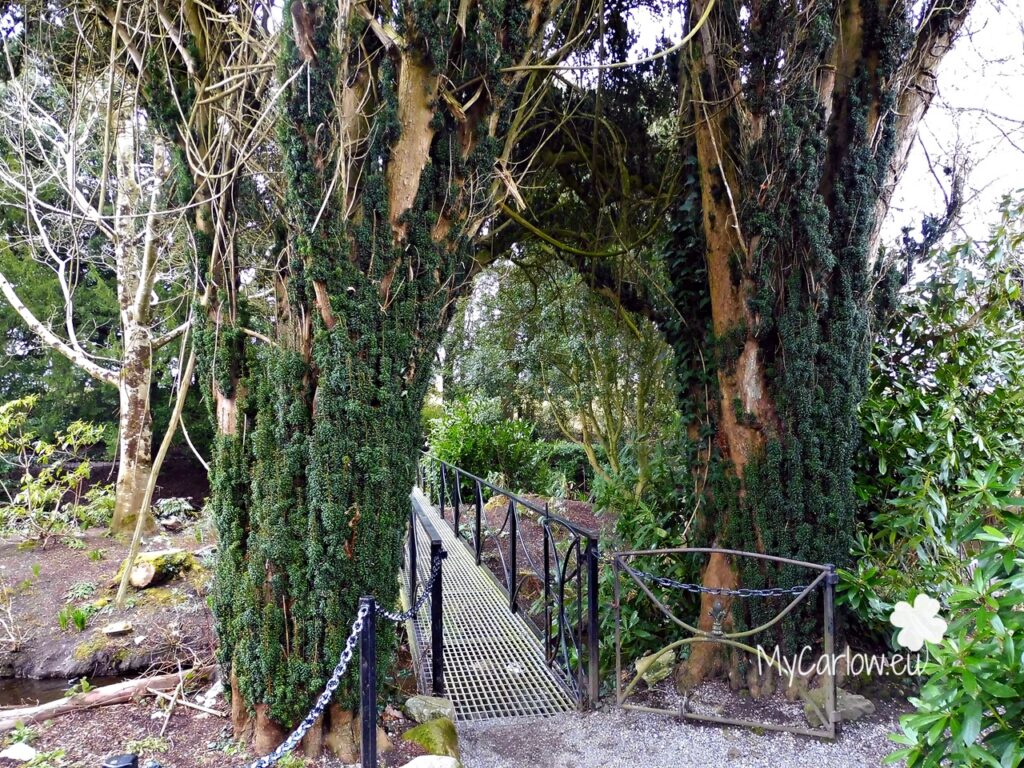

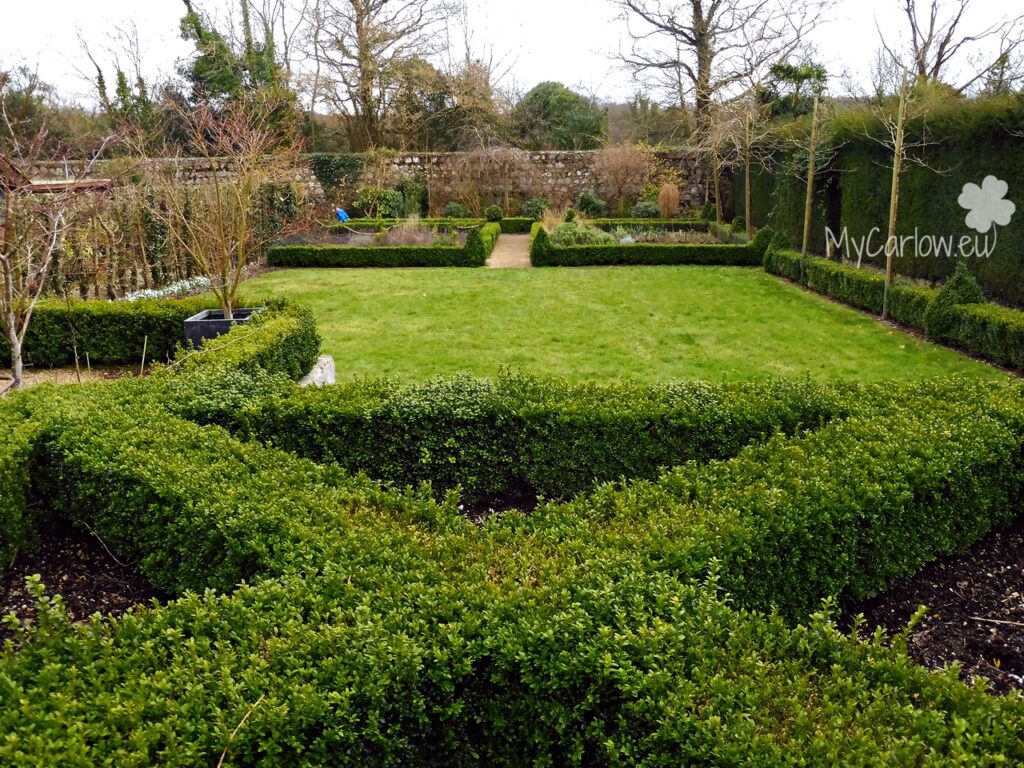


2. Arboretum Home & Garden Heaven
Arboretum Home & Garden Heaven is a family-run business, founded by Rachel and Frank Doyle in 1978. Thanks to their great passion for gardening, the Arboretum has become one of Europe’s leading garden centers. It is located on Old Kilkenny Road in a charming heritage village Leighlinbridge, Co. Carlow.
This is much more than a place for gardening enthusiasts. Inside is a huge spacious area divided into an award-winning garden center, there are parts like a kitchen store, home & gift, BBQ & furniture area (elegant garden furniture, as well as hand-made furniture), fashion & clothing department, Rachel Garden Cafe, potted plants, plants for growing outdoors and garden tools.
The Inspirational Gardens at Arboretum are designed by Rachel Doyle, the owner of Arboretum, who has created exclusive display gardens to inspire visitors to imagine and create their own garden dream.
In Arboretum there are very popular annual Easter Events (Little Seeds workshop, Mad Hatter’s Tea Party, and Easter egg hunt) Halloween and Christmas Events (Santa’s arrival via helicopter, live reindeer).
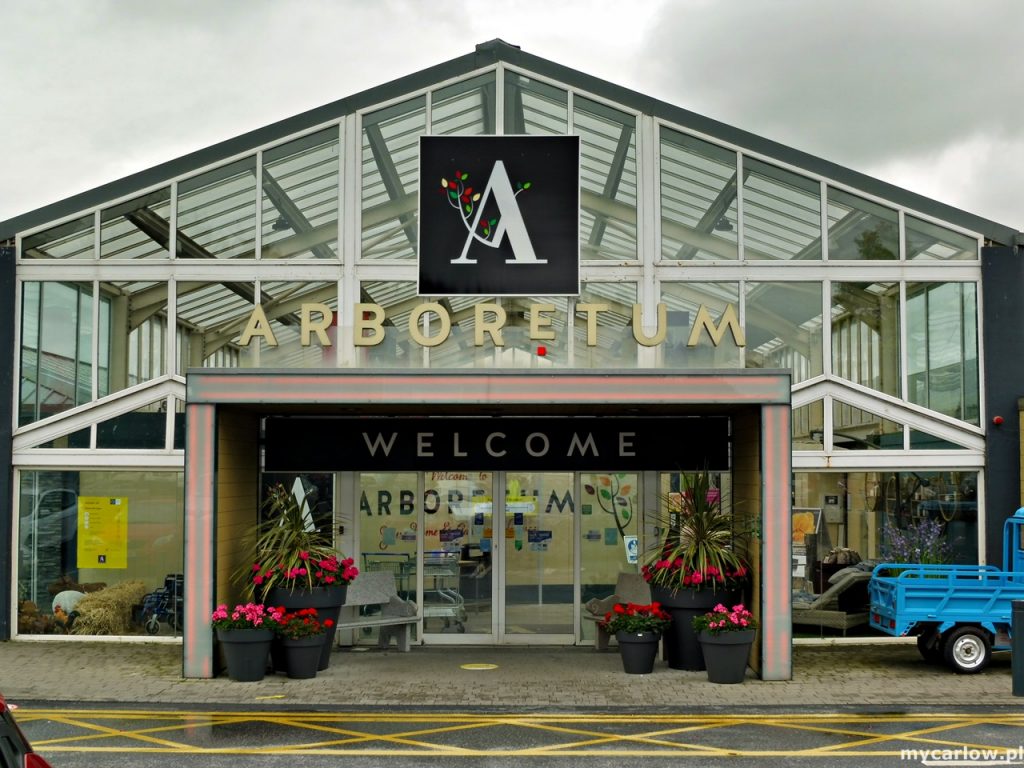
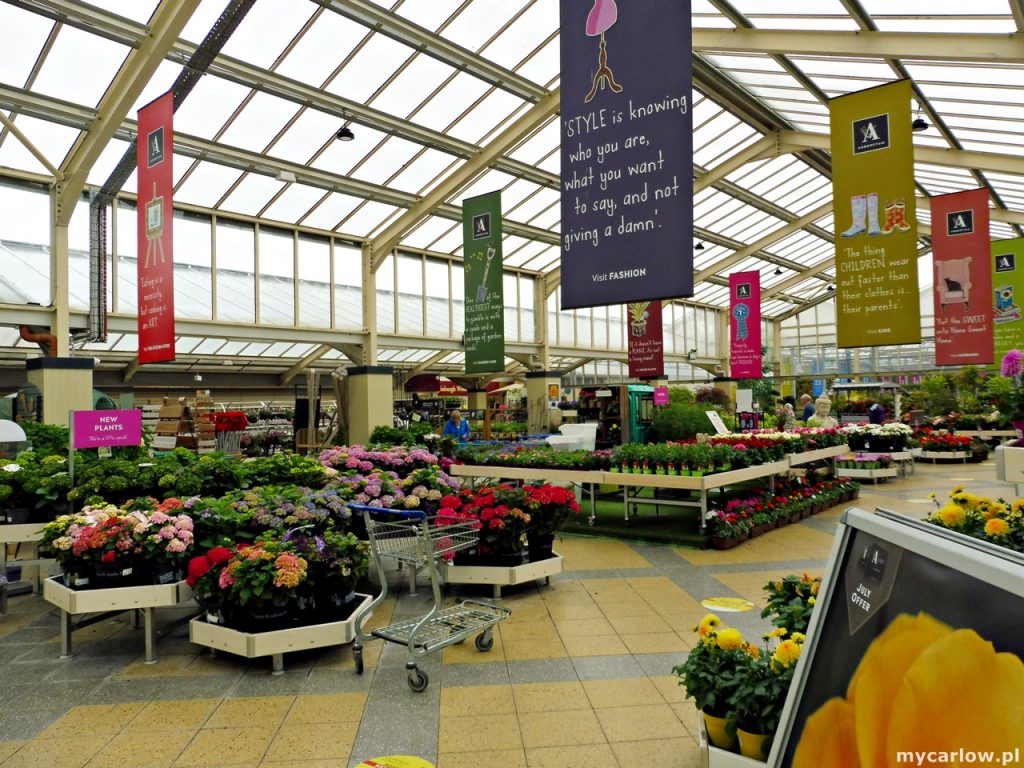


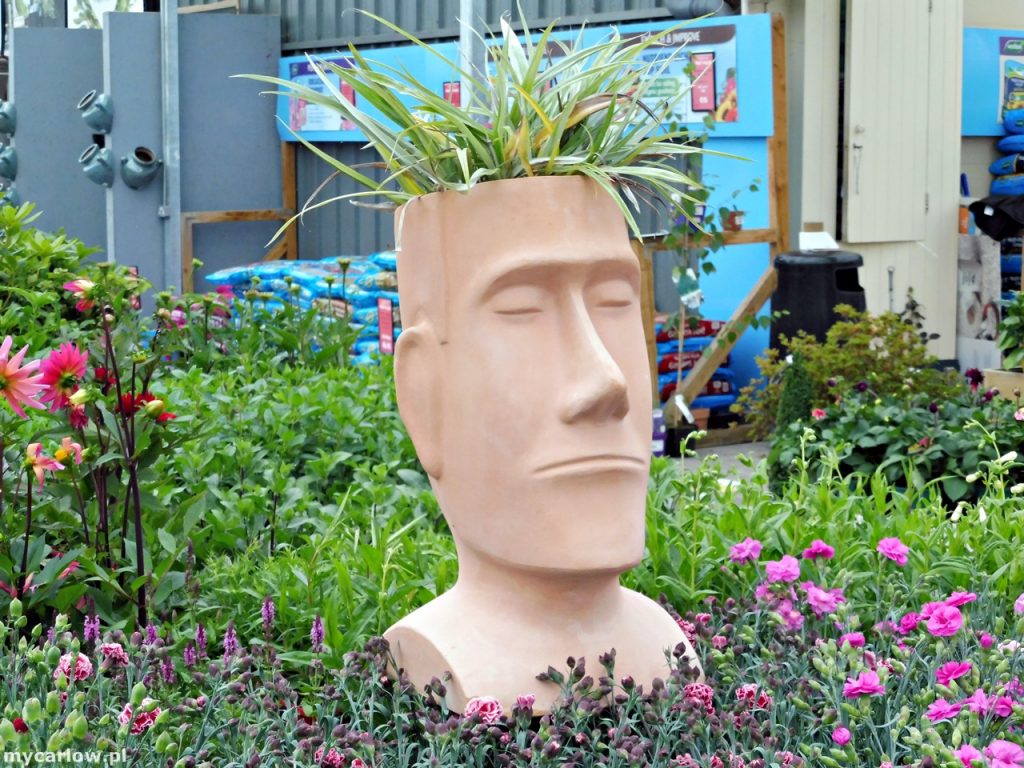
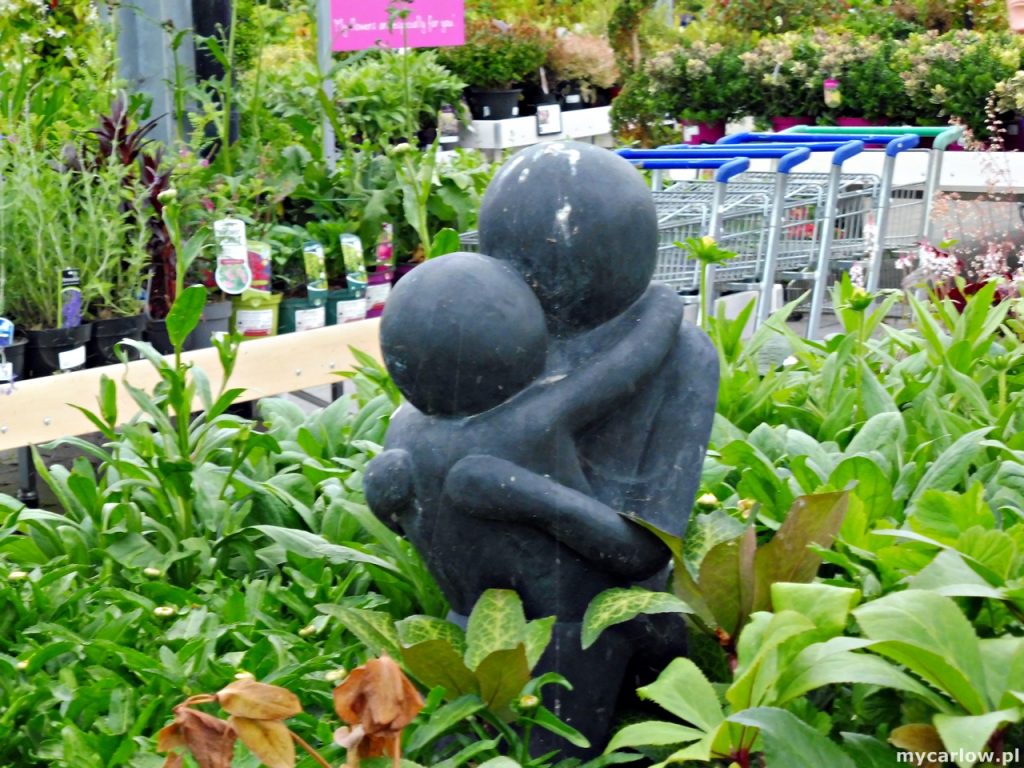
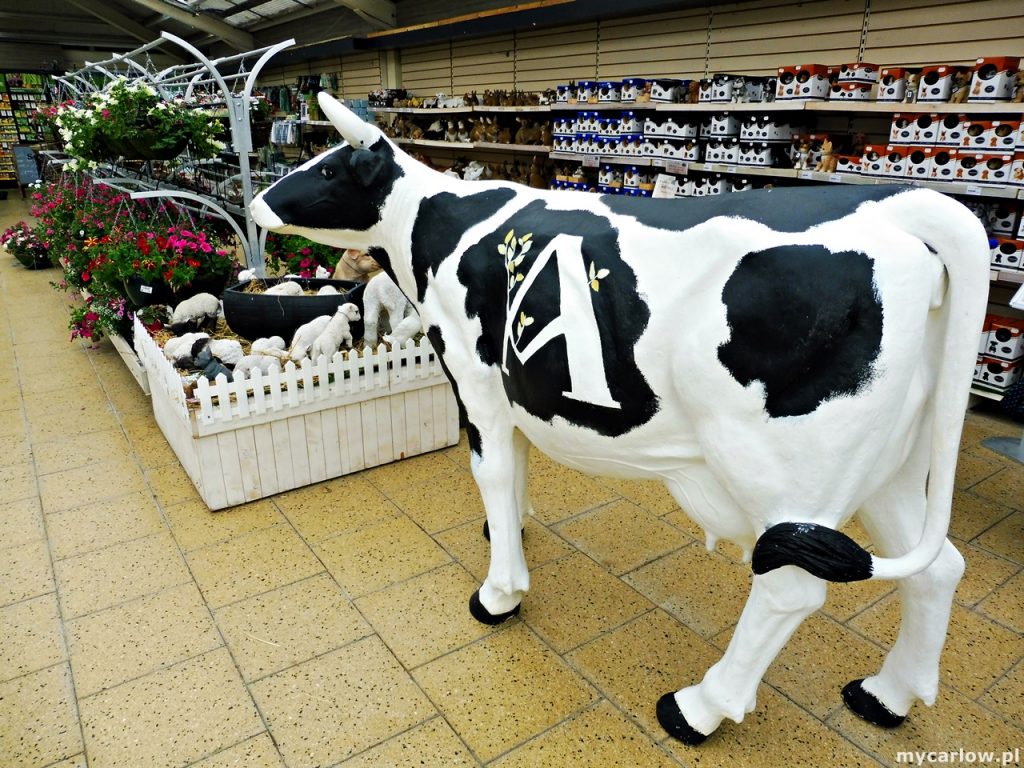
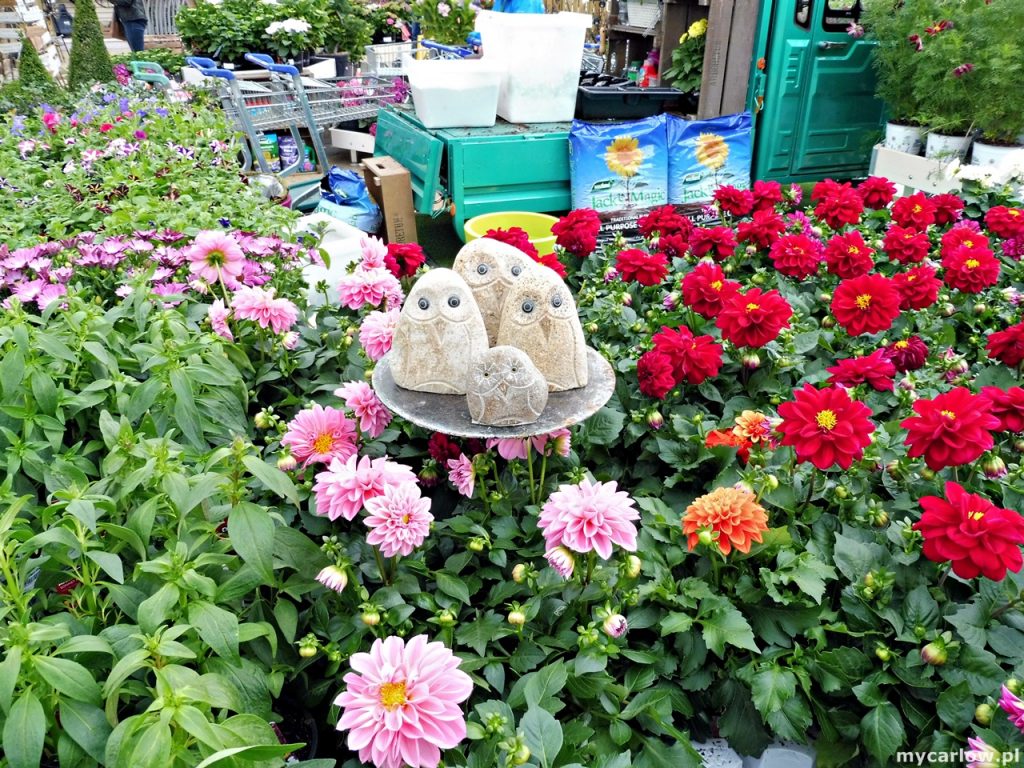
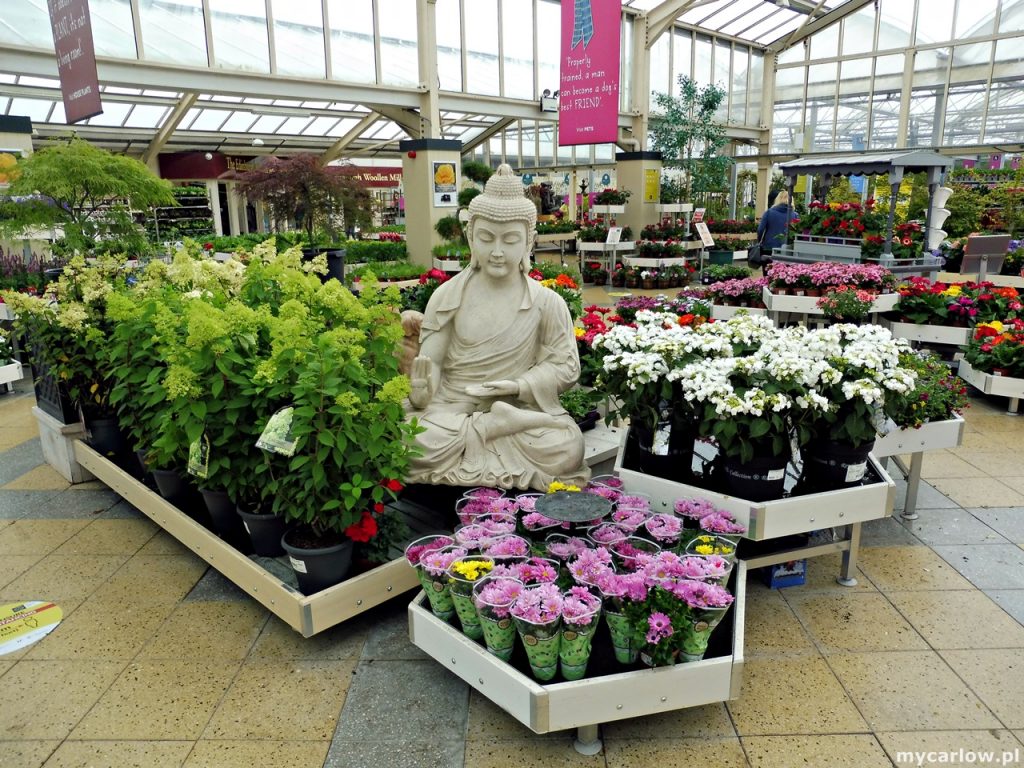
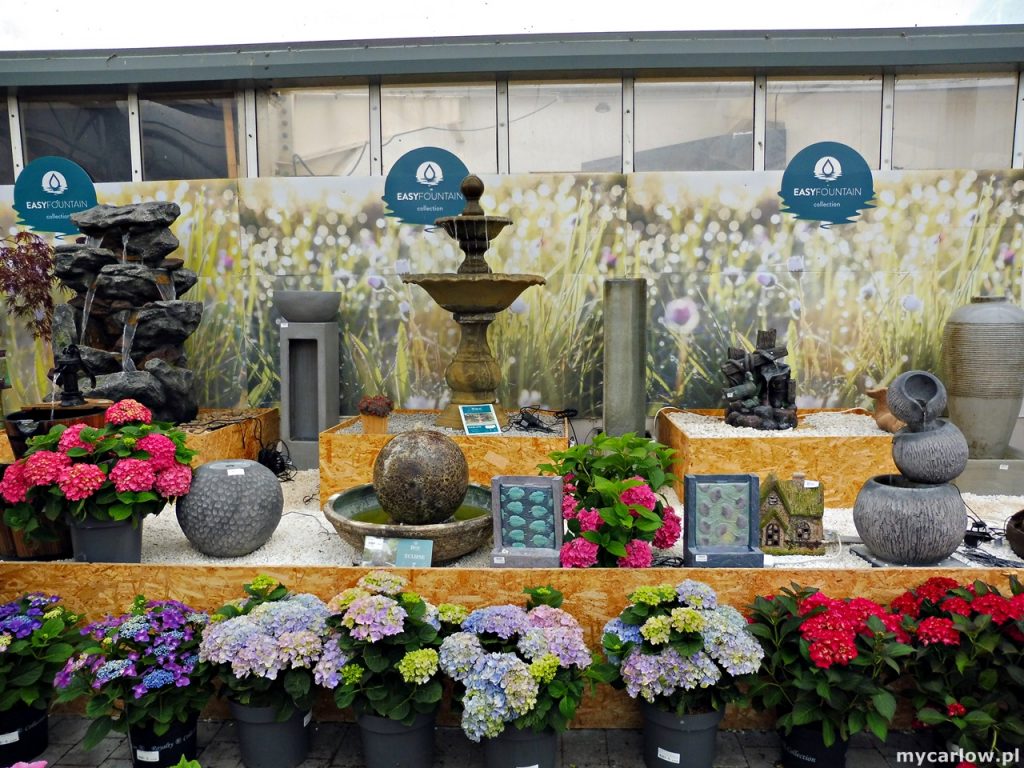
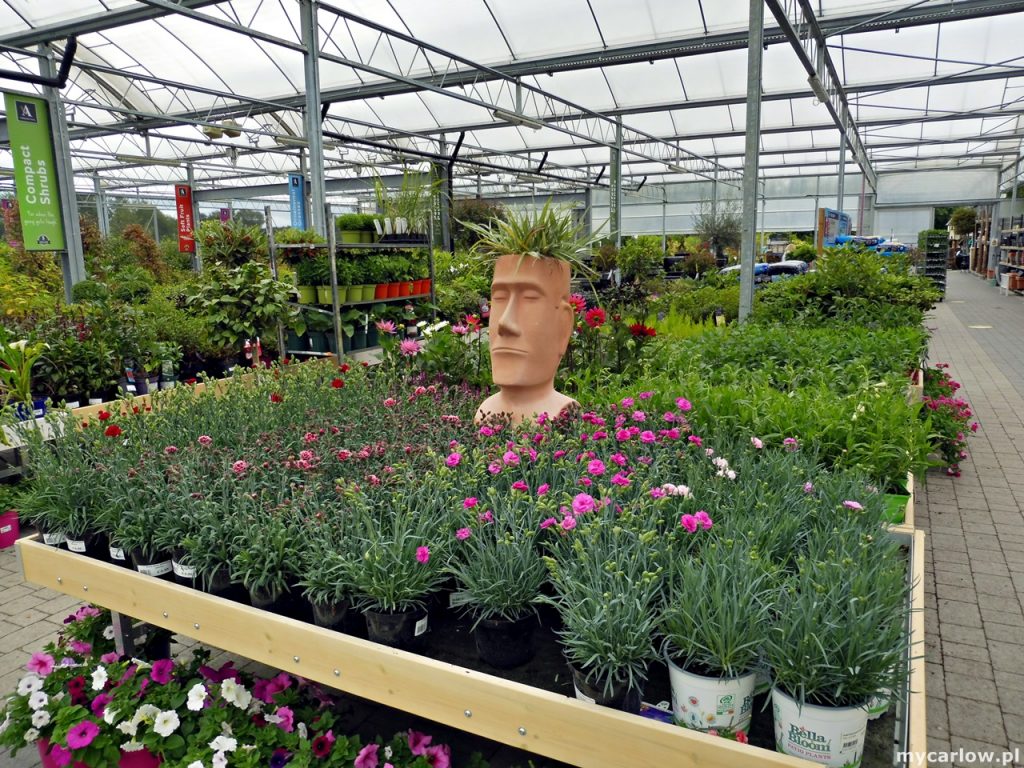
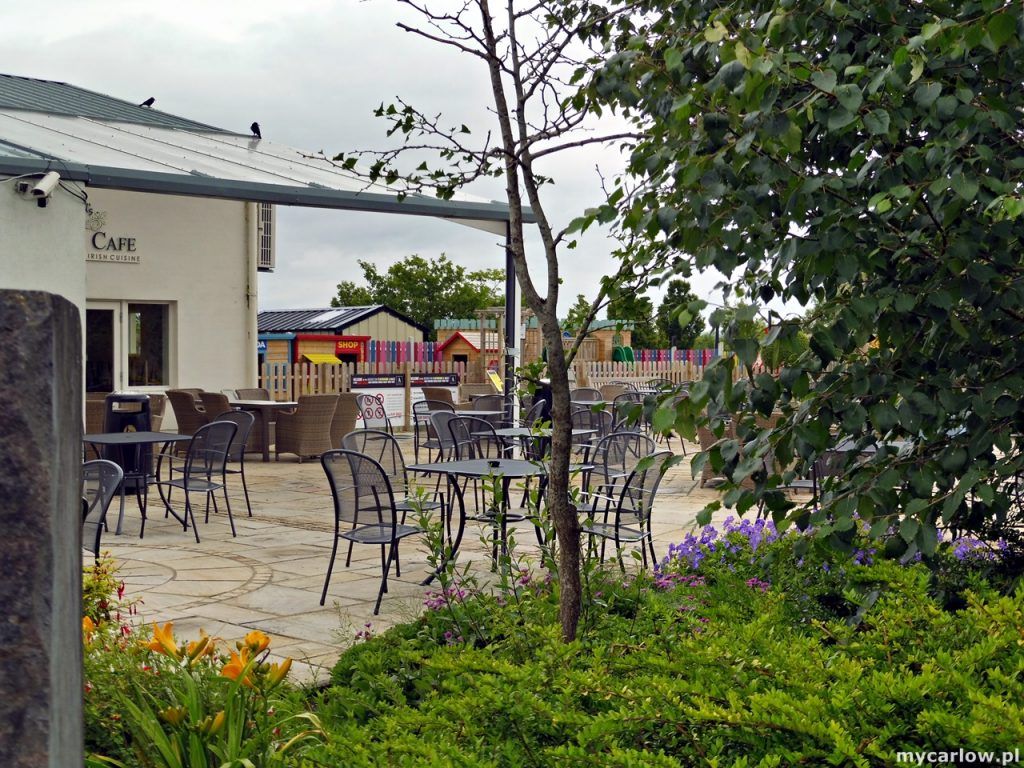


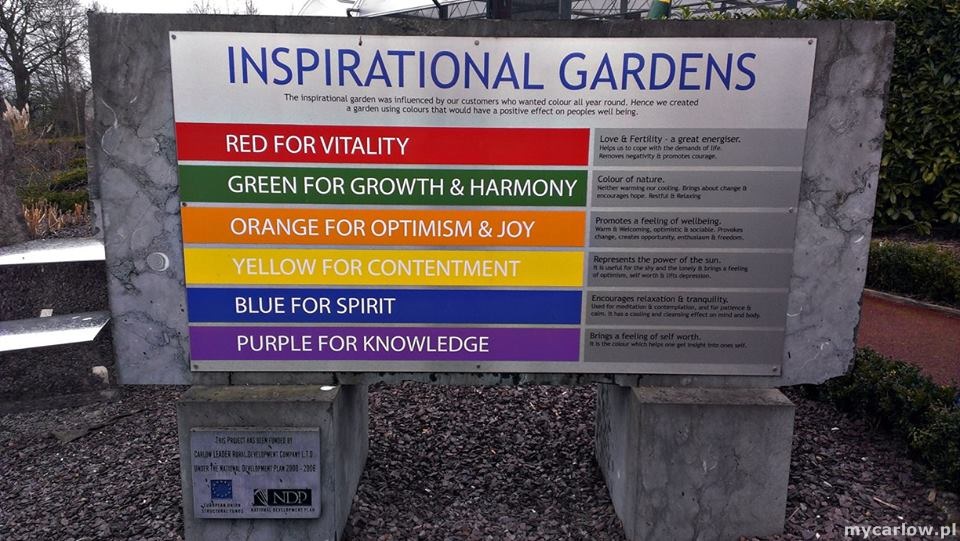
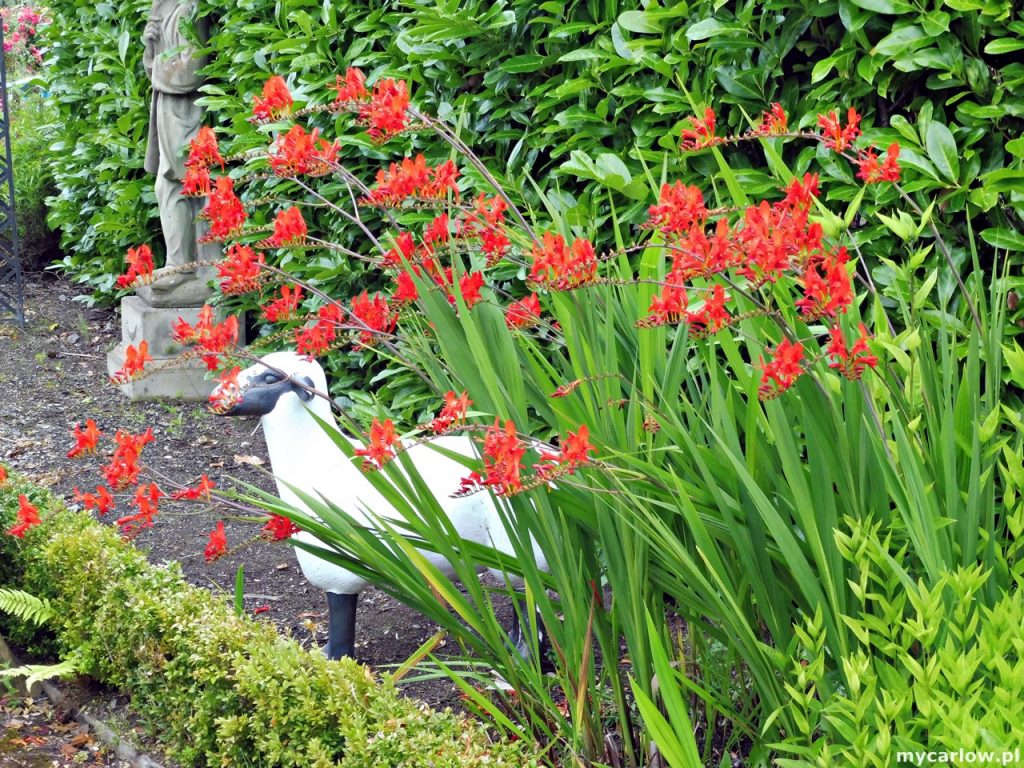
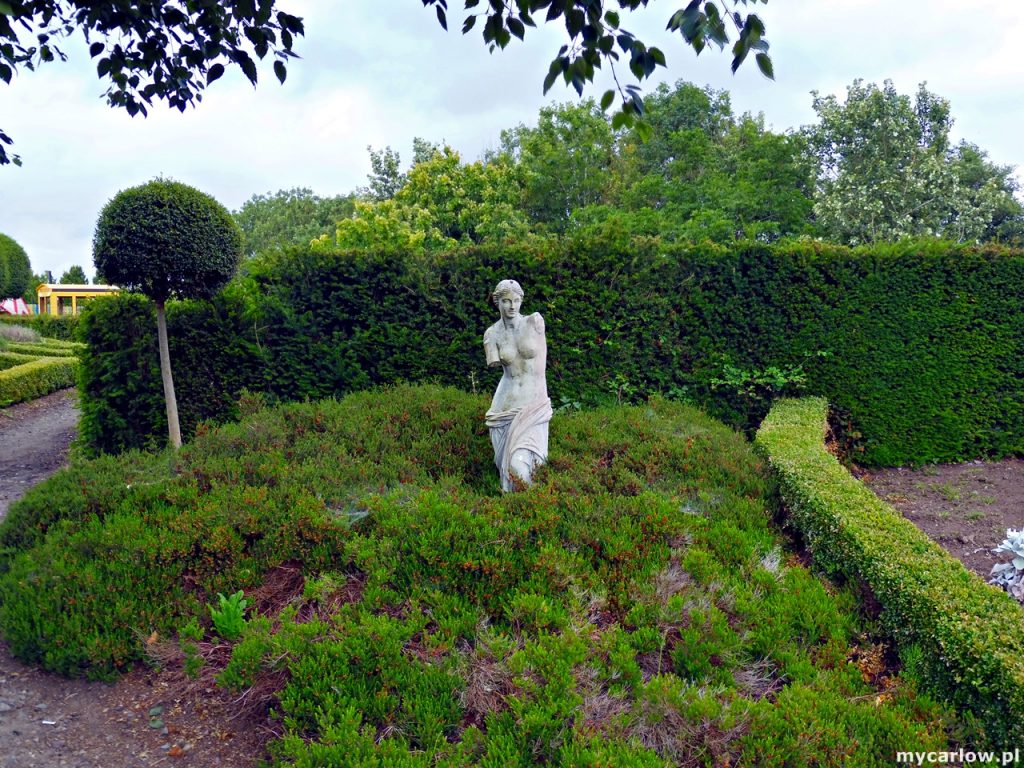
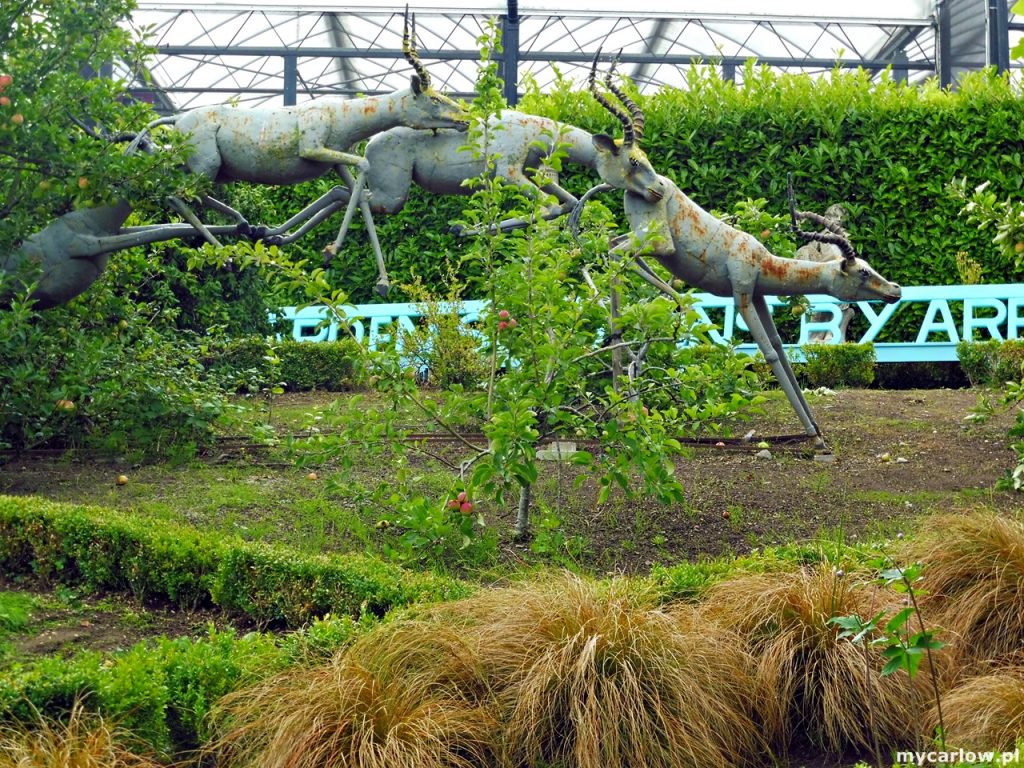

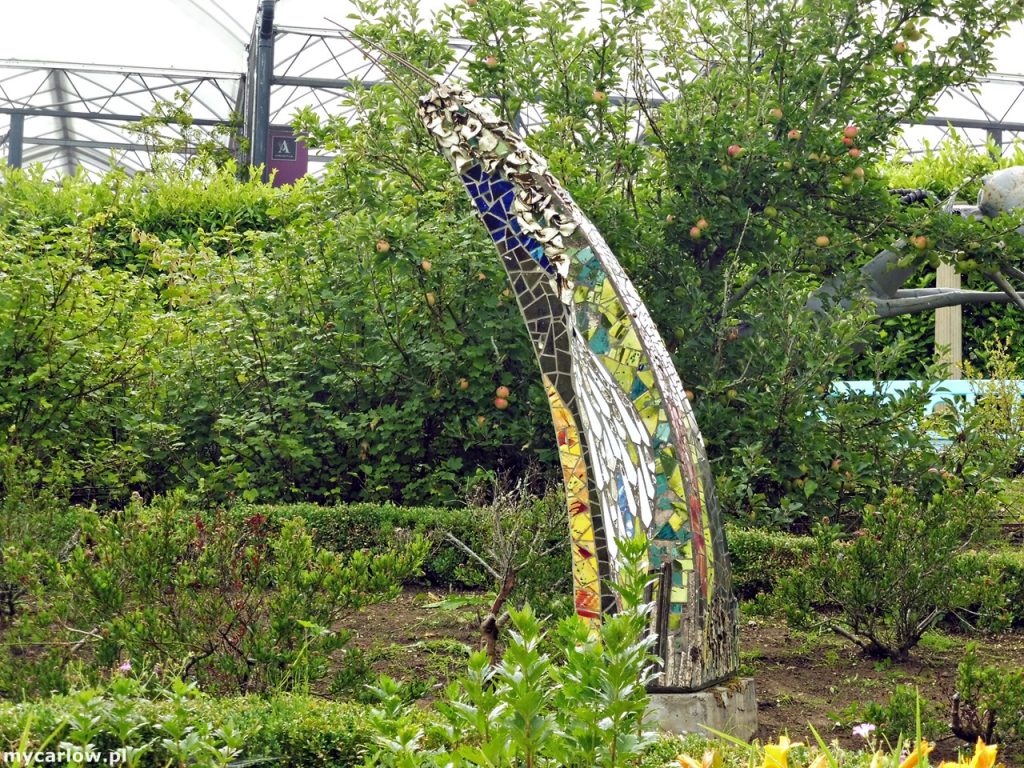

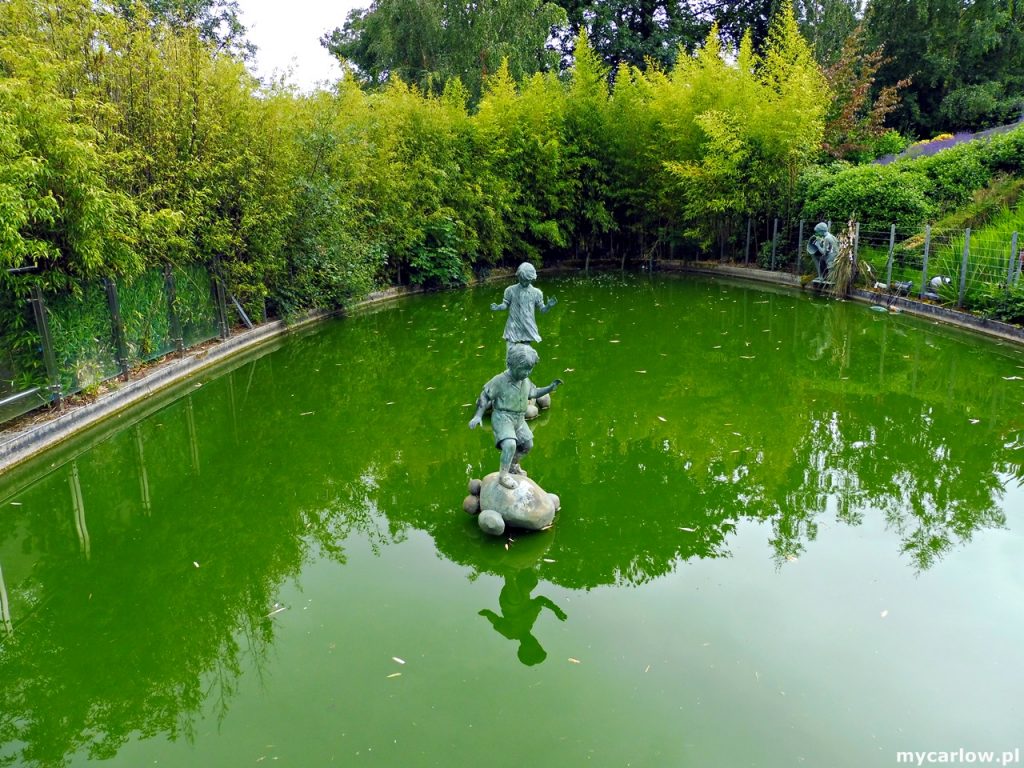
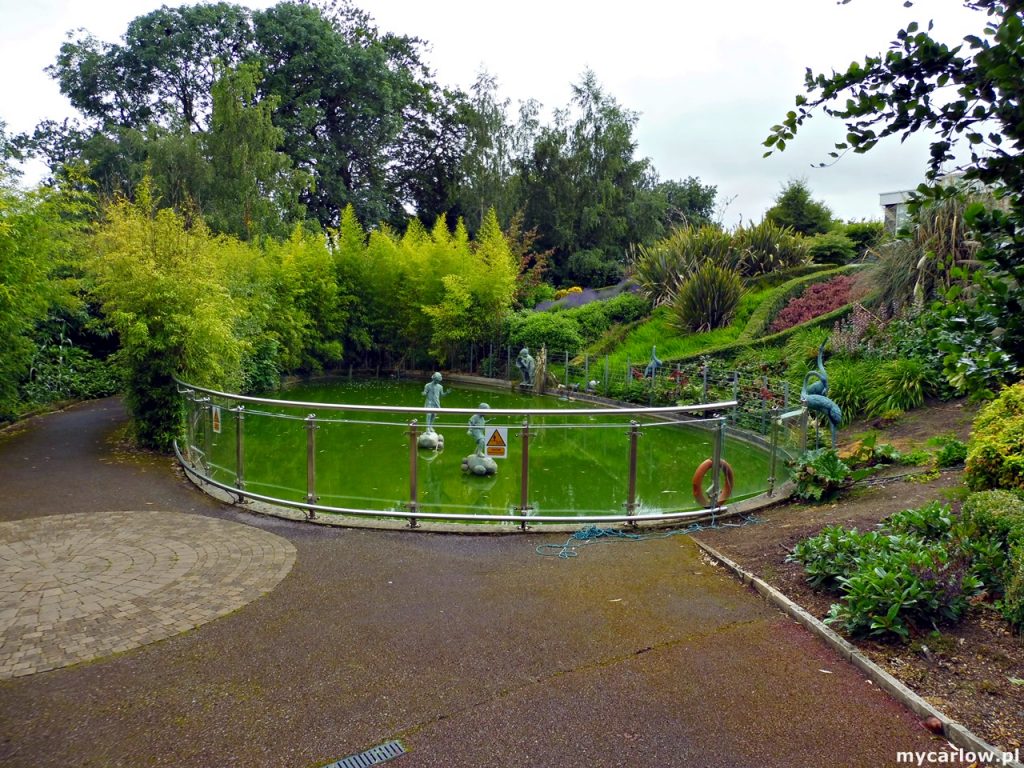



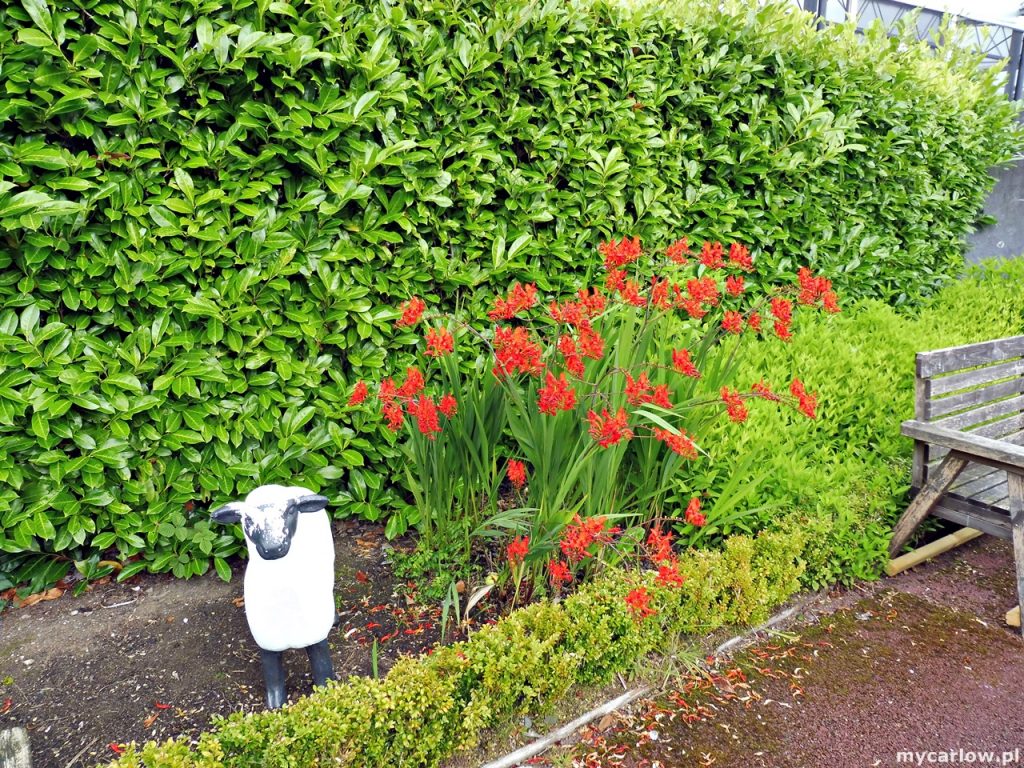
3. Brownshill Dolmen
The most characteristic attraction of County Carlow is The Brownshill Dolmen dating back to prehistoric times. And Carlow is known as “The Dolmen County”, a nickname based on the Brownshill Dolmen.
Brownshill Dolmen is located 3 km east of the town of Carlow, just off the provincial road R726. Due to its impressive size, Dolmen is clearly visible from the road.
Typical Dolmen consists of boulders dug vertically into the ground and a large flat rock block arranged on them. Brownshill Dolmen is huge, its capstone weighs about 150 tons and is considered the heaviest in Europe.
Brownshill Dolmen is a National Monument of Ireland.

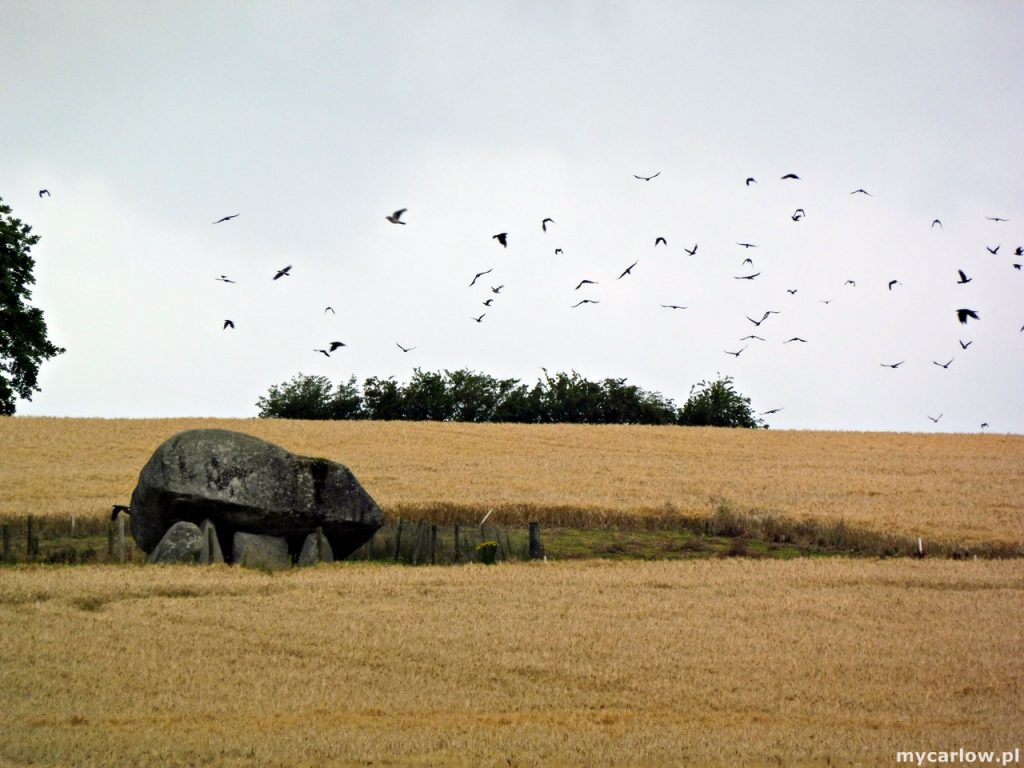
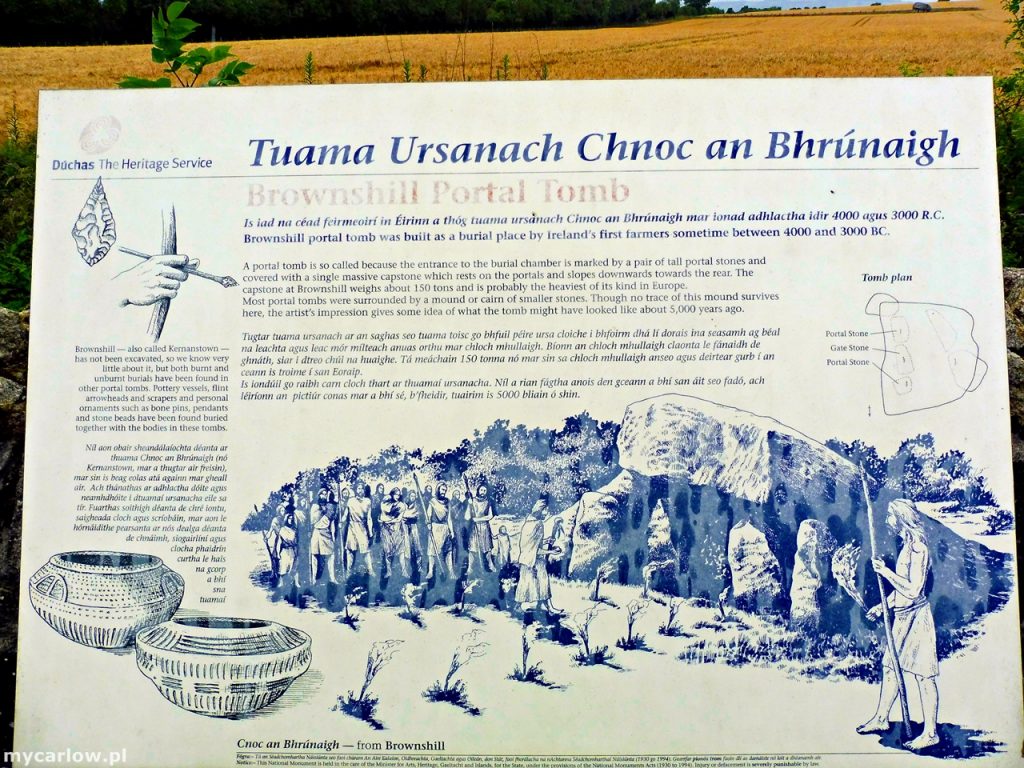
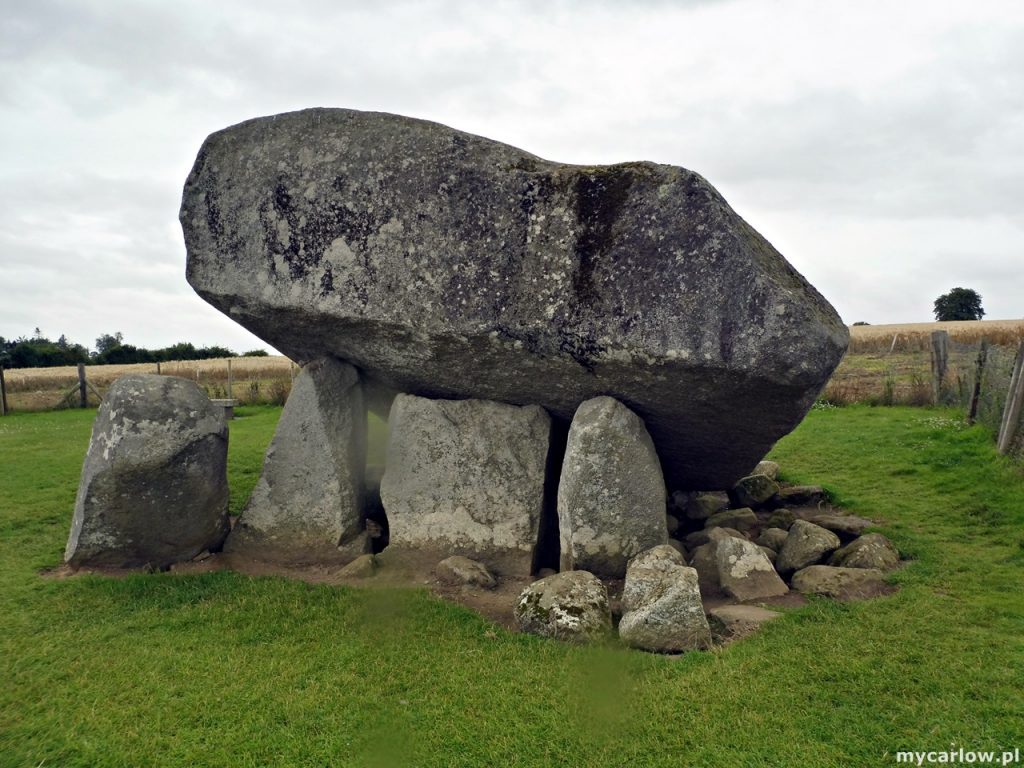




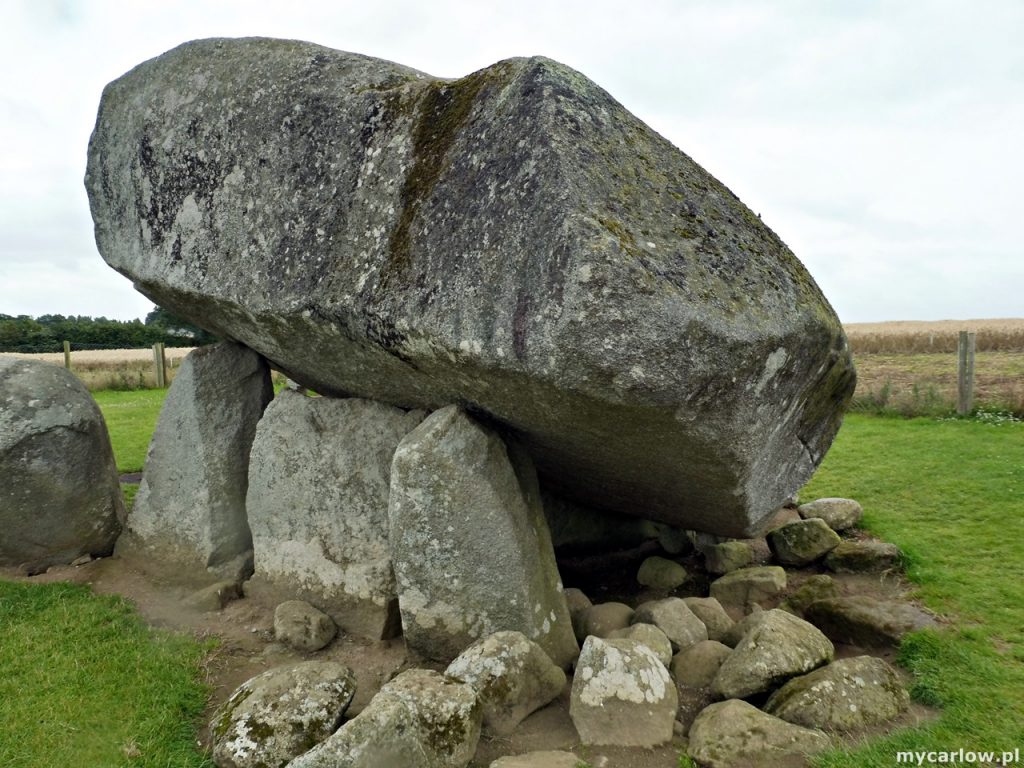


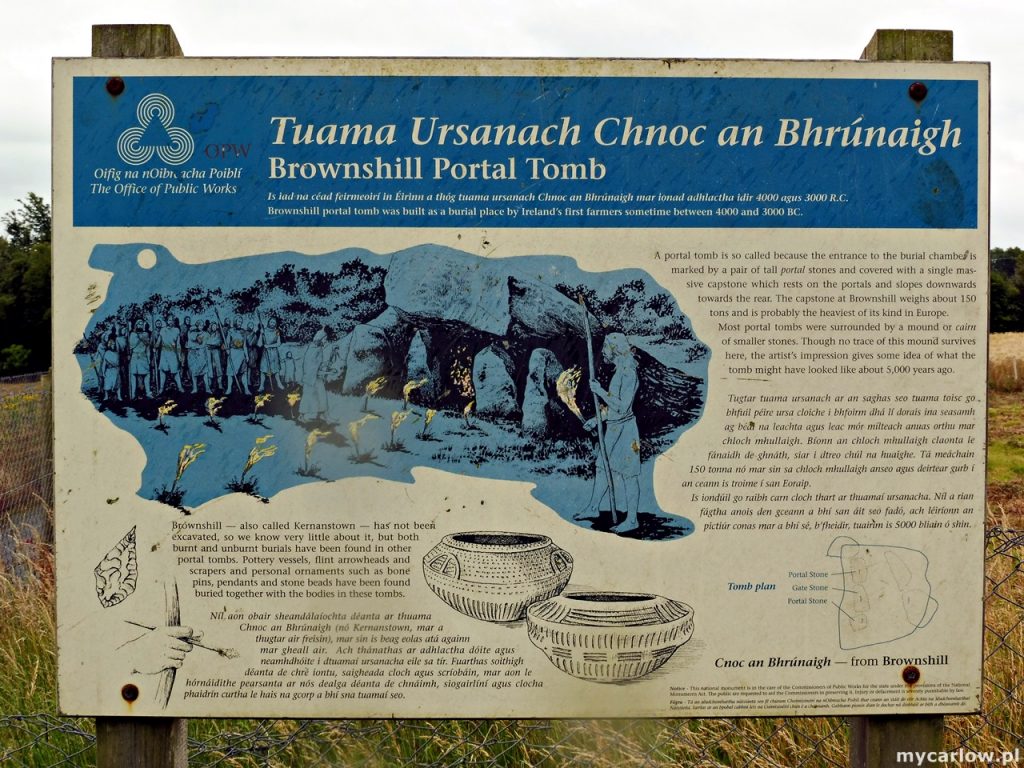
4. Clonegal
Clonegal is a picturesque village located in the valley between the Blackstairs and Wicklow Mountains. It is just over a mile north of where the River Slaney and the River Derry meet. It is at the junction where Counties Carlow, Wicklow, and Wexford meet.
Beautiful views, and the vicinity of mountains, valleys, and rivers made the village a favorite destination for tourists. Clonegal is often referred to as the “Switzerland of Ireland” due to its rare natural values. Dense forests, full of the sounds of wild birds, a picturesque river valley, and historic buildings in the village make your stay here a real pleasure.
The village has earned its place as one of the prettiest and most visited villages in Ireland after its successes and awards in prestigious competitions such as the Tidy Towns Competition and Entente Florale Europe.
The main attractions in Clonegal are Huntington Castle, Weavers Cottage, Weighbridge, Wicklow Way, St. Fiaac’s Church of Ireland, and St. Brigid’s Roman Catholic Church.


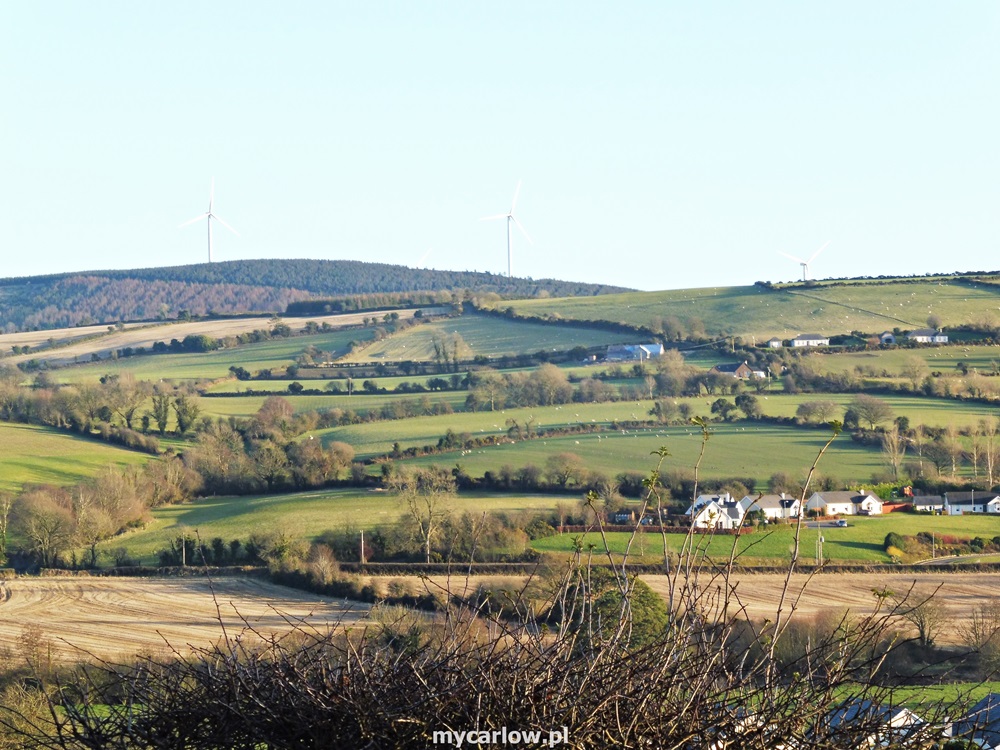
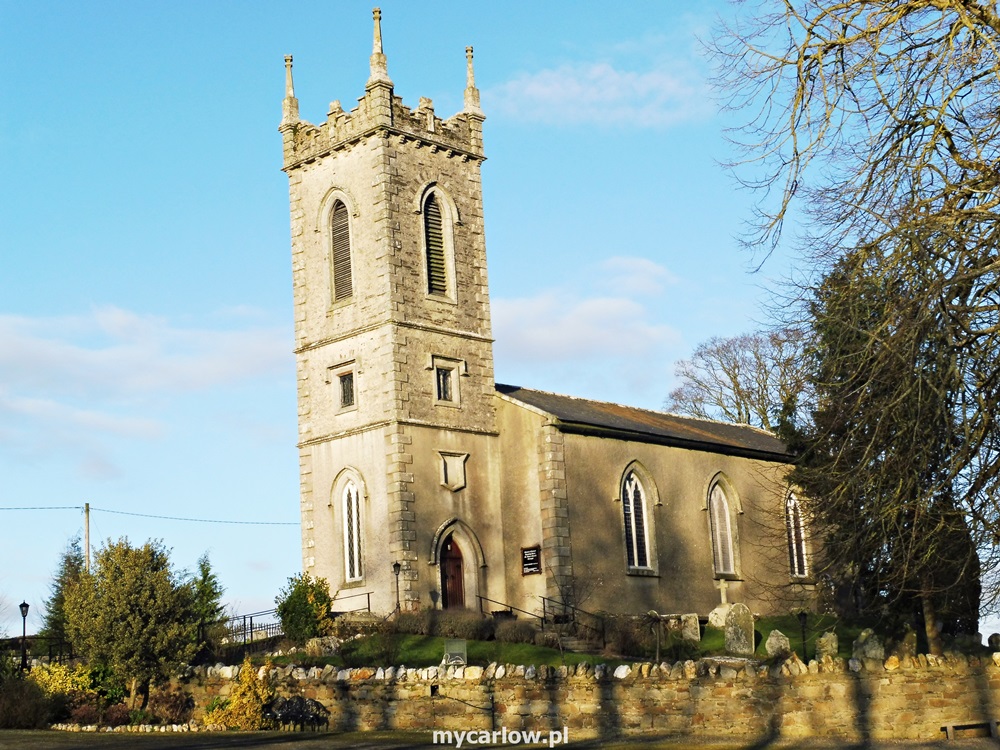
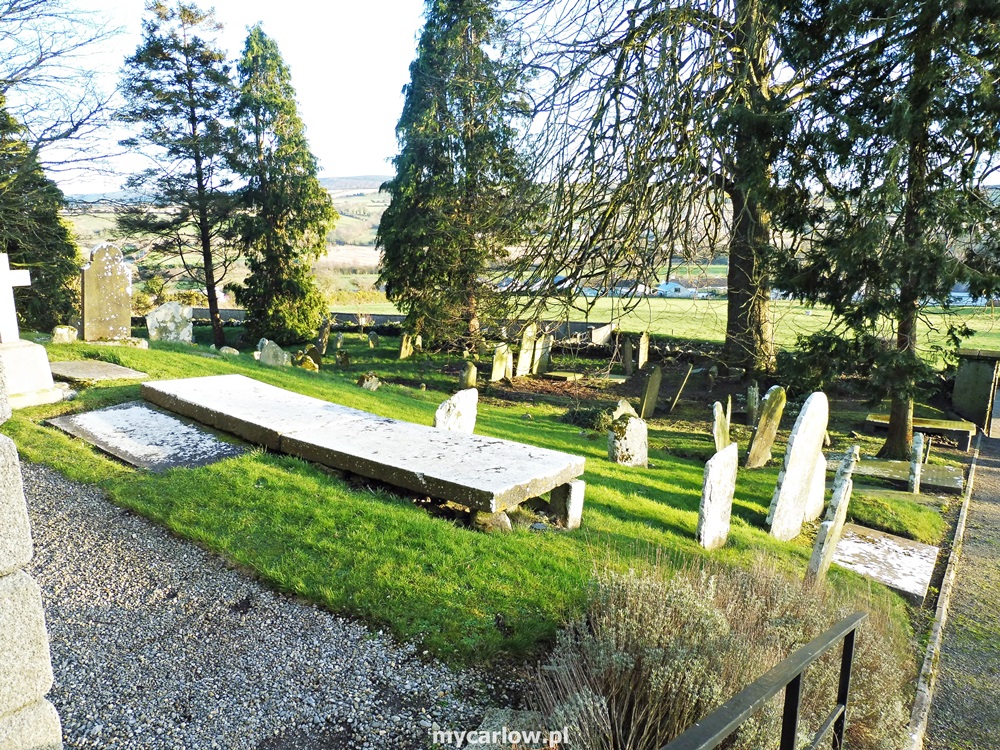
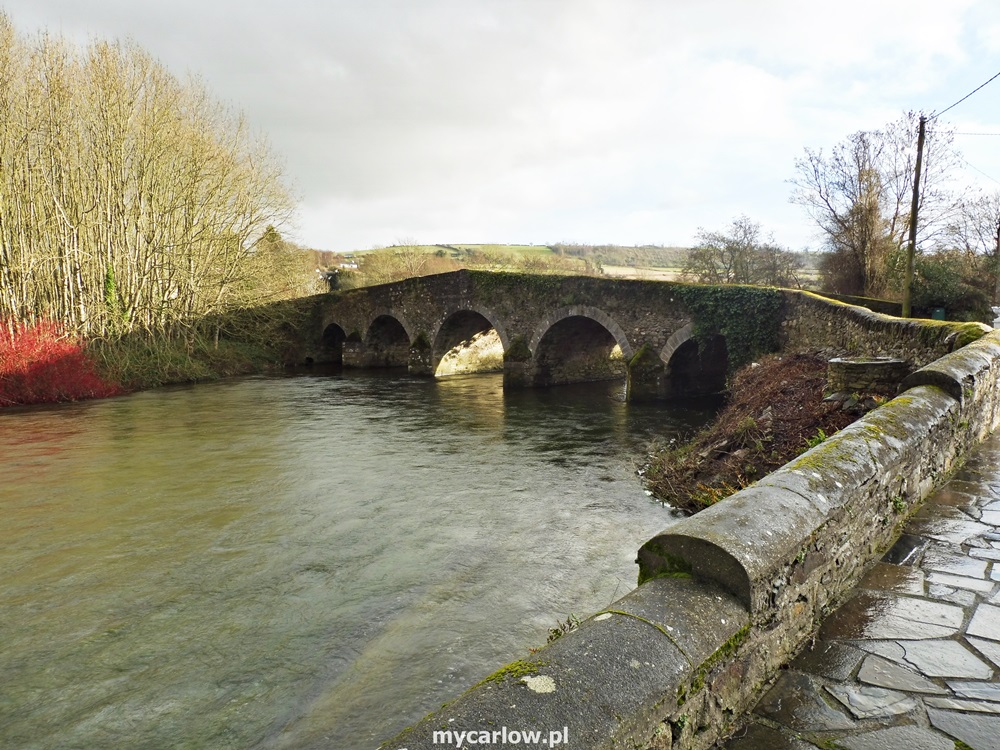
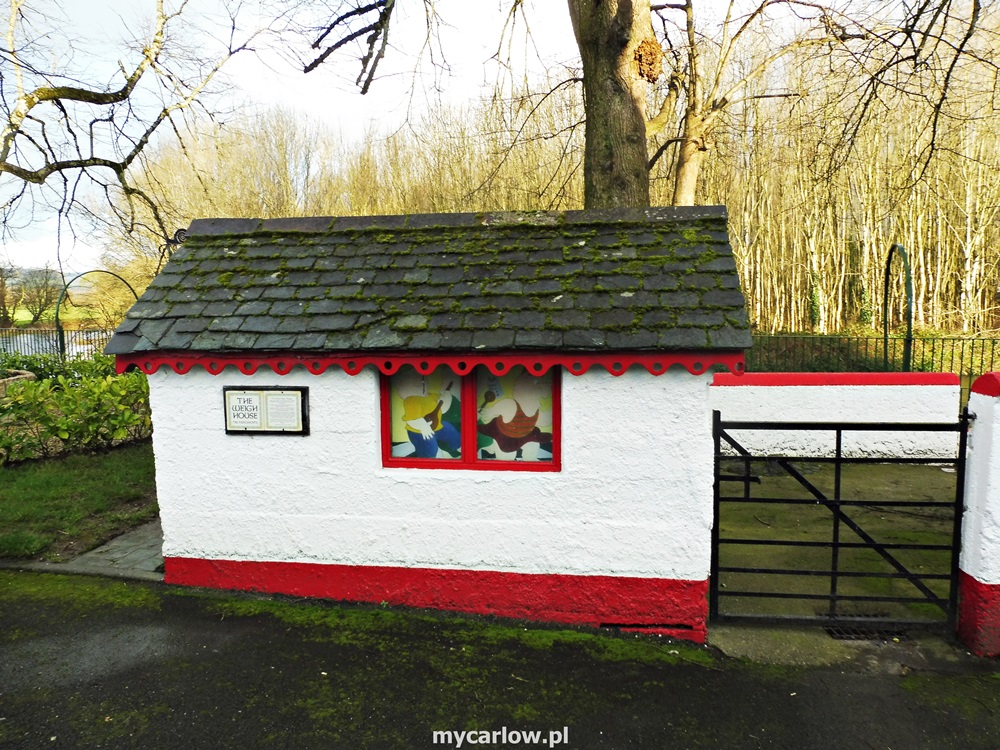



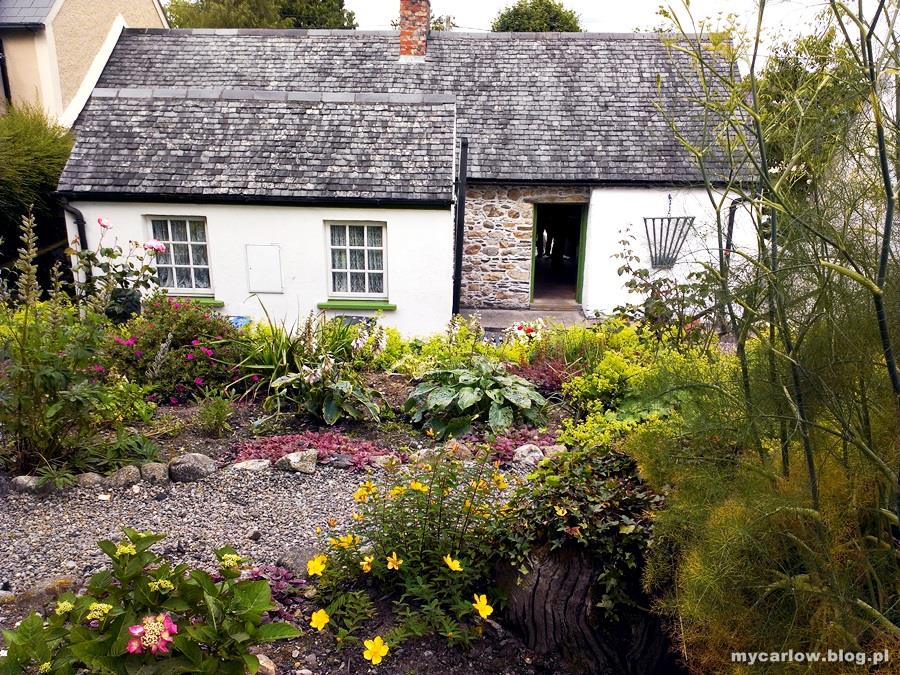

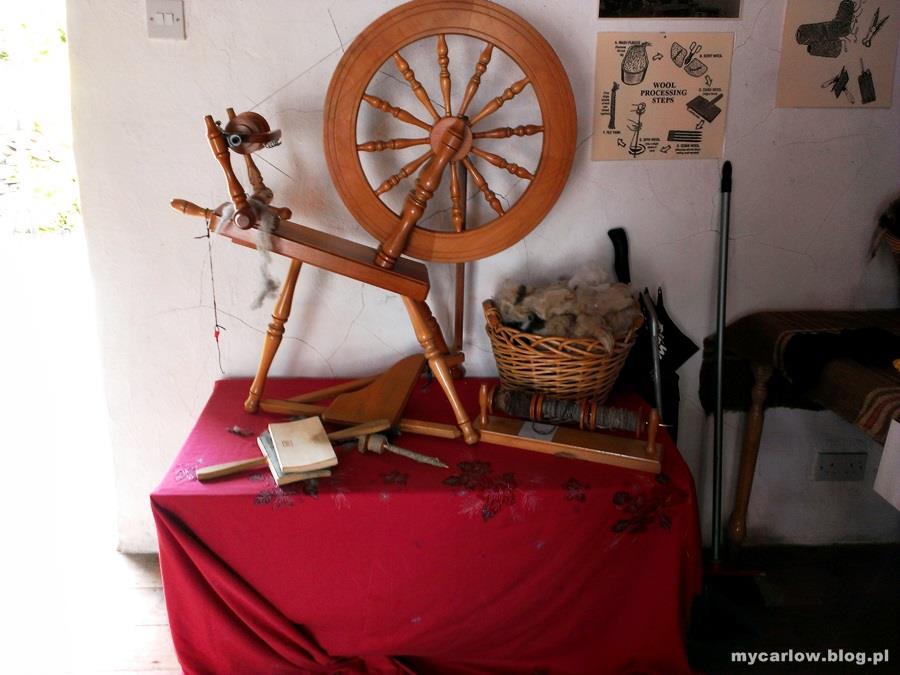
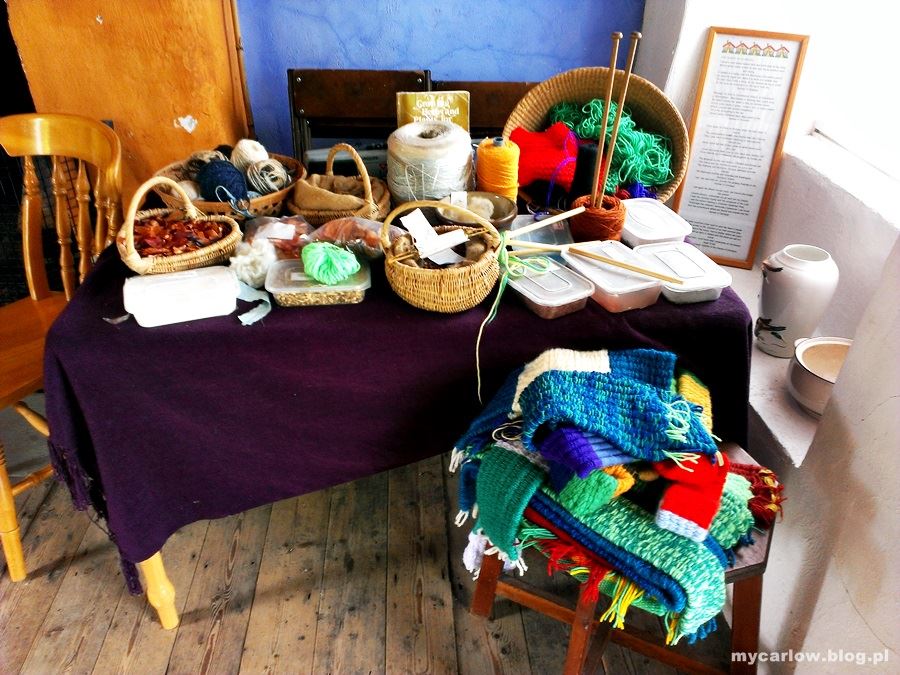
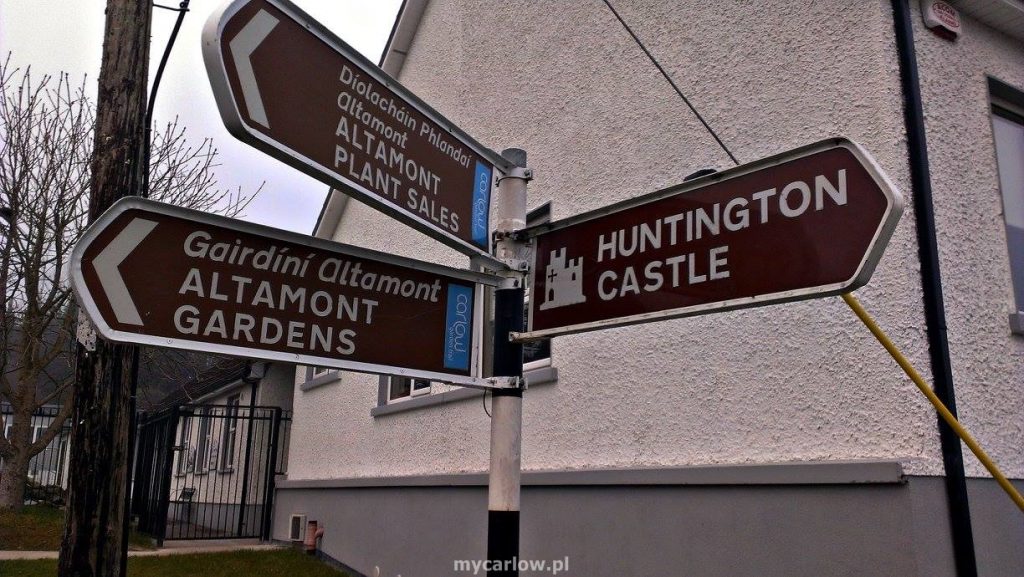
5. Delta Sensory Gardens
Delta Sensory Gardens have been voted the best place to visit in Carlow by Trip Advisor for several years running. And described as “An Oasis of Peace and Tranquility”.
Covering an area of 2.5 acres, these gardens are unique for many reasons.
They consist of 16 interconnected multi-sensory gardens which you can walk through.
The individual parts were designed by leading Irish garden designers, among others such as Gordon Ledbetter, Mary Reynolds, Rachel Doyle, Paul Martin, and Elma Fenton. They designed themed gardens using natural elements such as stone, water, and various plants. Including Thistle Fountain, Circle of Life Garden, Memorial Garden, Five Senses Garden, Stolen Child Garden, Roof Garden, Formal Rose Garden, Mediterranean Garden, Willow Garden, Sculpture Garden, Games Garden, Peace Garden, Woodland Garden, Iris O`Brien Health and Wellness Garden, The Pavilion, The Waterfalls, Patio Garden.
I highly recommended to visit Delta in December to see Magical Christmas lights at Delta Sensory Gardens.
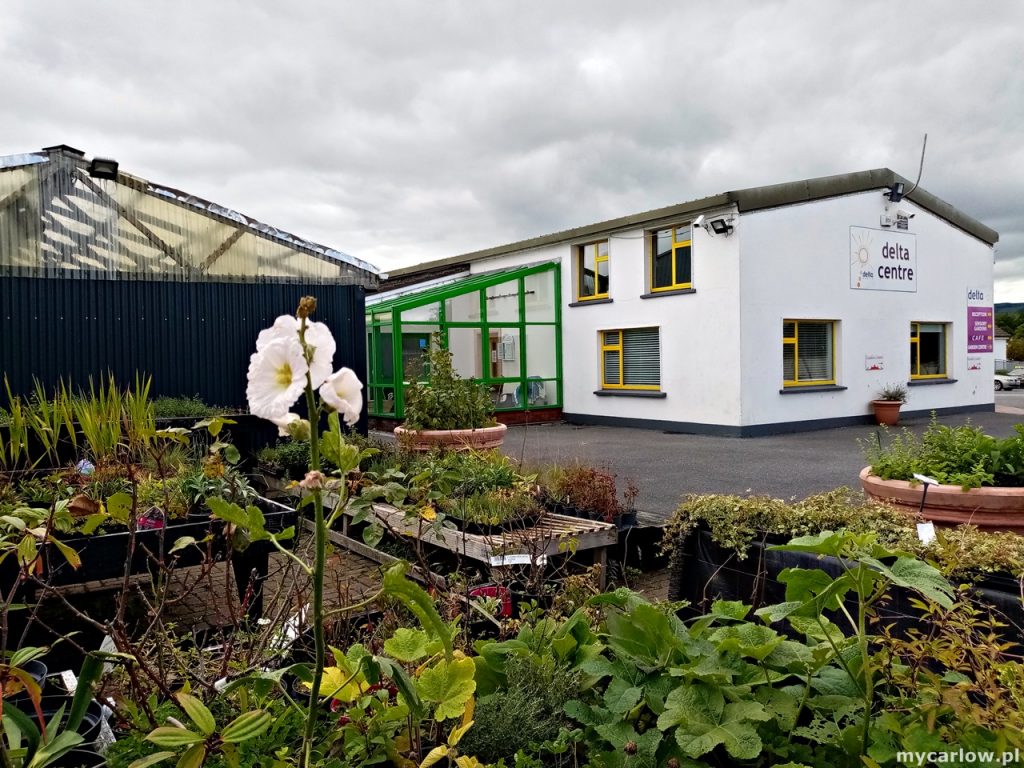
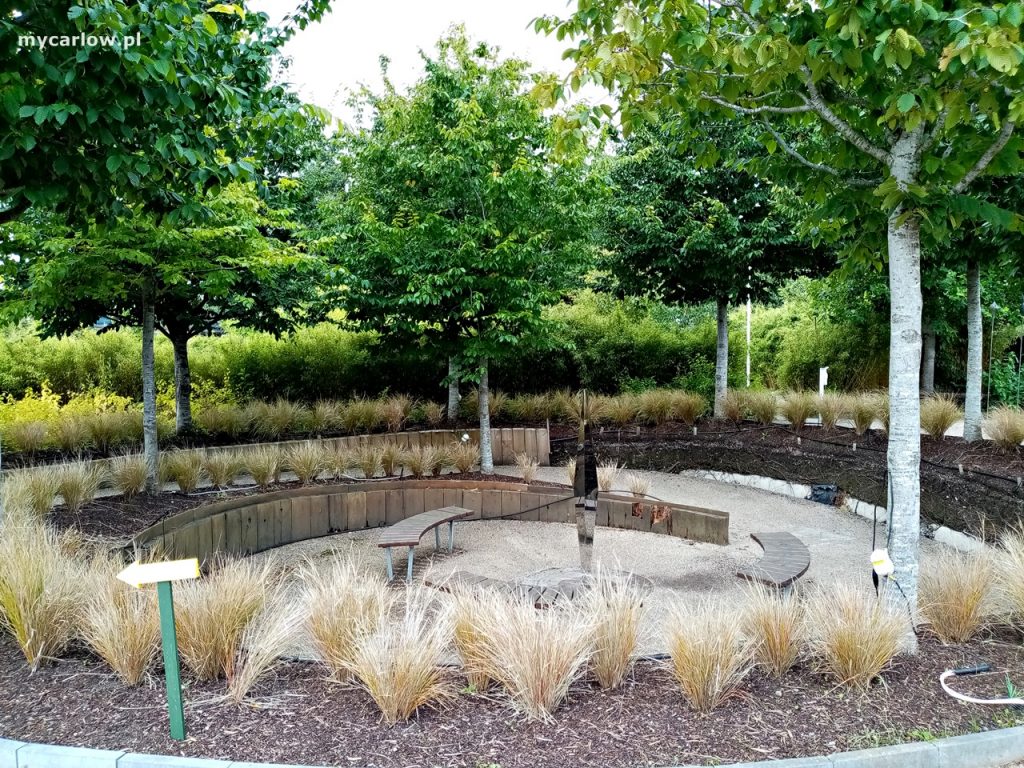
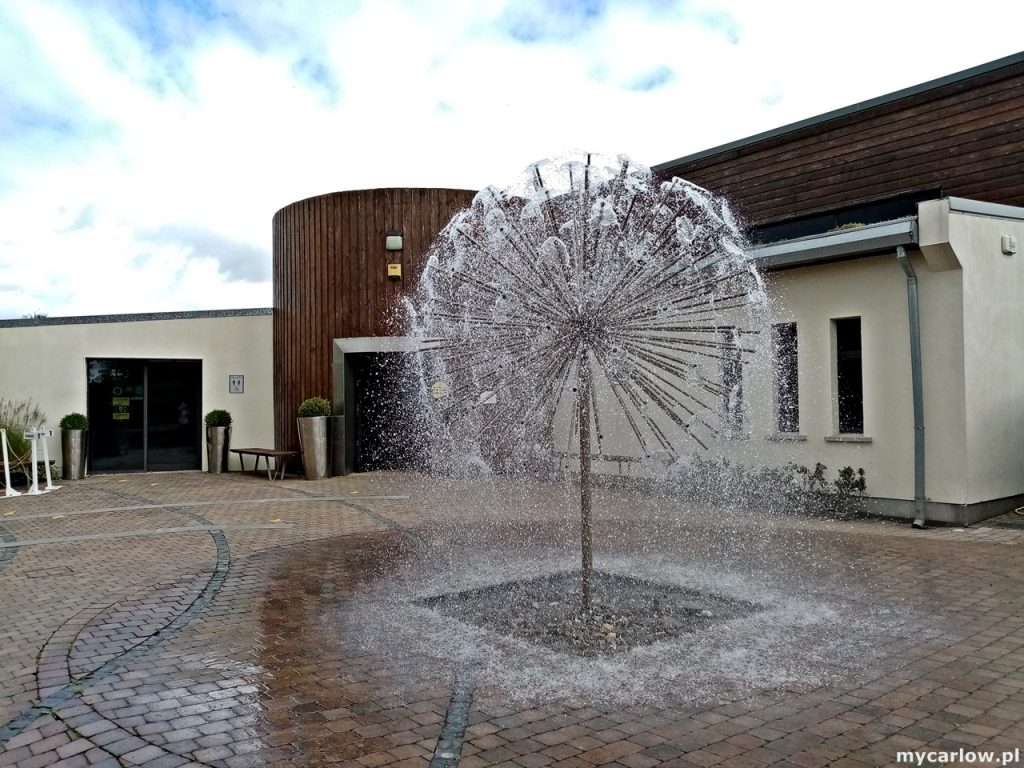
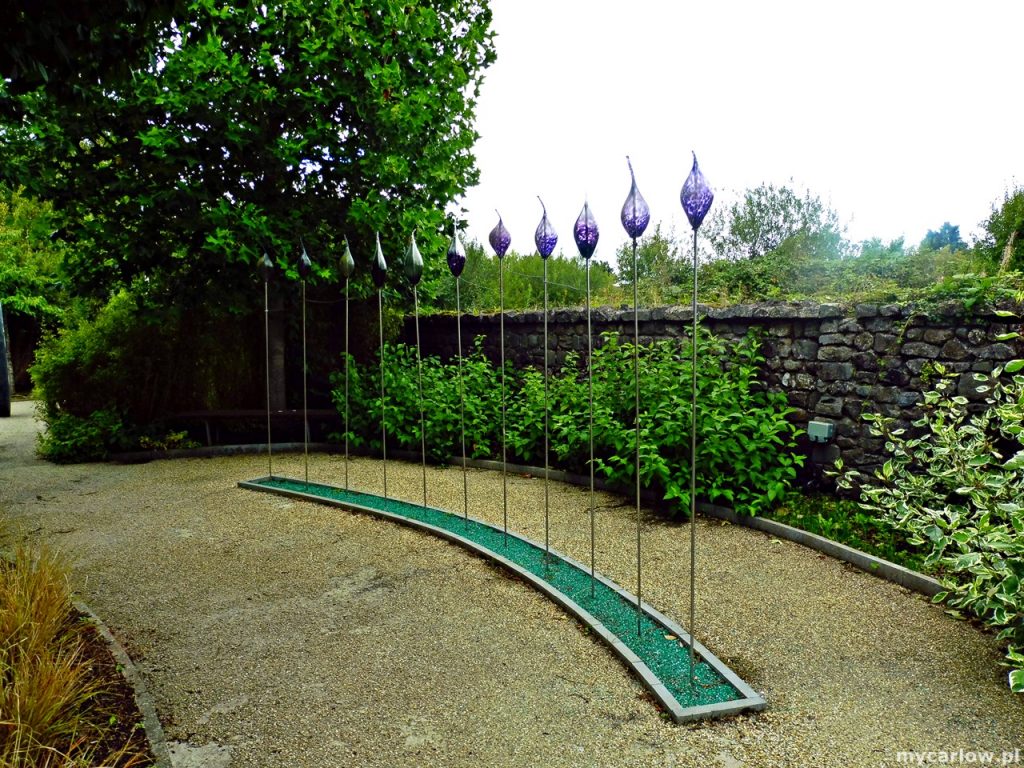
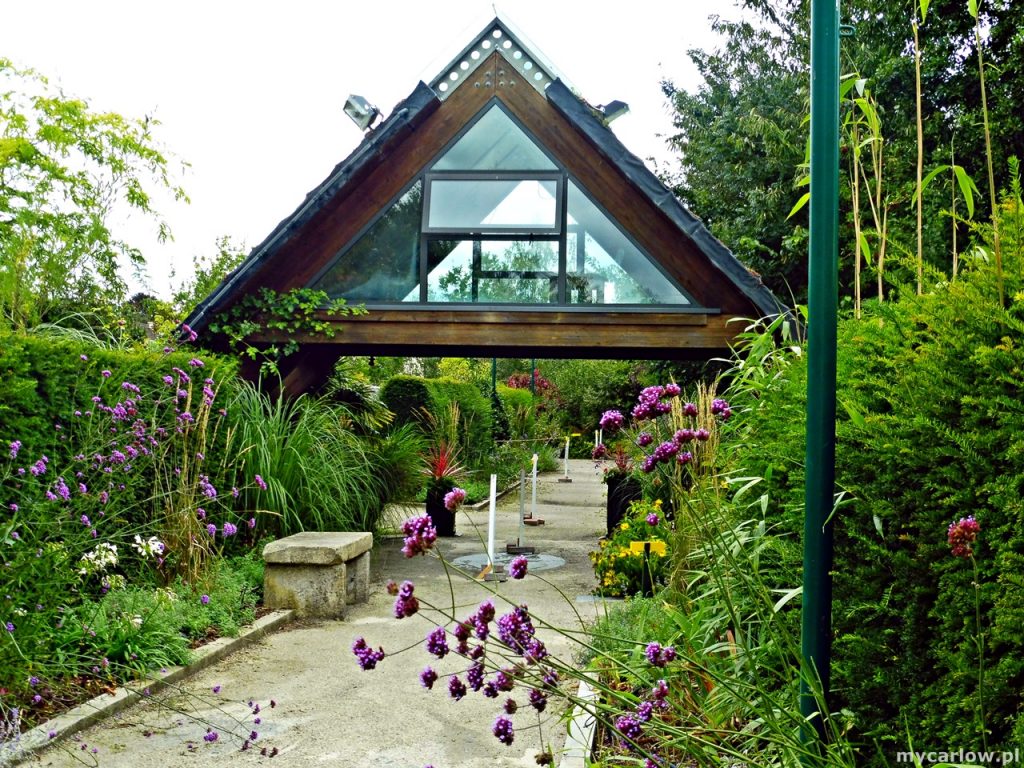
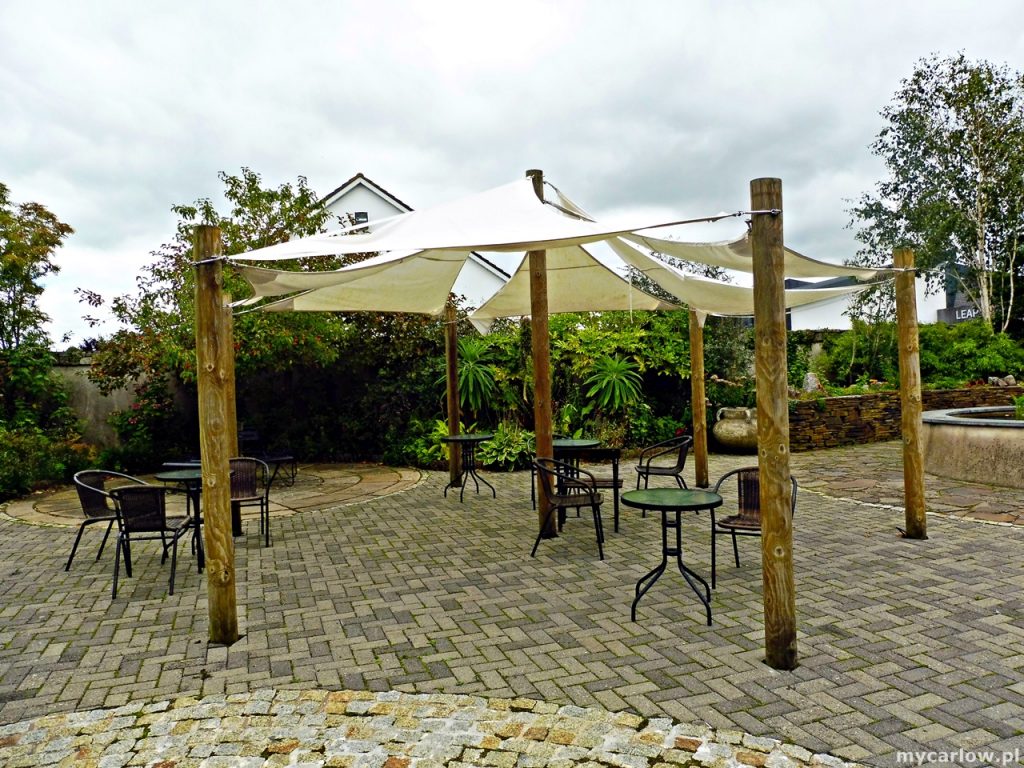
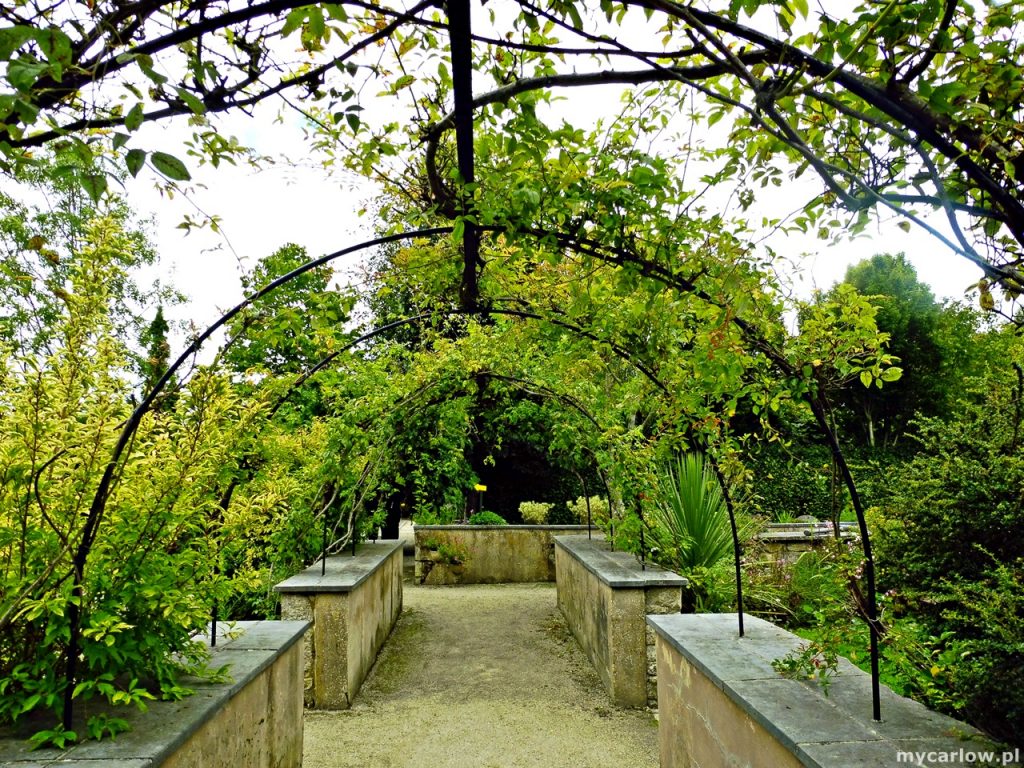

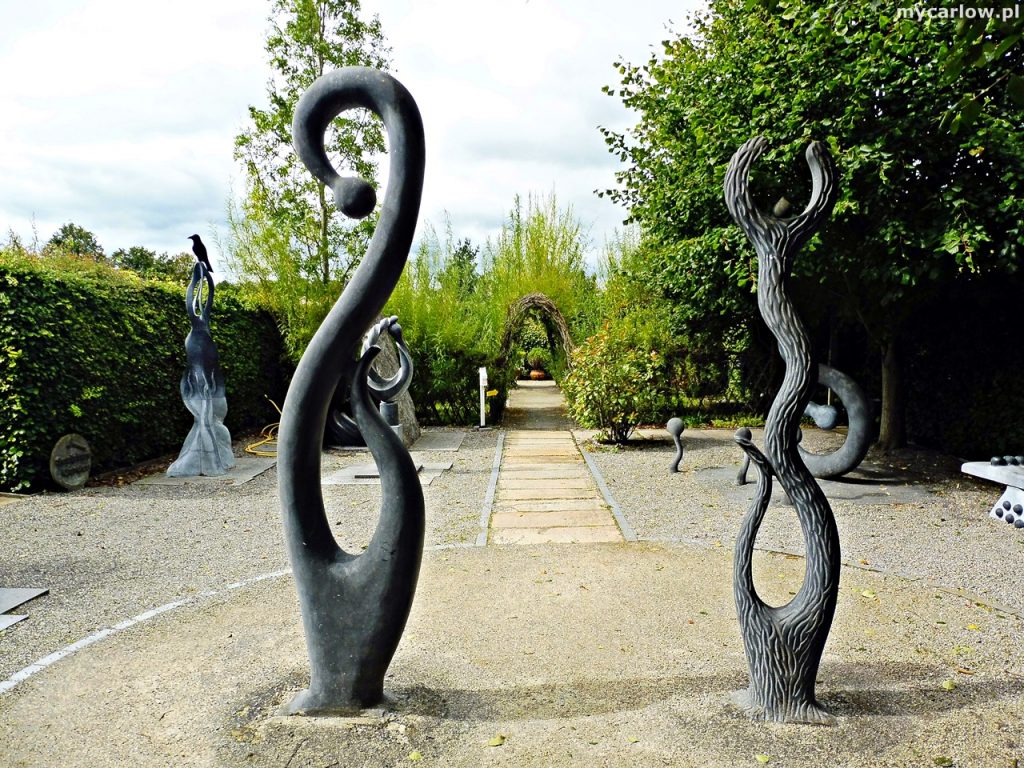
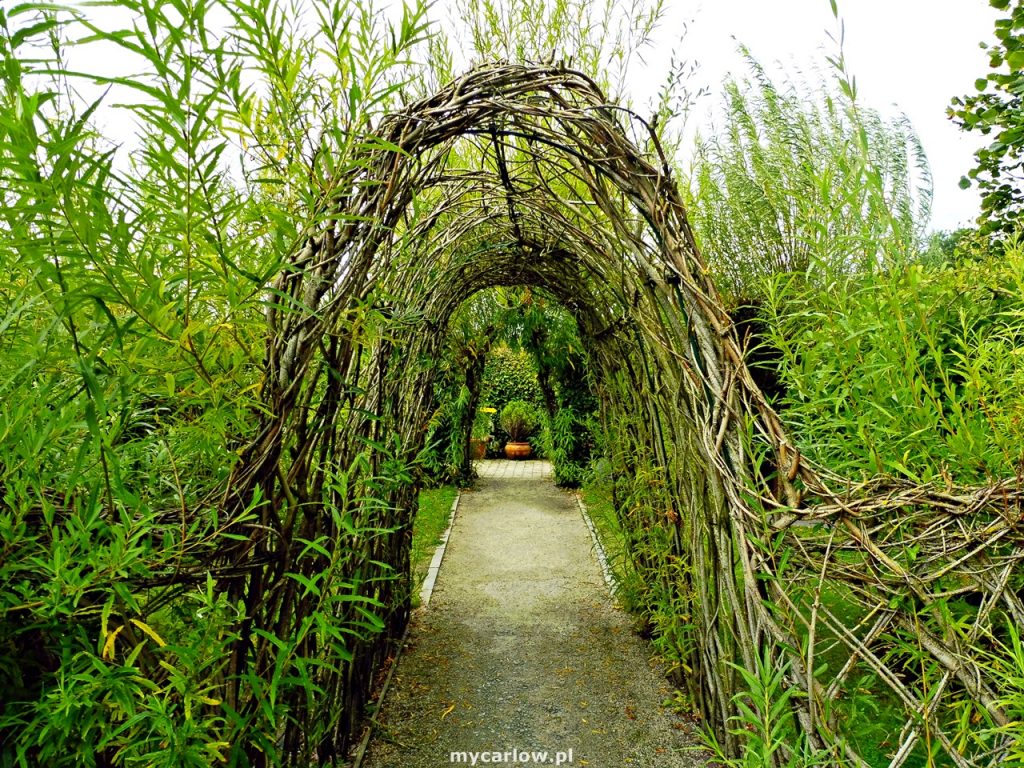
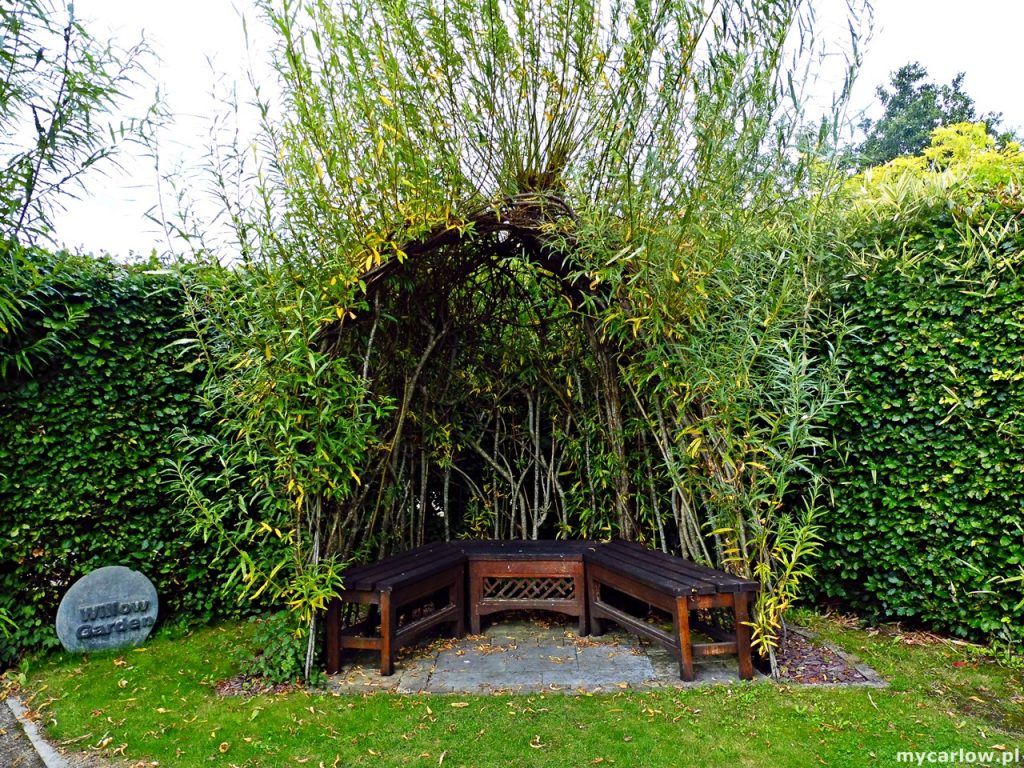
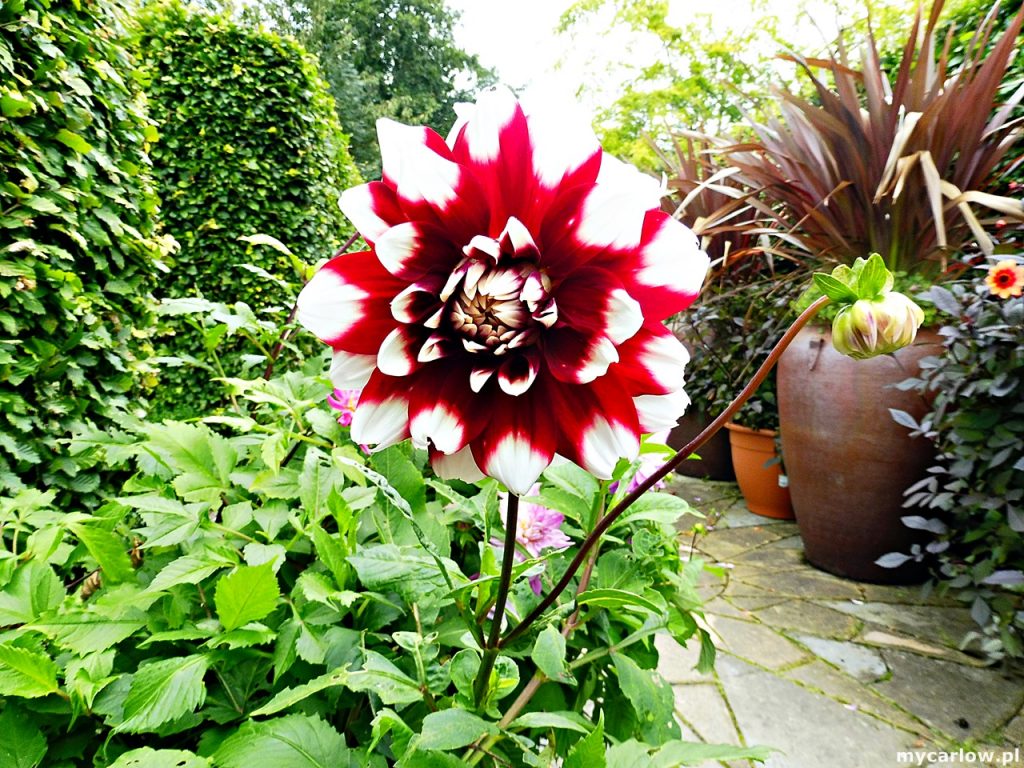
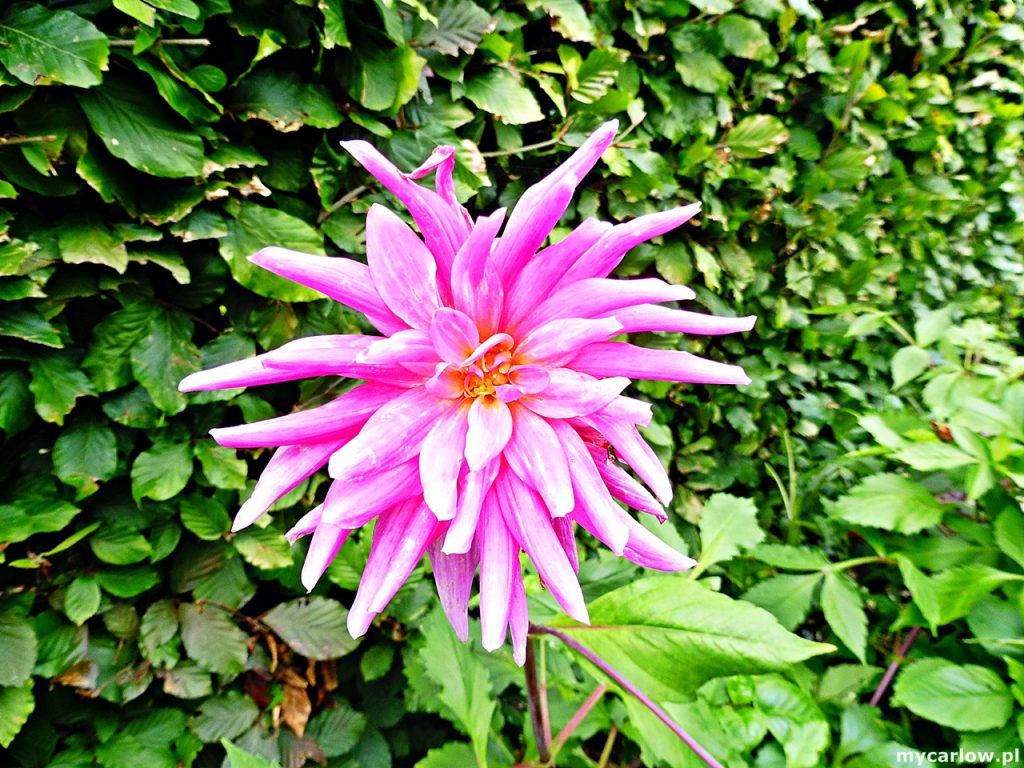
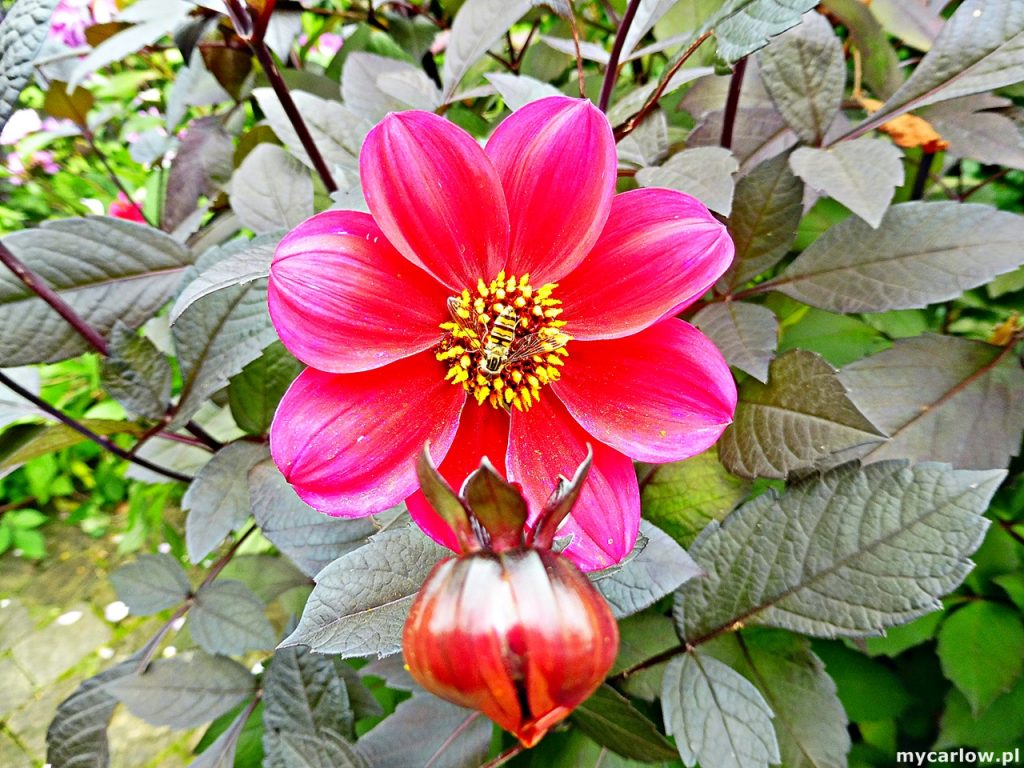
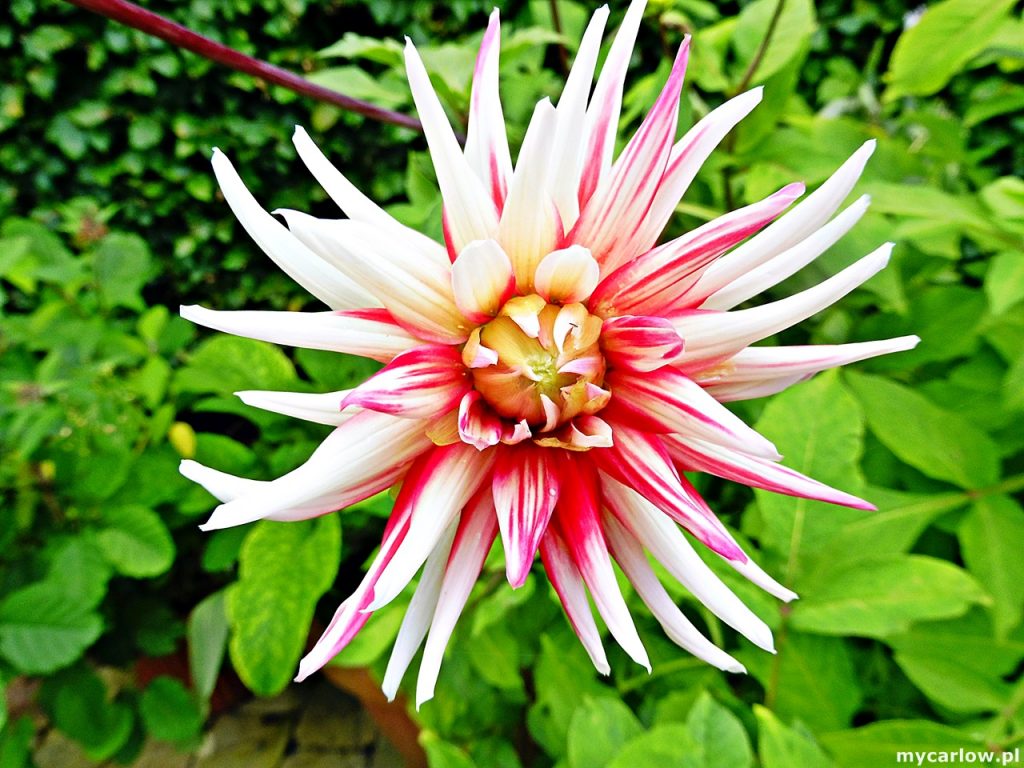
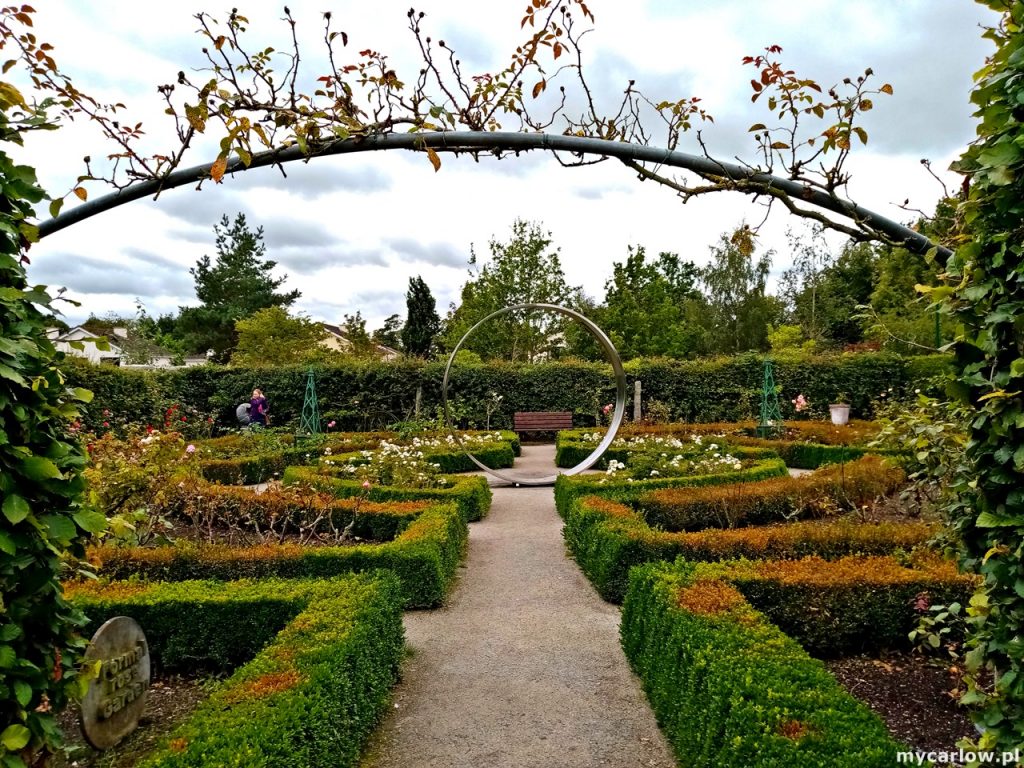

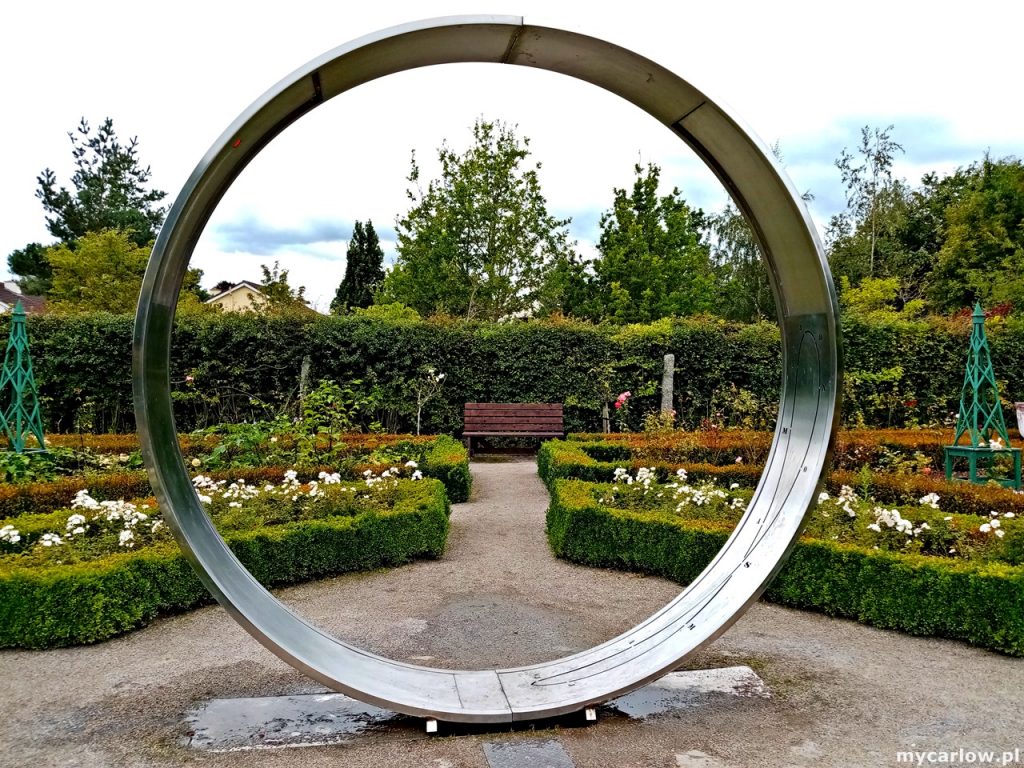
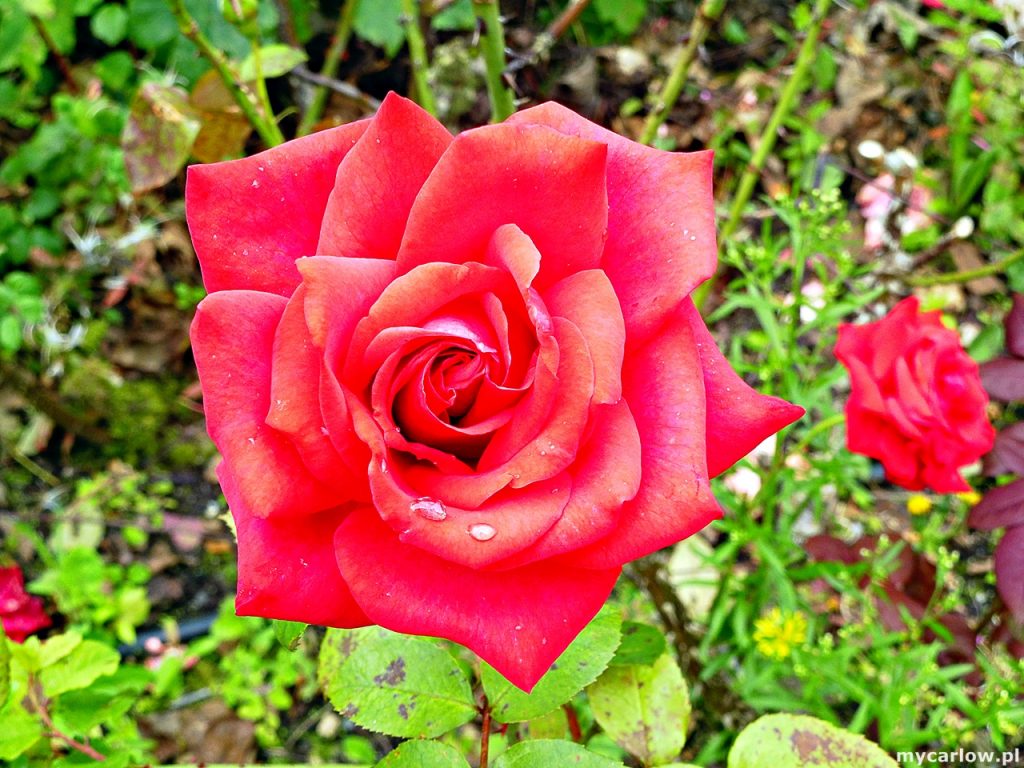
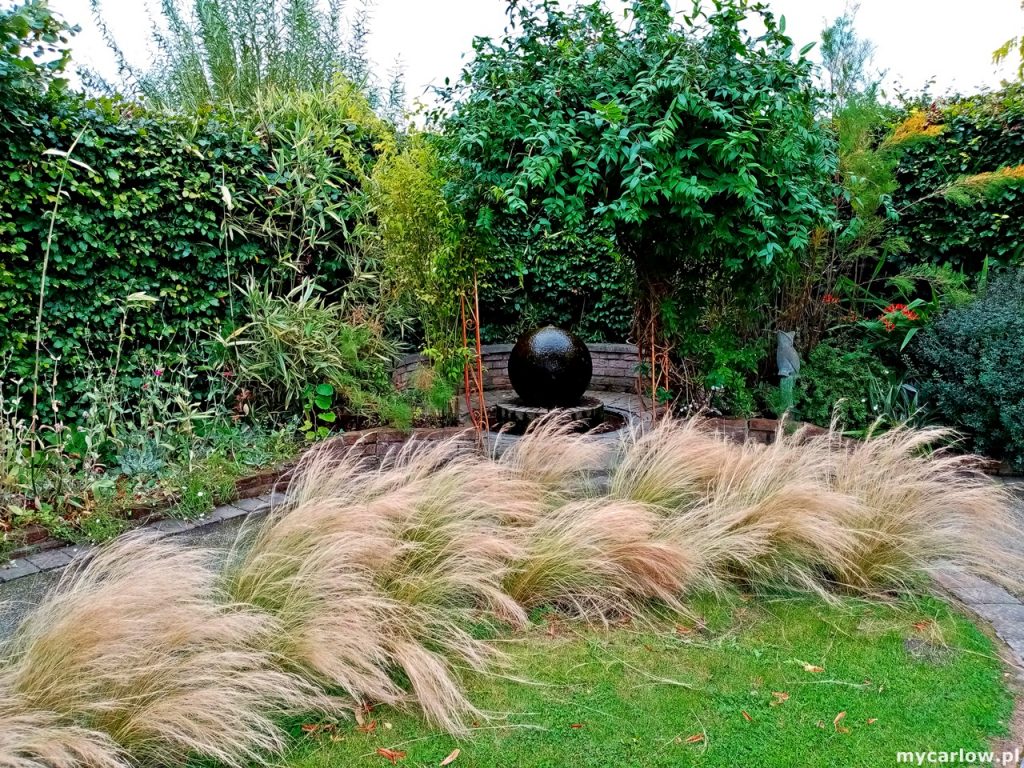
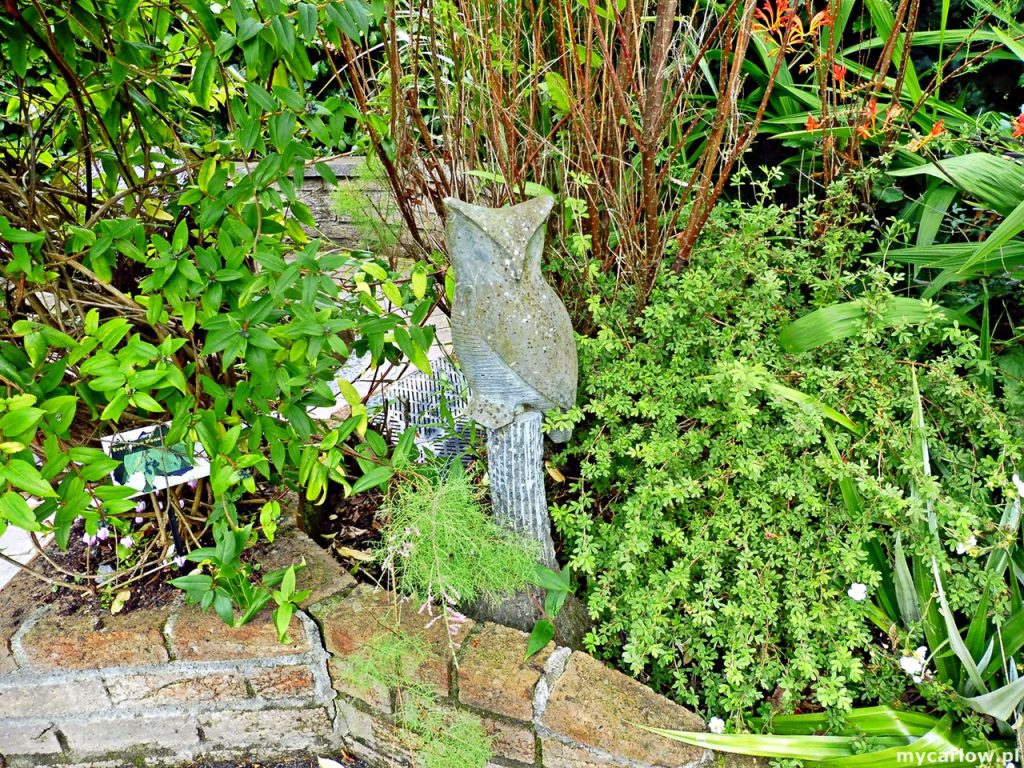
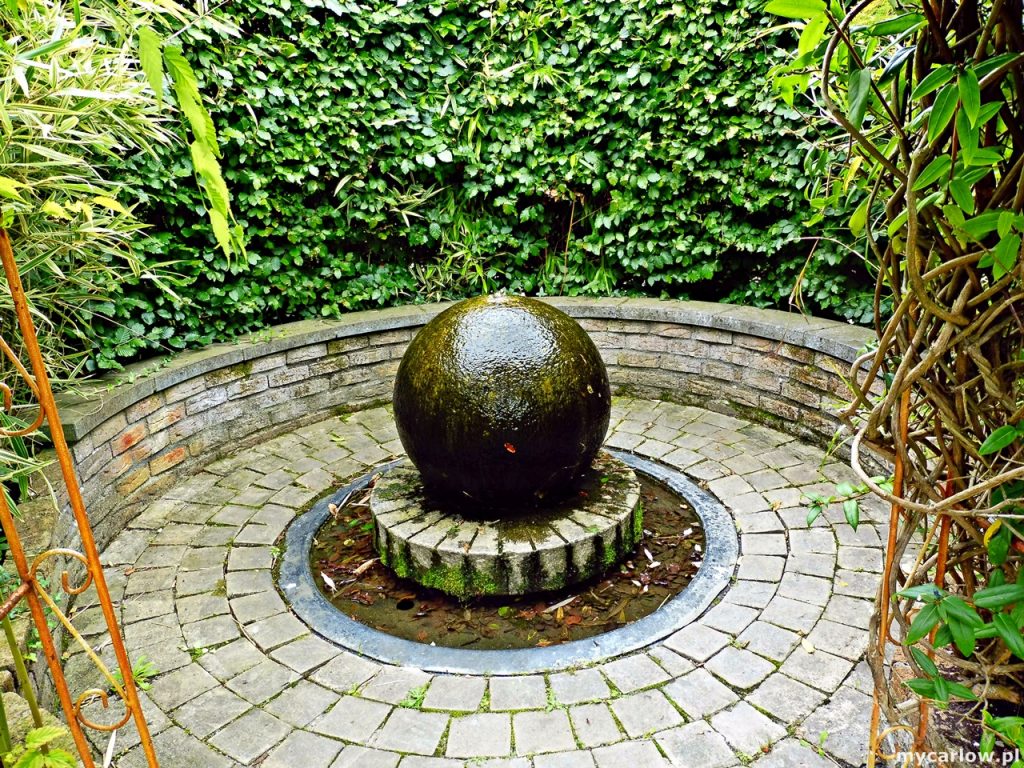
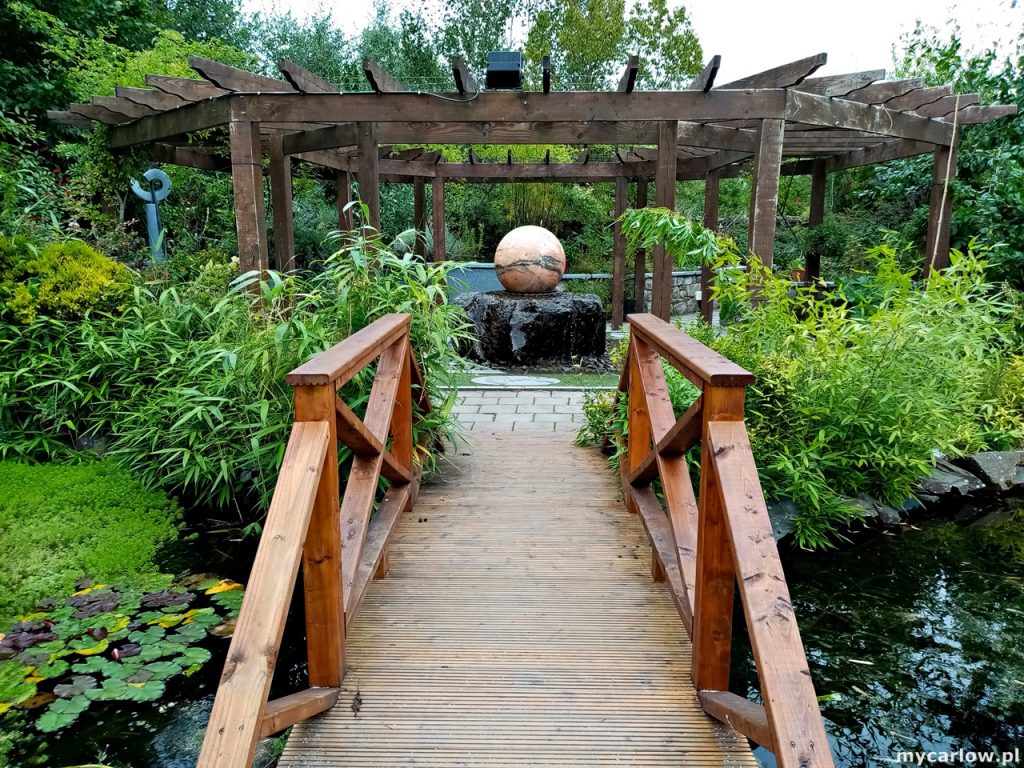
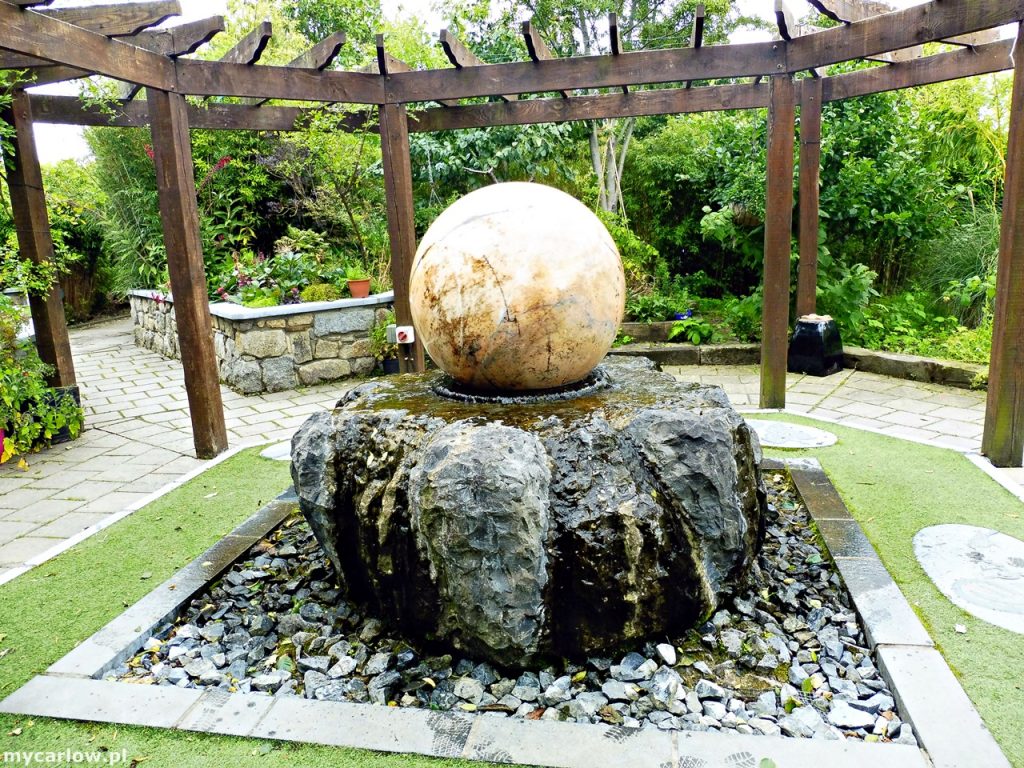
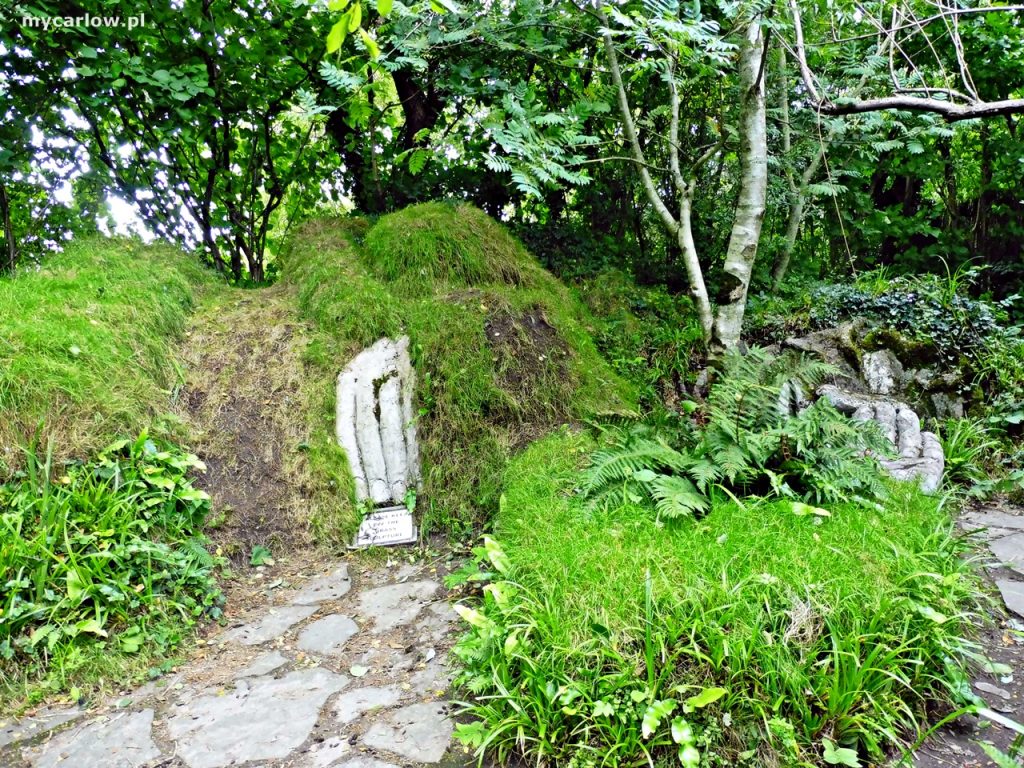


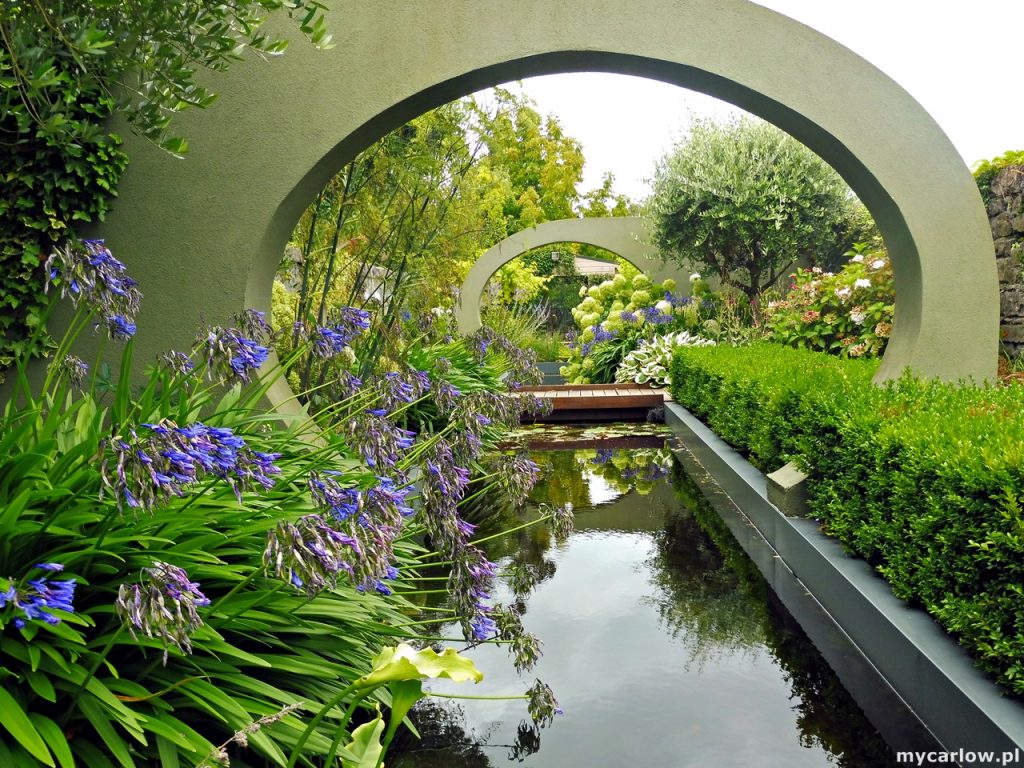

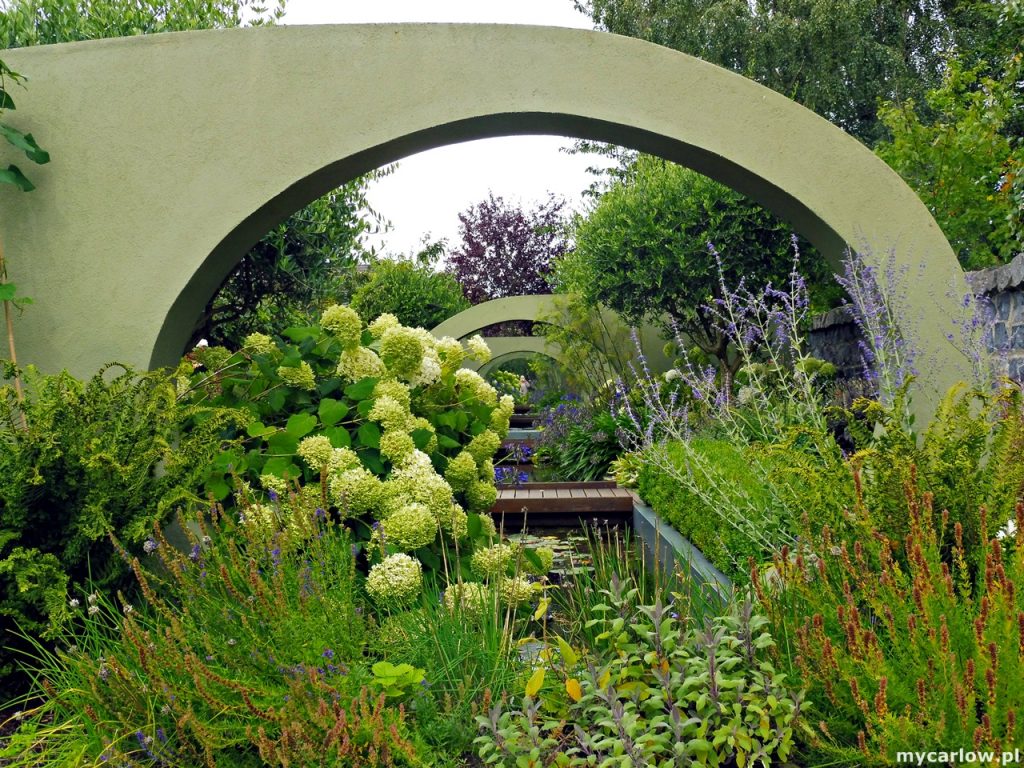
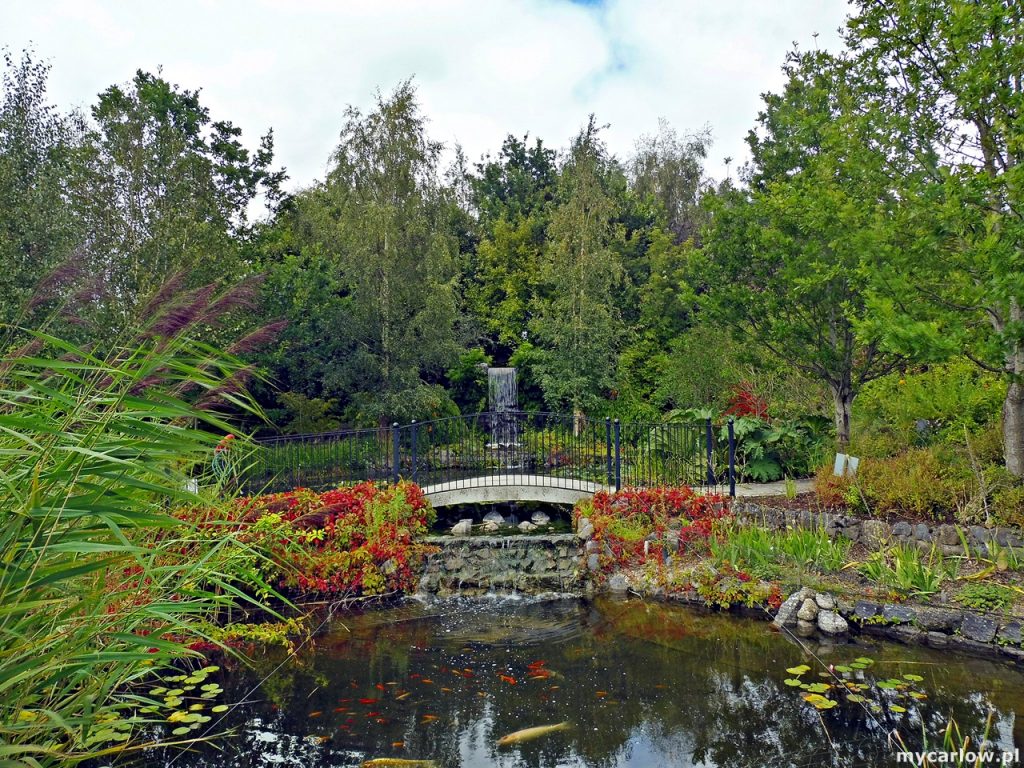
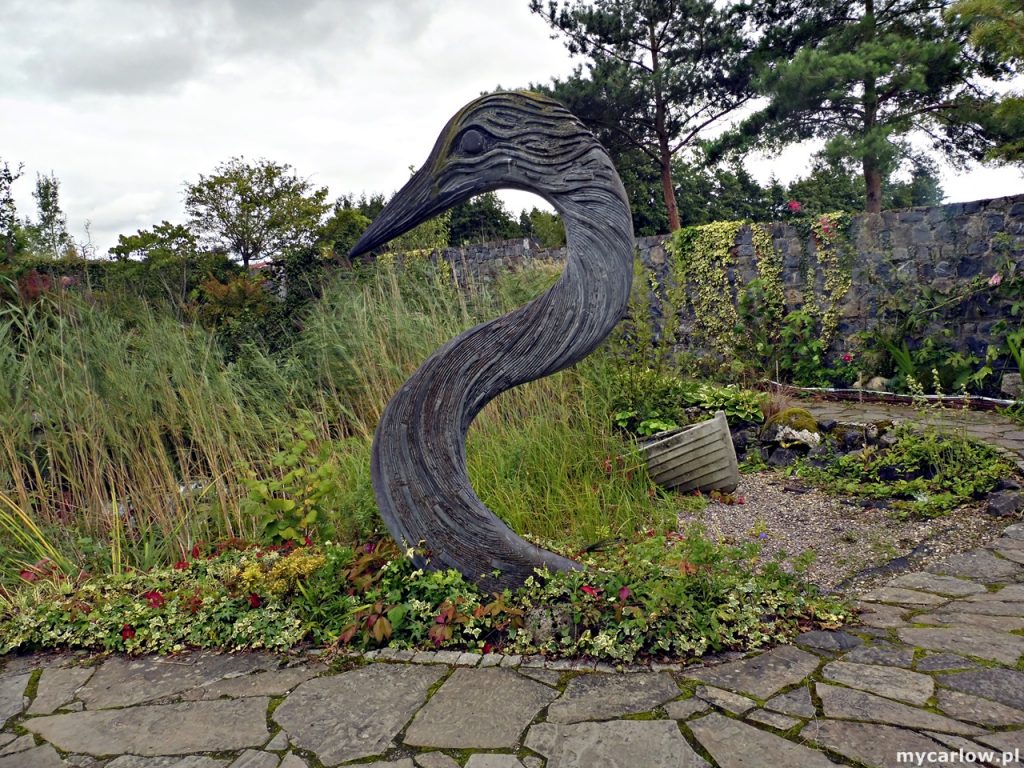

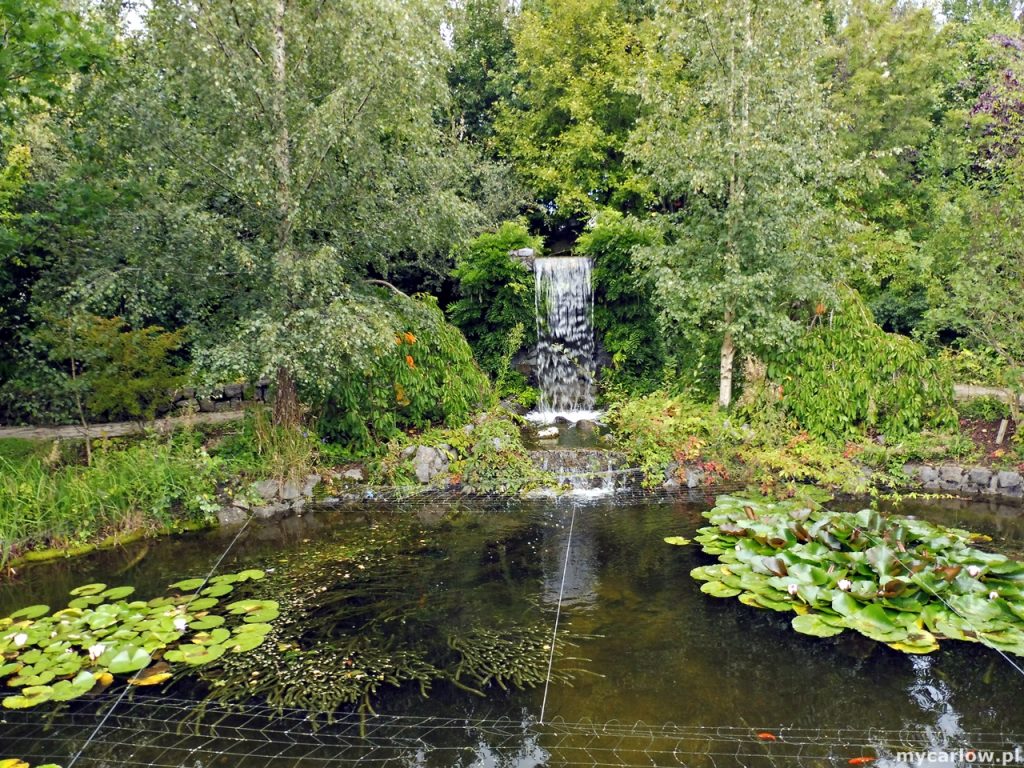
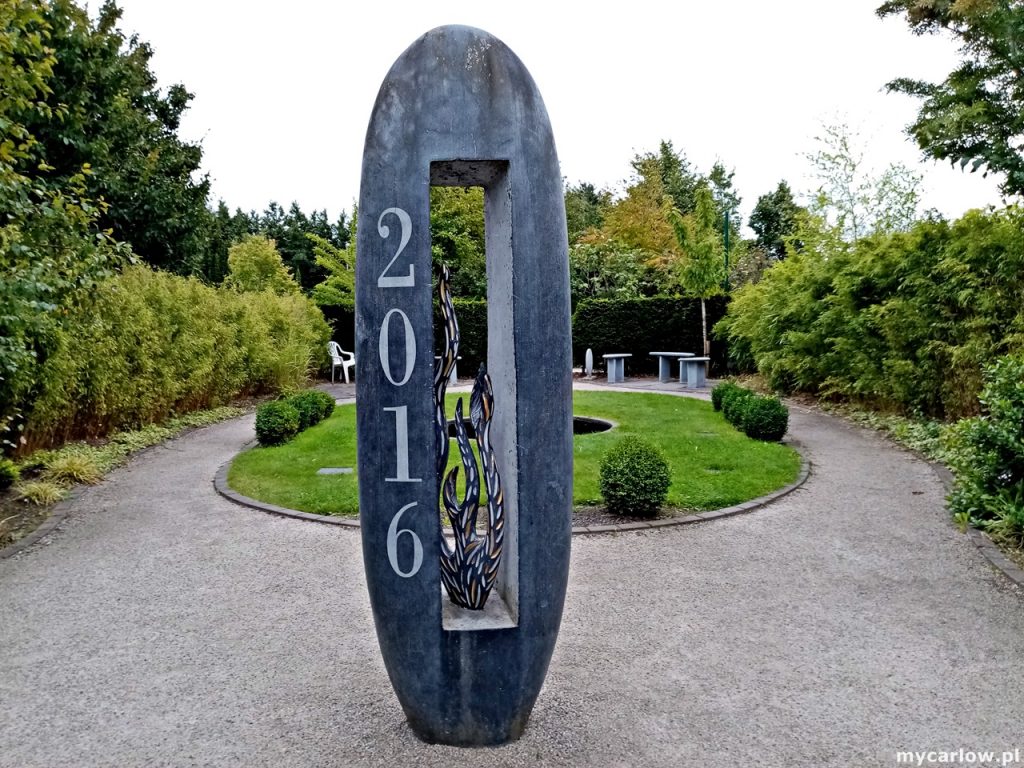
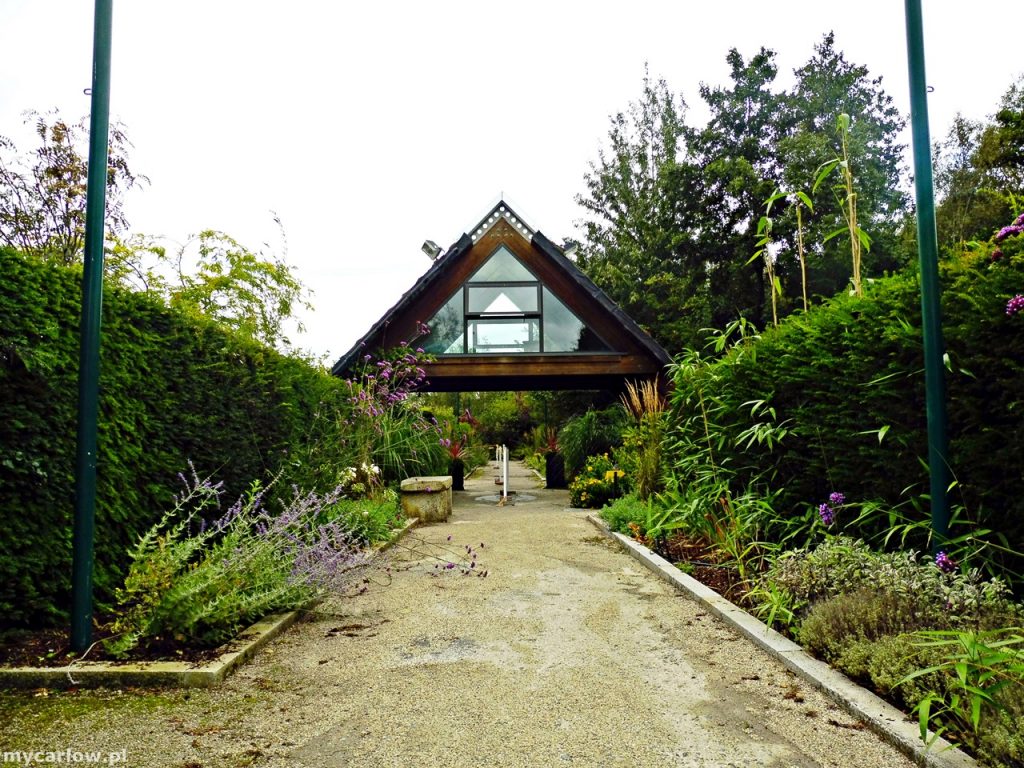
6. Duckett’s Grove
One of the greatest attractions and the most photogenic place in County Carlow is Duckett`s Grove. Located in a quiet rural area of the Palatine.
Duckett’s Grove is the ruins of the house of the Duckett family. It was built in the 18th, 19th, and early 20th centuries. It was built on a plot of 12,000 acres (49 km2) belonging to the family. This is one of the finest examples of Gothic architecture. Many architects developing the house for 300 years. One of them was Thomas Alfred Cobden.
In April 1933 a fire broke out here, for unknown reasons, which largely destroyed the buildings. In September 2005 Carlow County Council purchased the property and work began to secure what was left to make the area available for public use and make it one of the region’s main tourist attractions.
Ducketts Grove should be visited not only by lovers of history and beautiful architecture but also should be visited by lovers of paranormal phenomena. Because this property is listed among the most haunted houses and castles in Ireland.
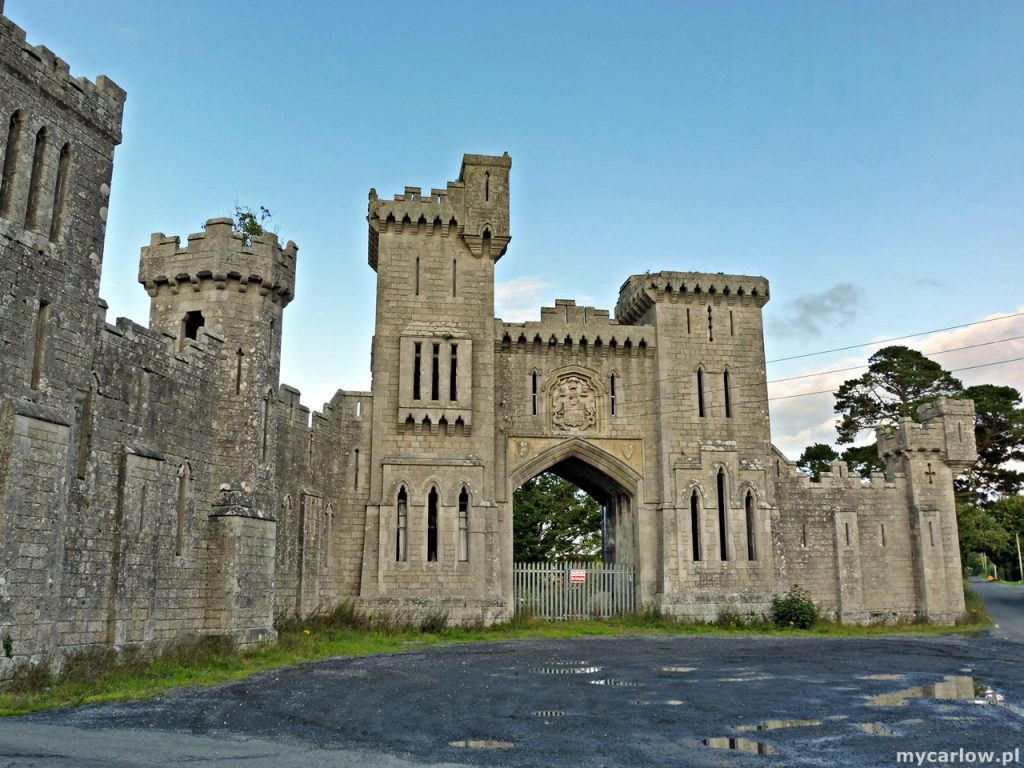
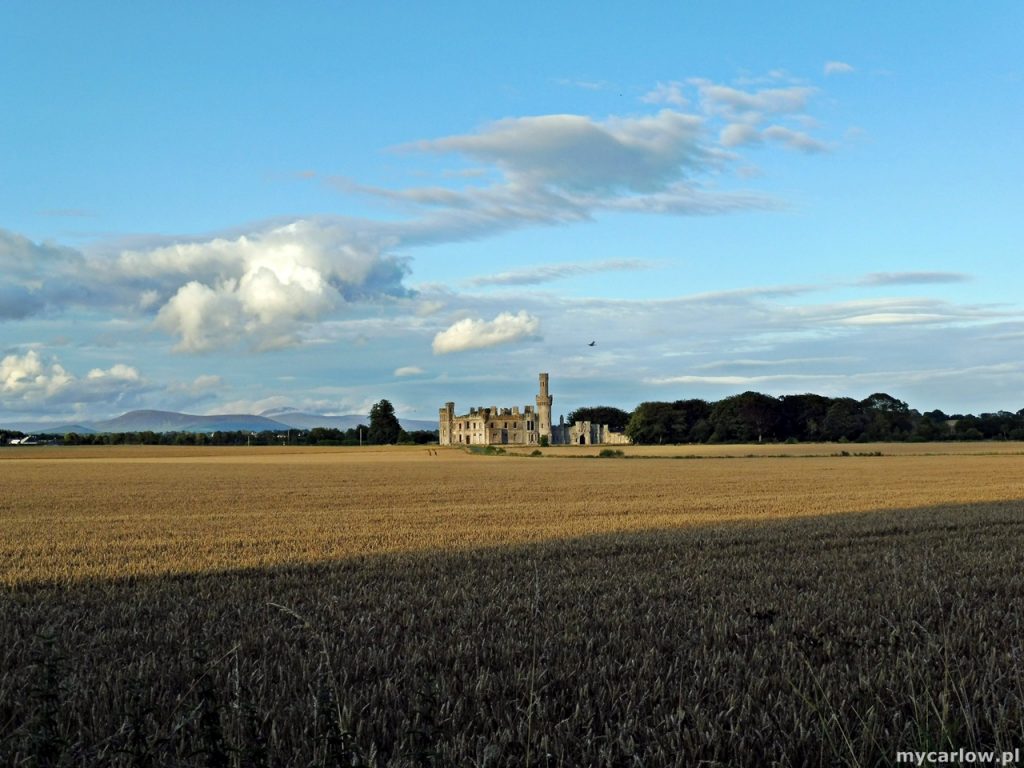
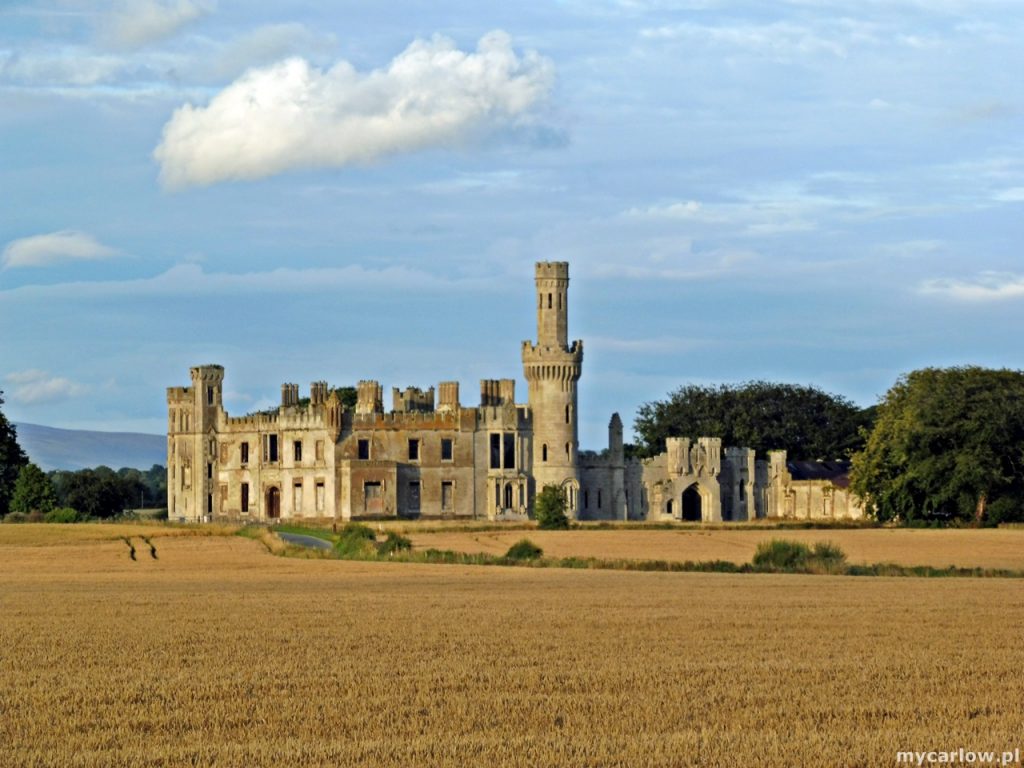
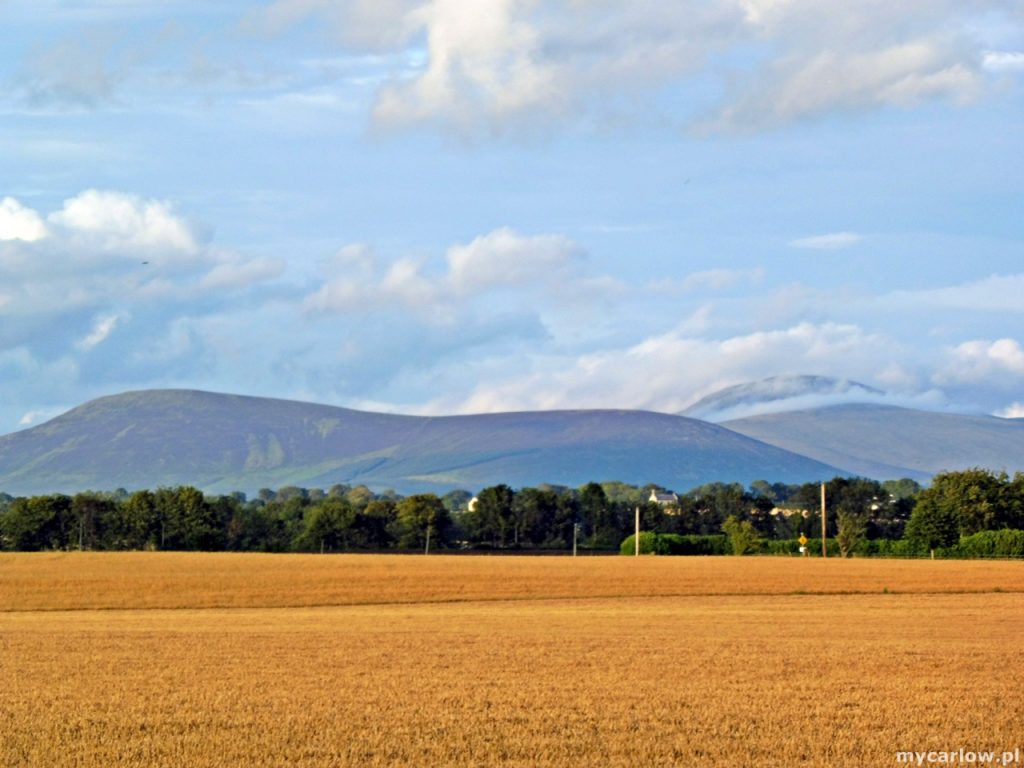
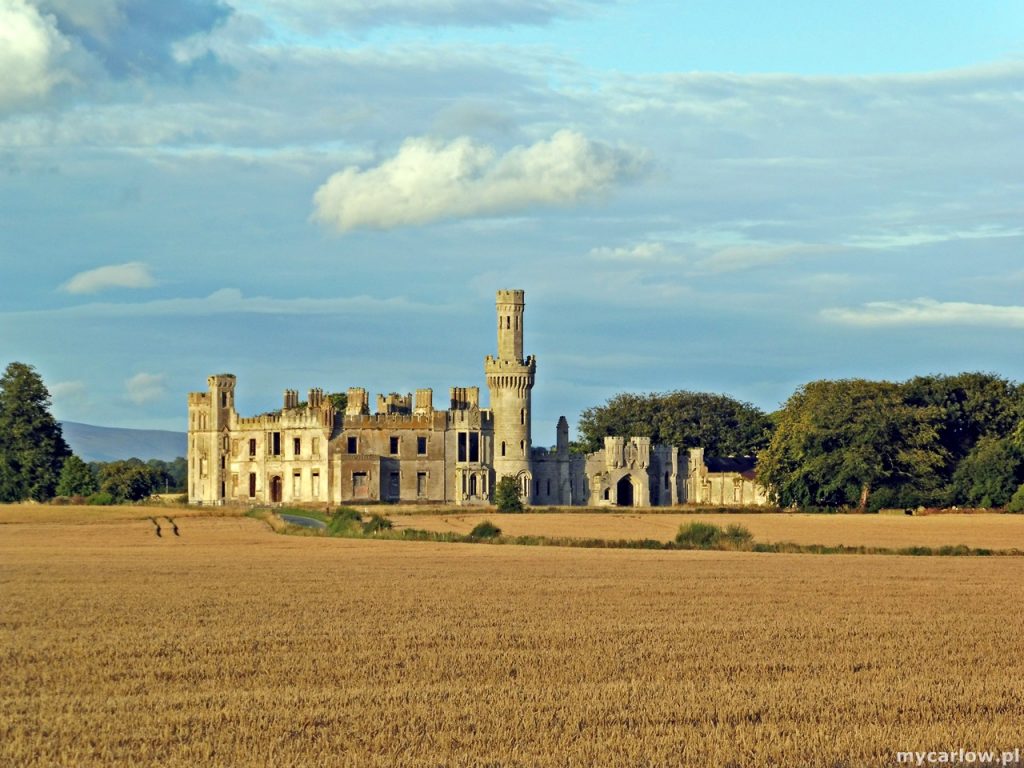
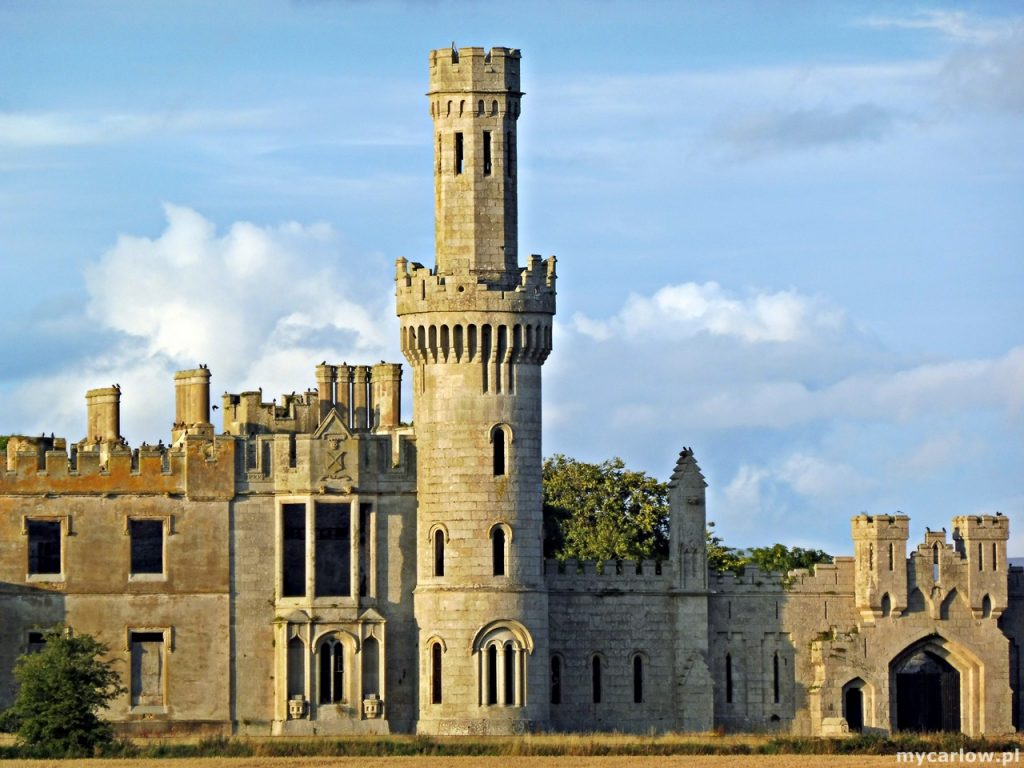
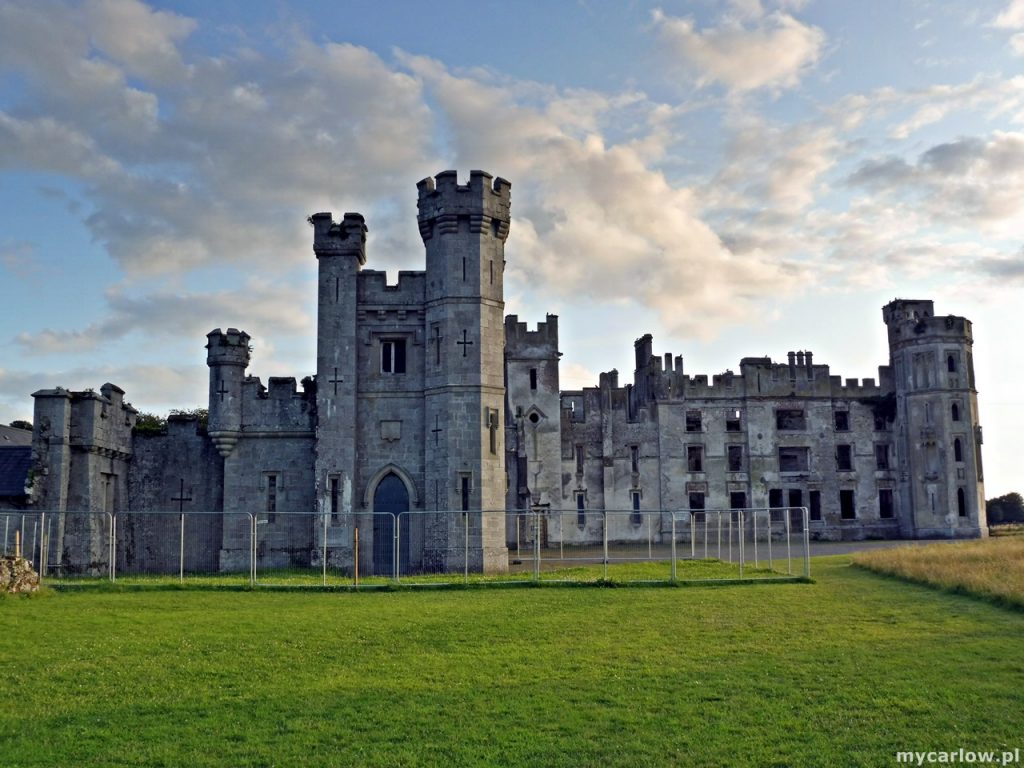
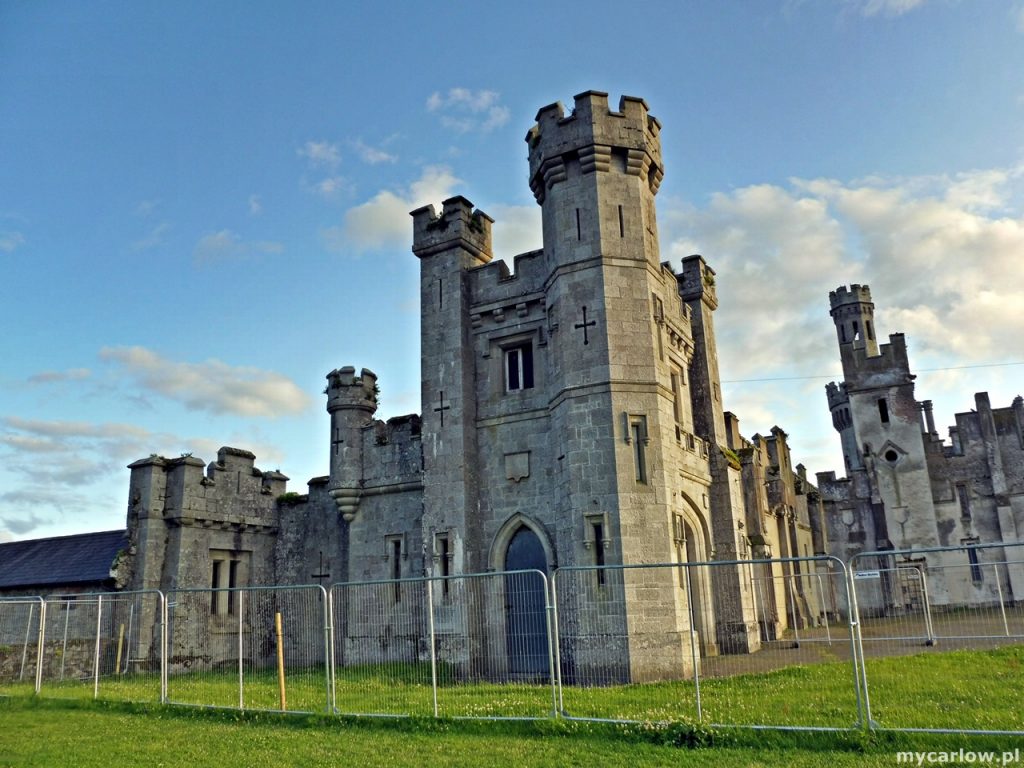
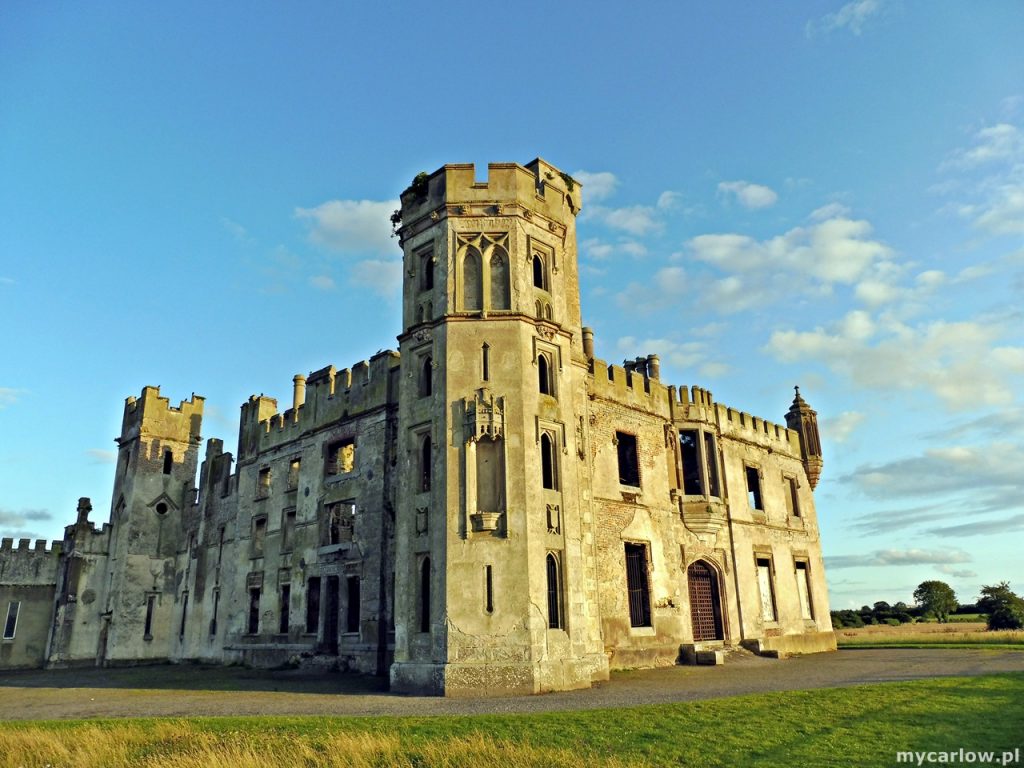
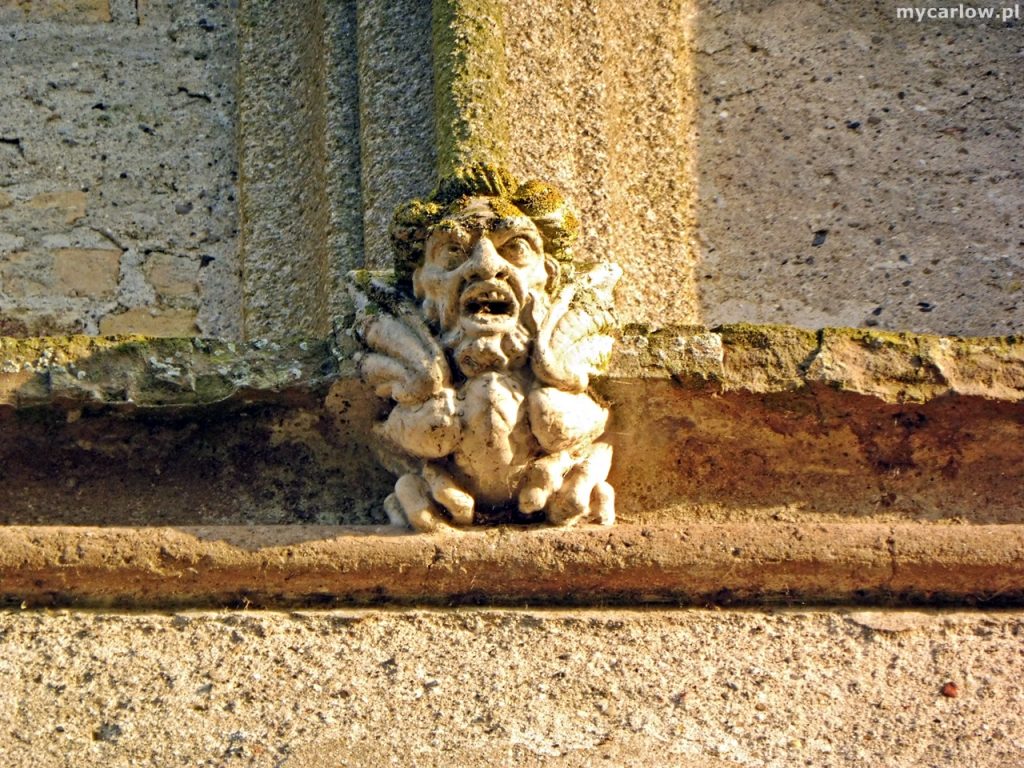
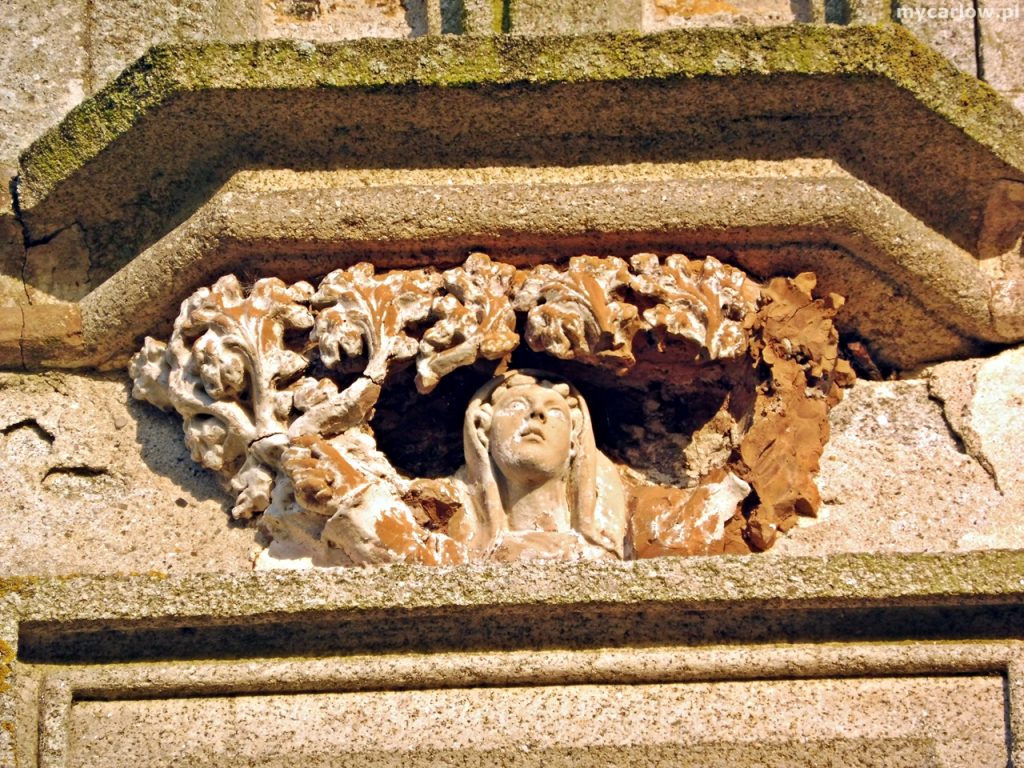
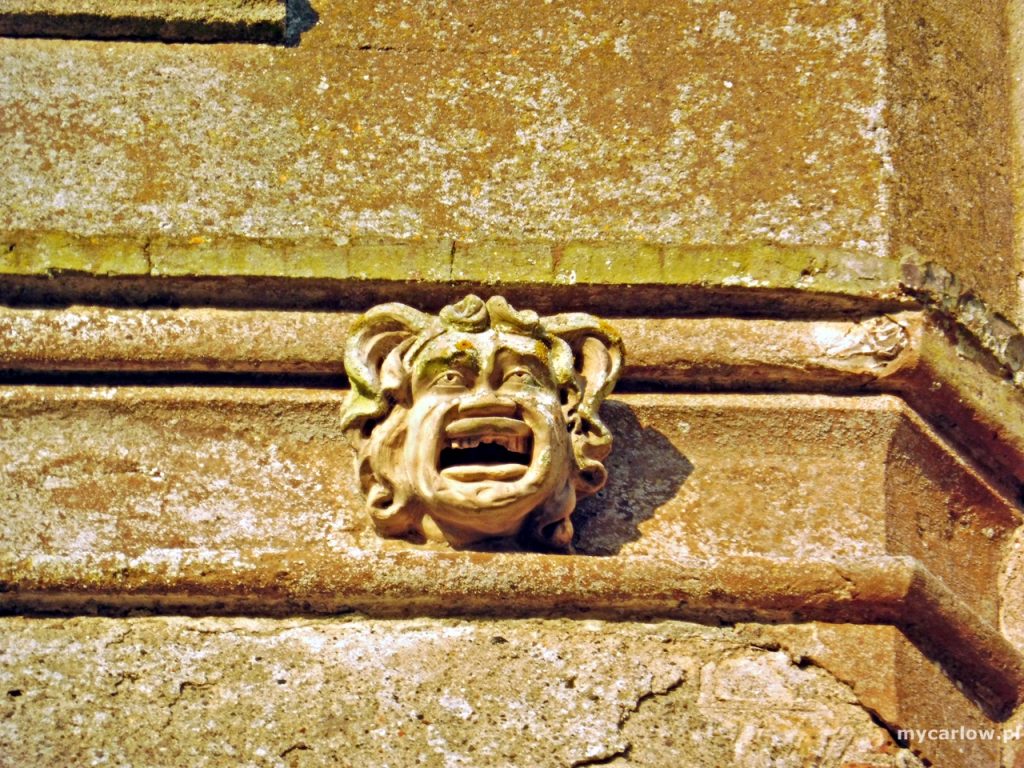
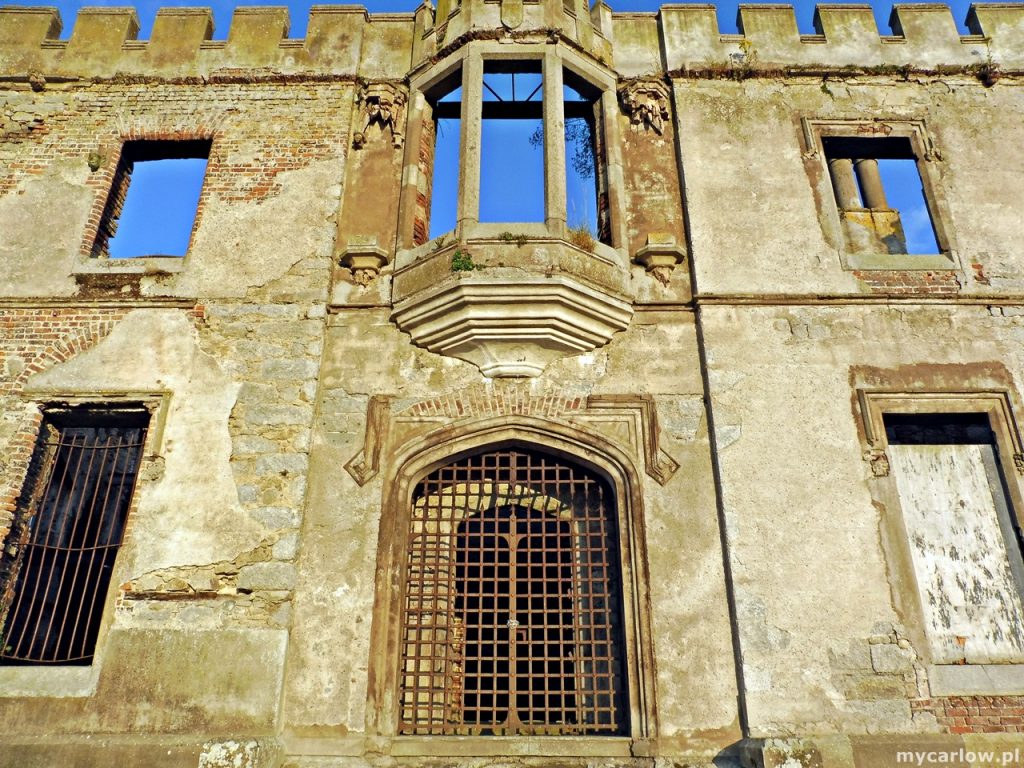
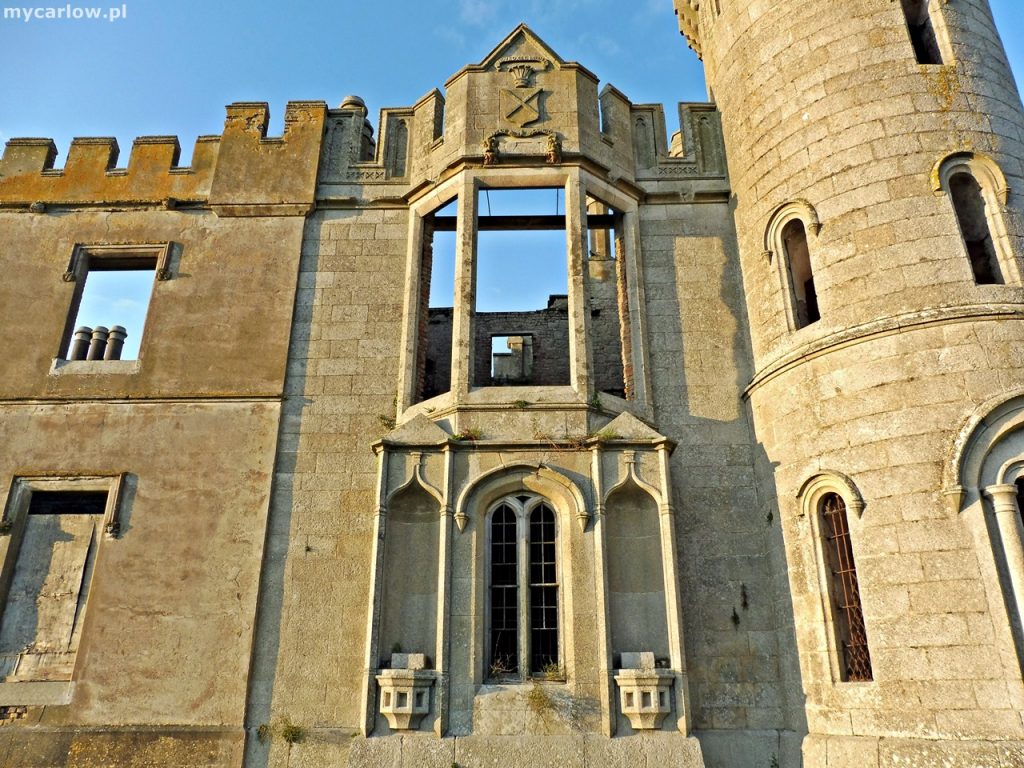
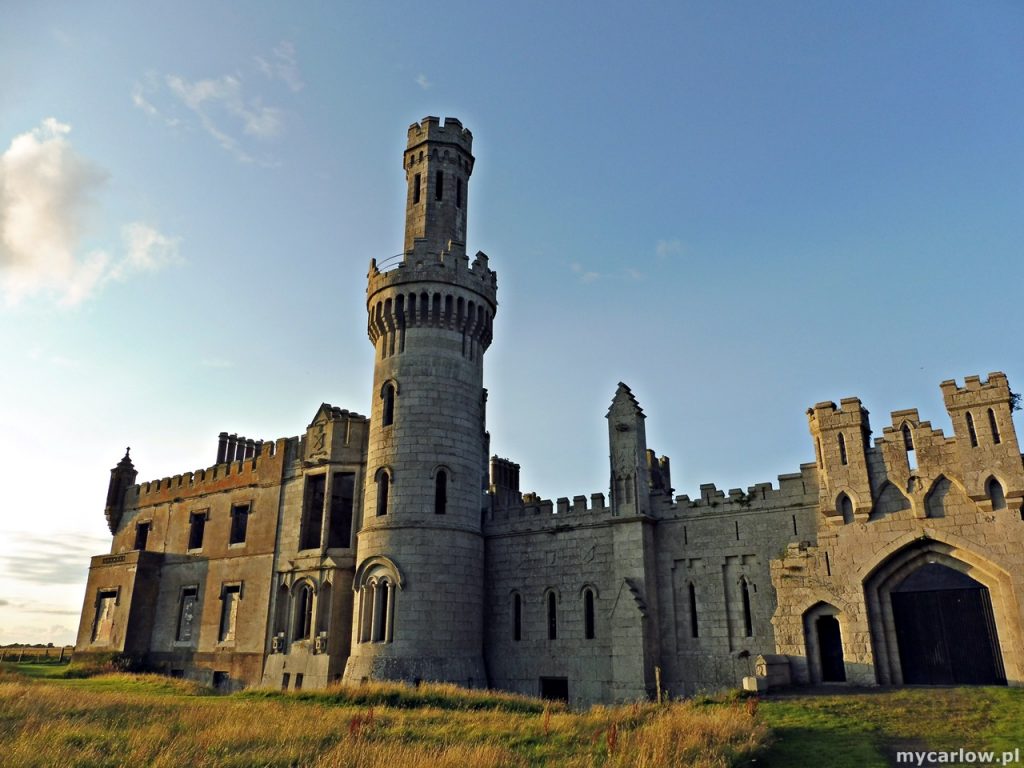
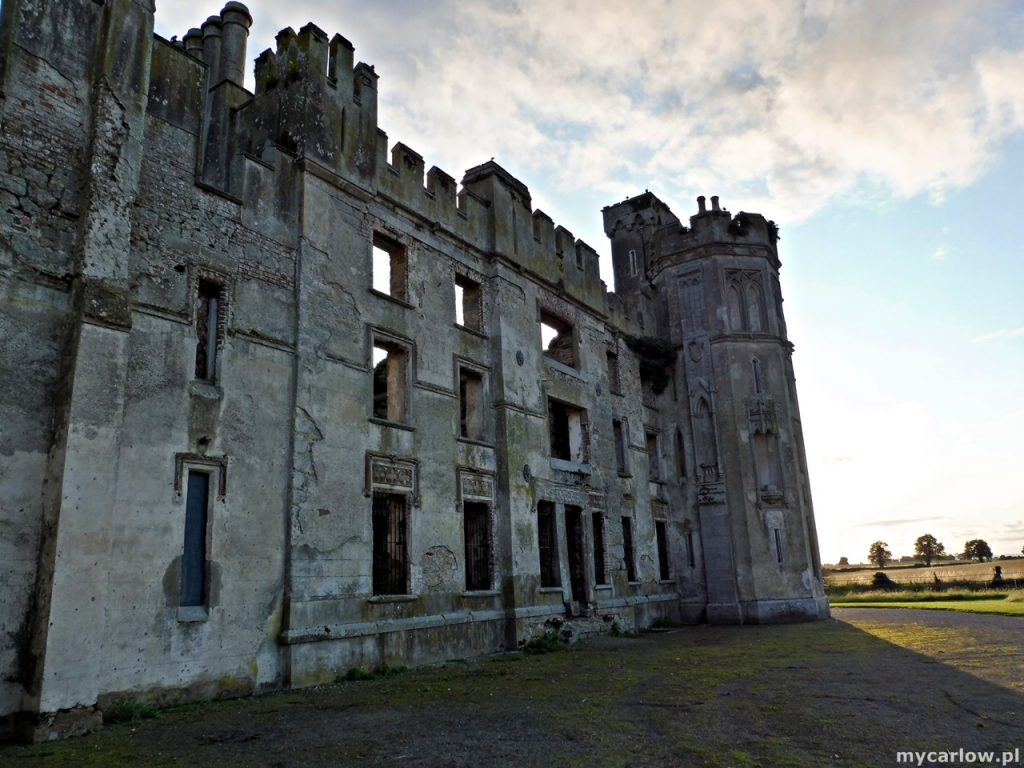

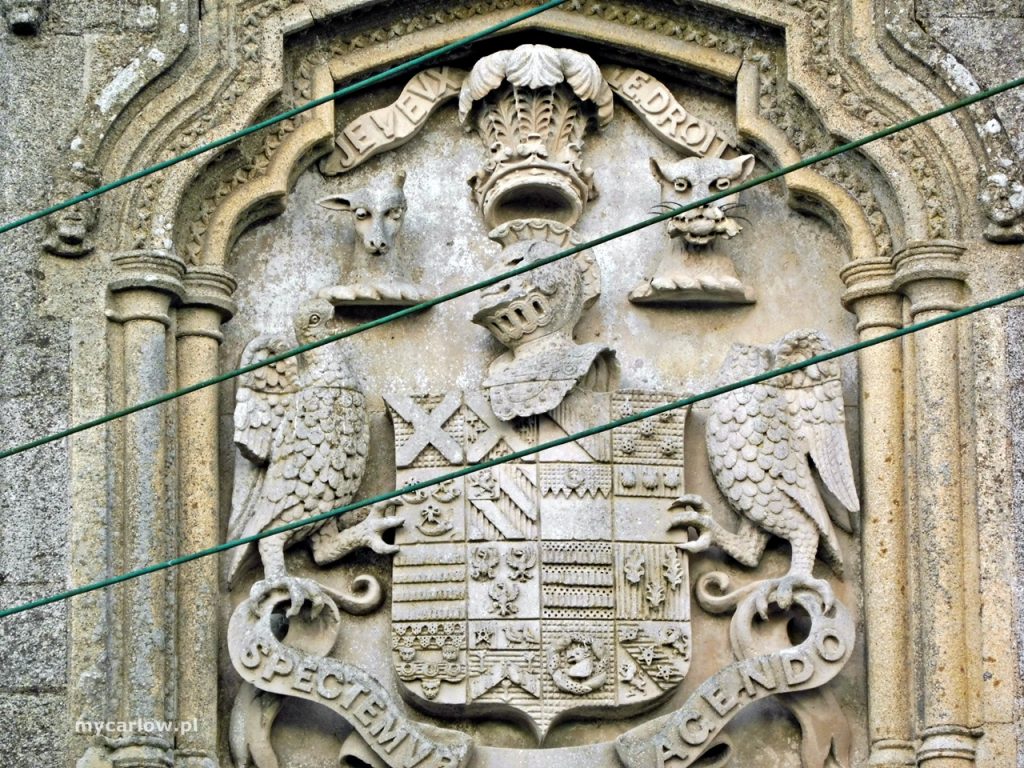
7. Huntington Castle
Huntington Castle, also known as Clonegal Castle, from the name of Clonegal village in County Carlow, the ancient seat of the Esmonde family is today one of Ireland’s historical treasures. Voted one of Ireland’s top 20 Hidden Gems by The Guardian.
The castle was built in 1400 as a fortress for the Caviness family, an old Irish clan, on the site of a former convent. Originally, the Castle was used for defense purposes as a garrison due to the strategic location of the village of Clonegal during the Cromwell Campaign in Ireland.
At the beginning of the 17th century, Clonegal Castle, the surrounding marsh meadows and orchards became the property of Sir Laurence Esmonde. The castle in its present form owes its decorative architecture to the First Lord Esmonde, who rebuilt it in 1625 replacing an earlier fortress and his grandson called it “Huntington”.
Currently, Huntington Castle is open to the public. It can be visited with a guide, usually one of the descendants of the family.
In the castle cellars, which formerly housed the treasury and the castle kitchen, now there is a Temple of the Goddess Isis.
Huntington Castle is famous for being one of the most haunted castles in Ireland. It is the perfect place to spend a Halloween, where events called ghost hunting are organized.
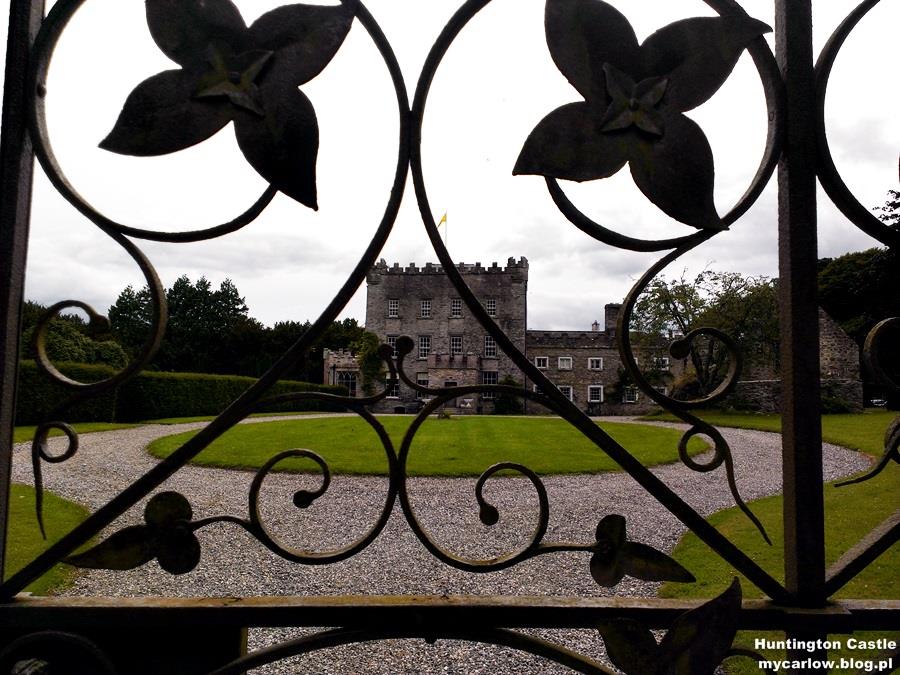

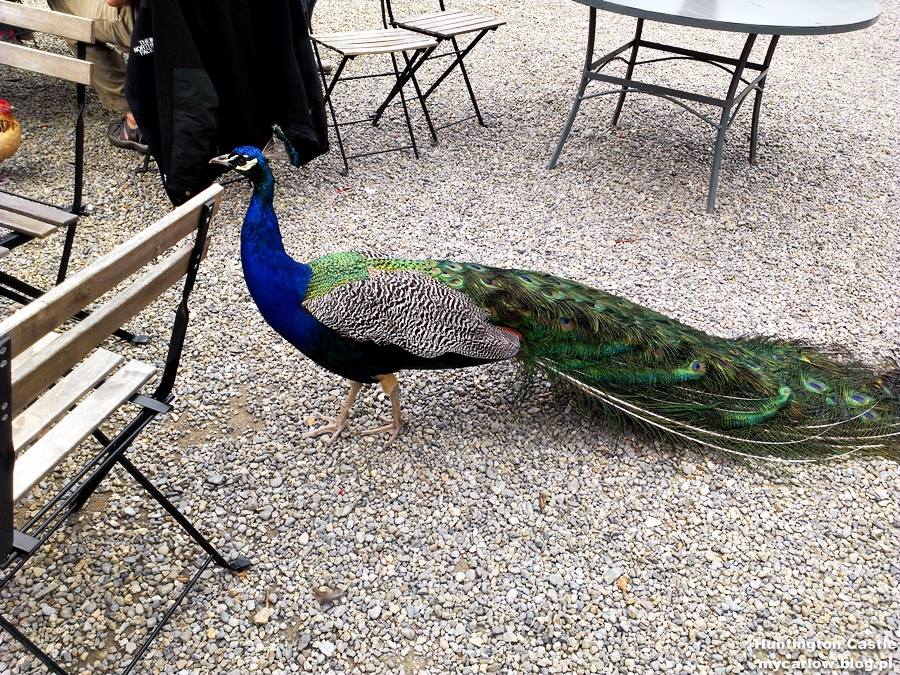
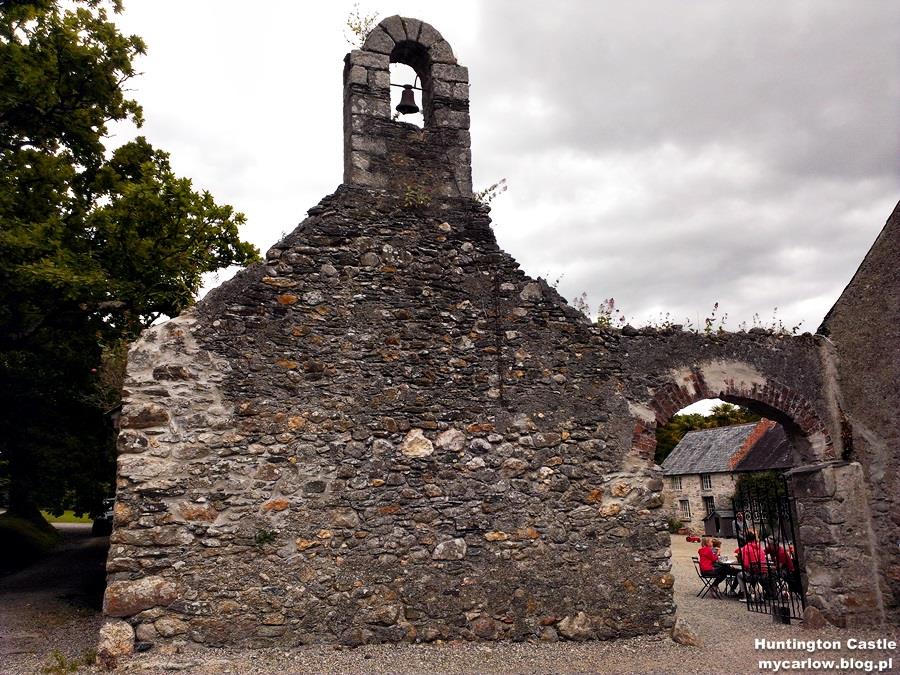
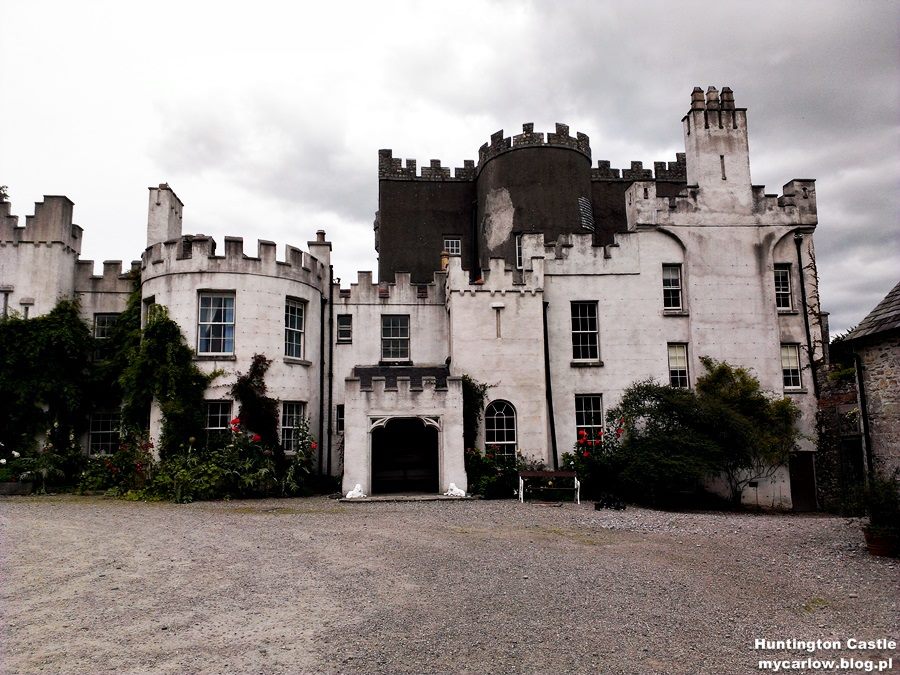
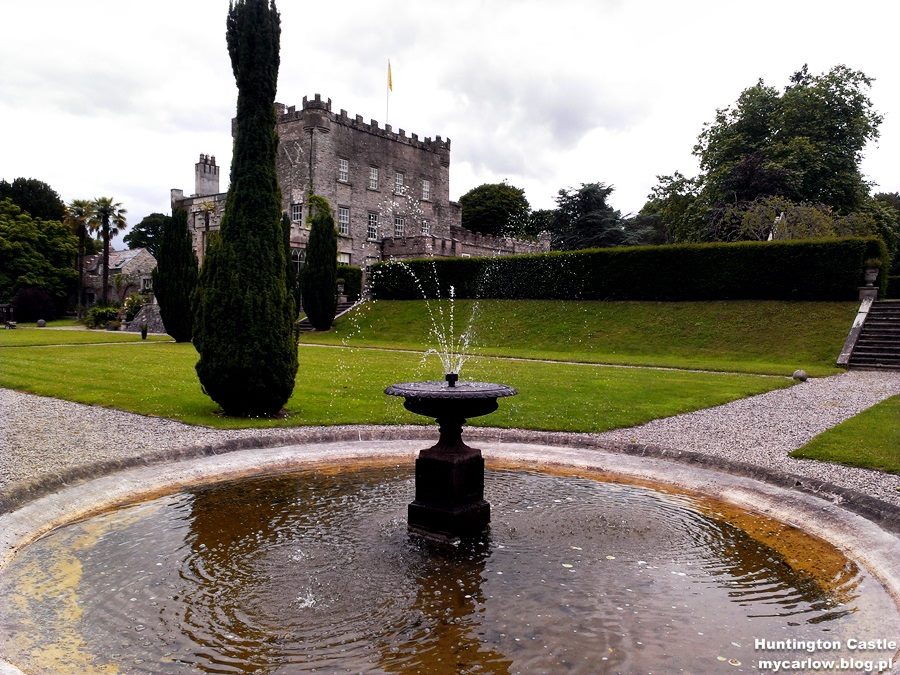
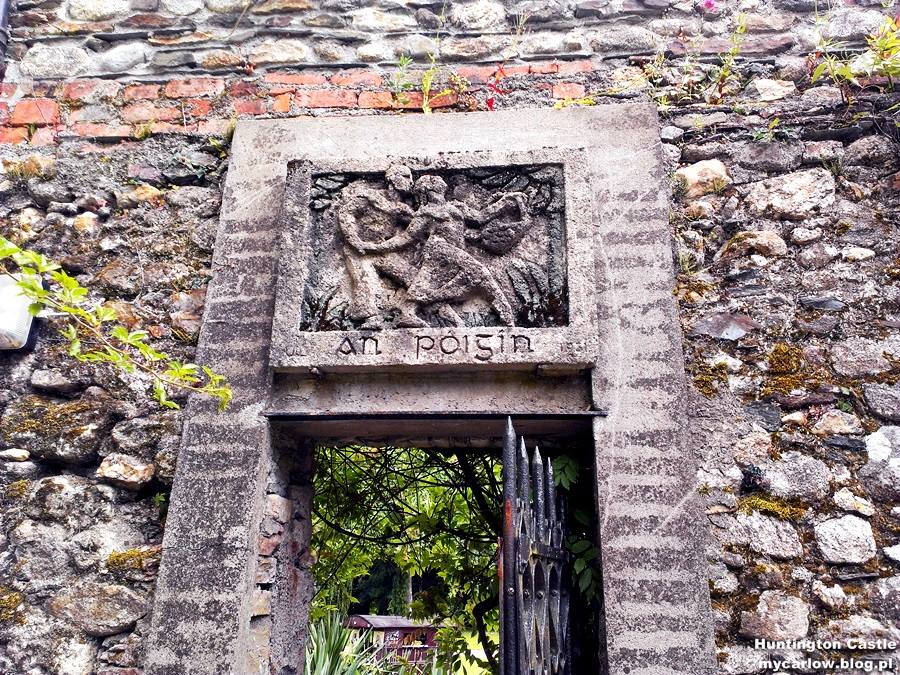

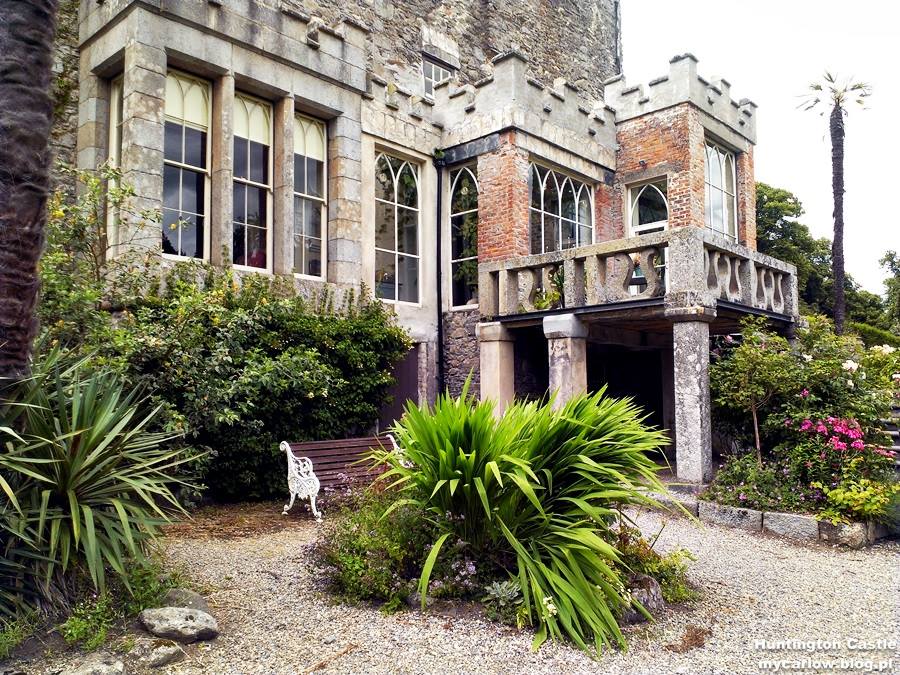
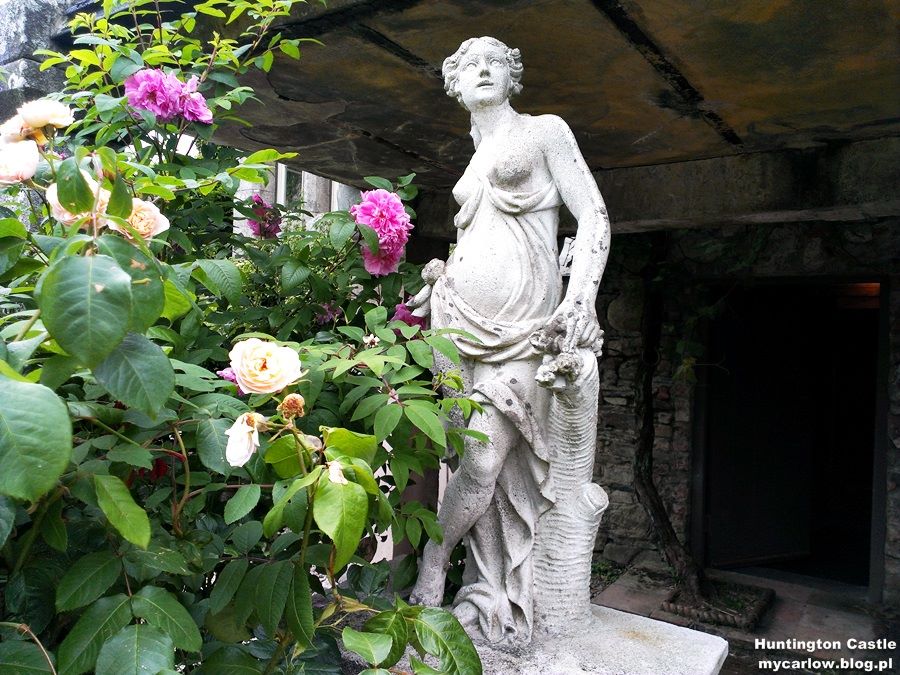
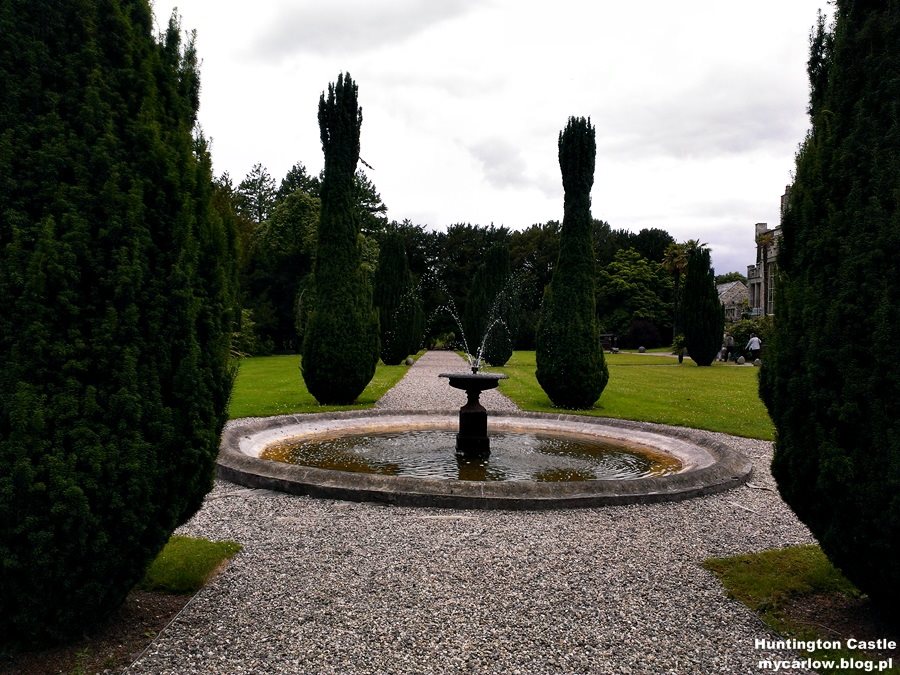
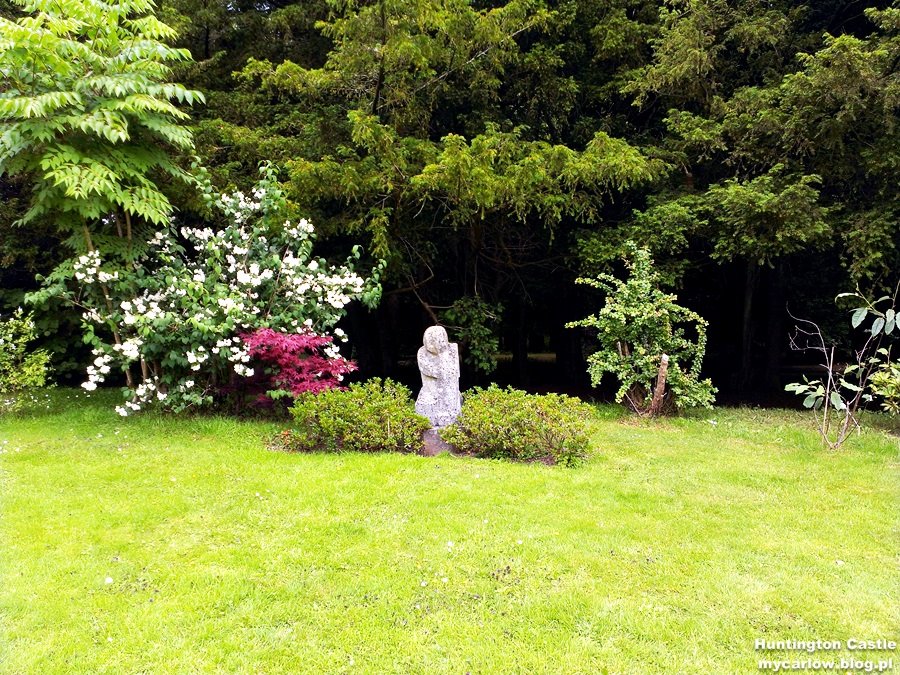
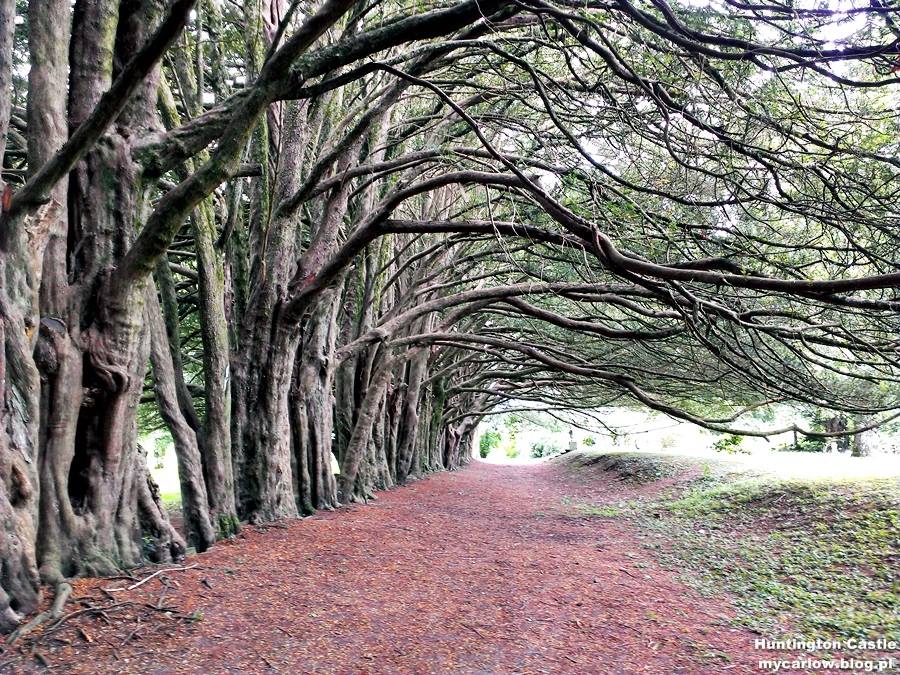

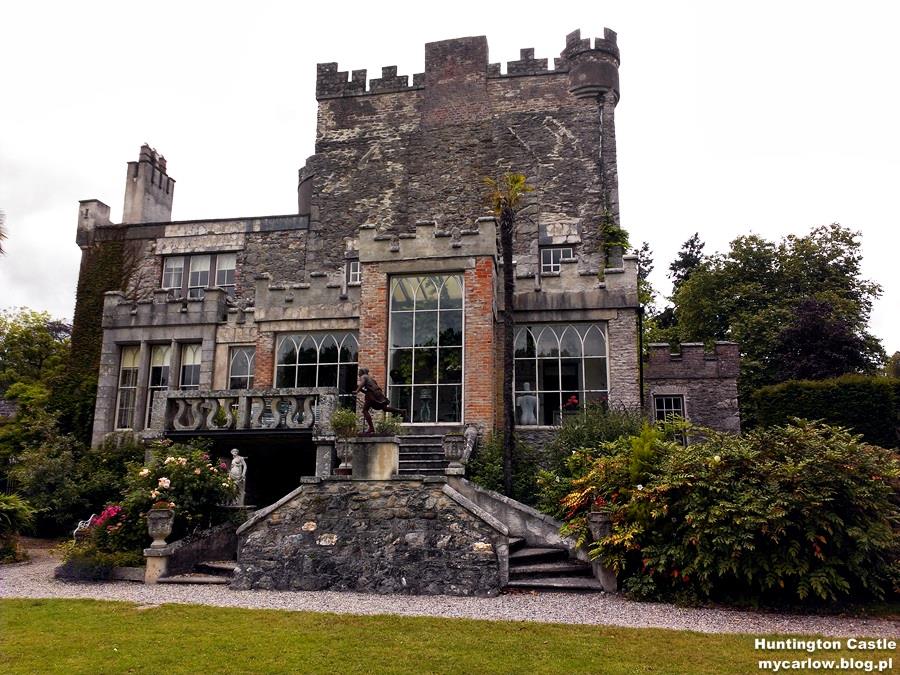
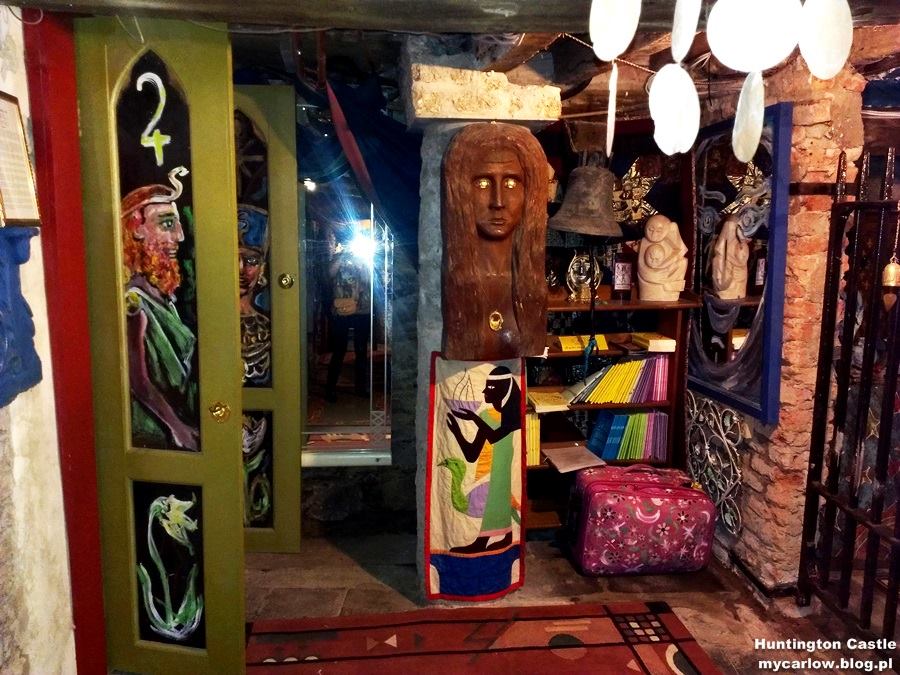
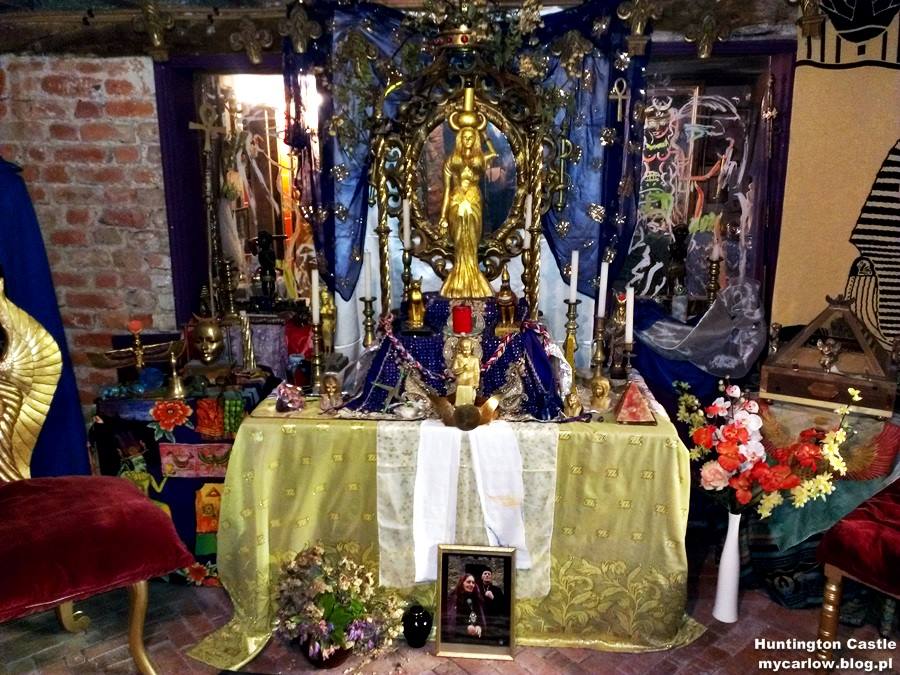
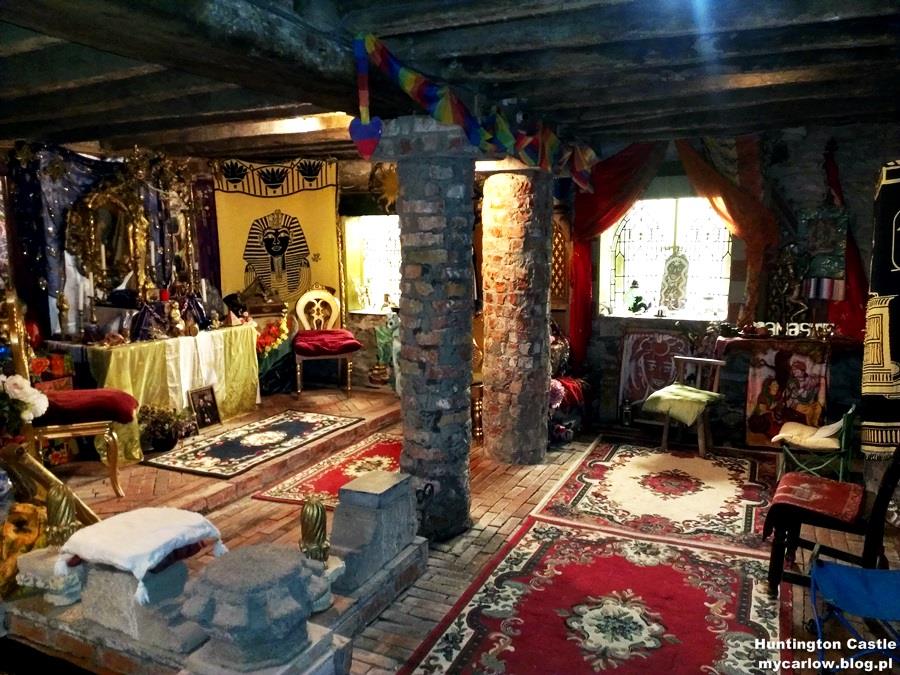
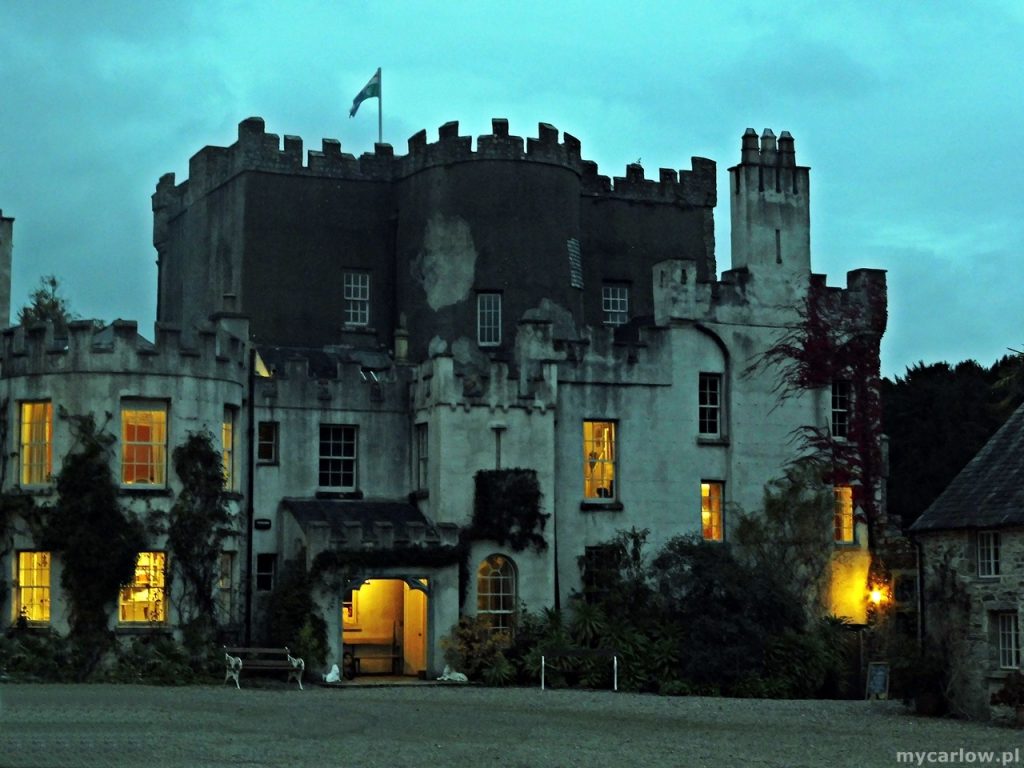
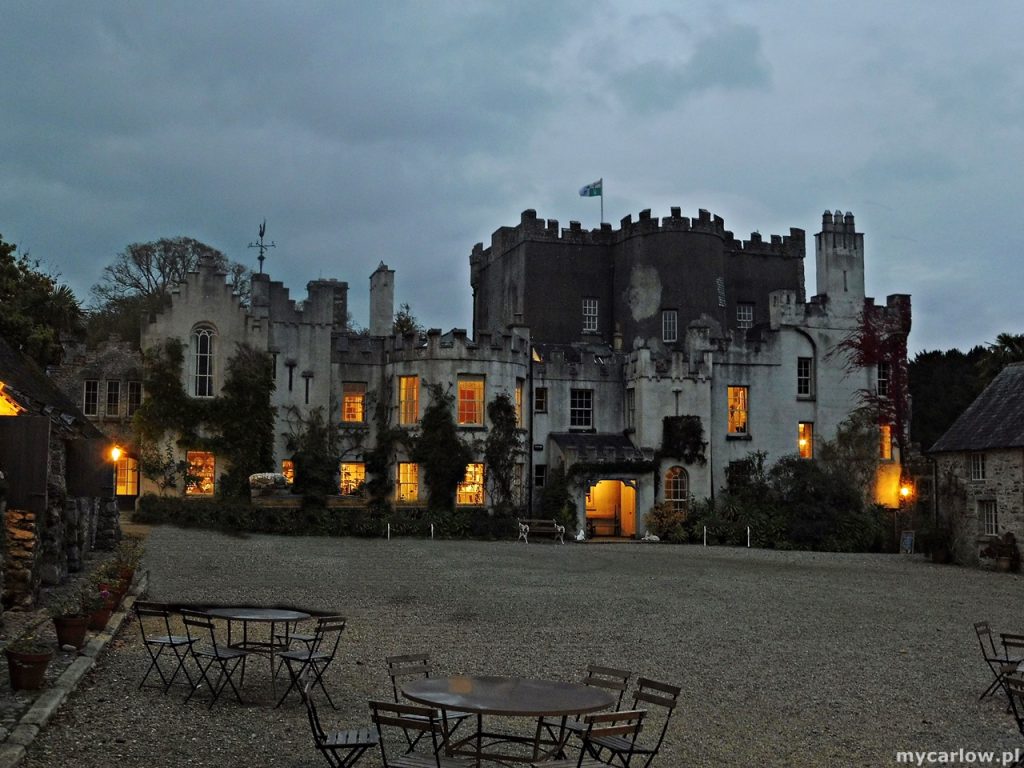
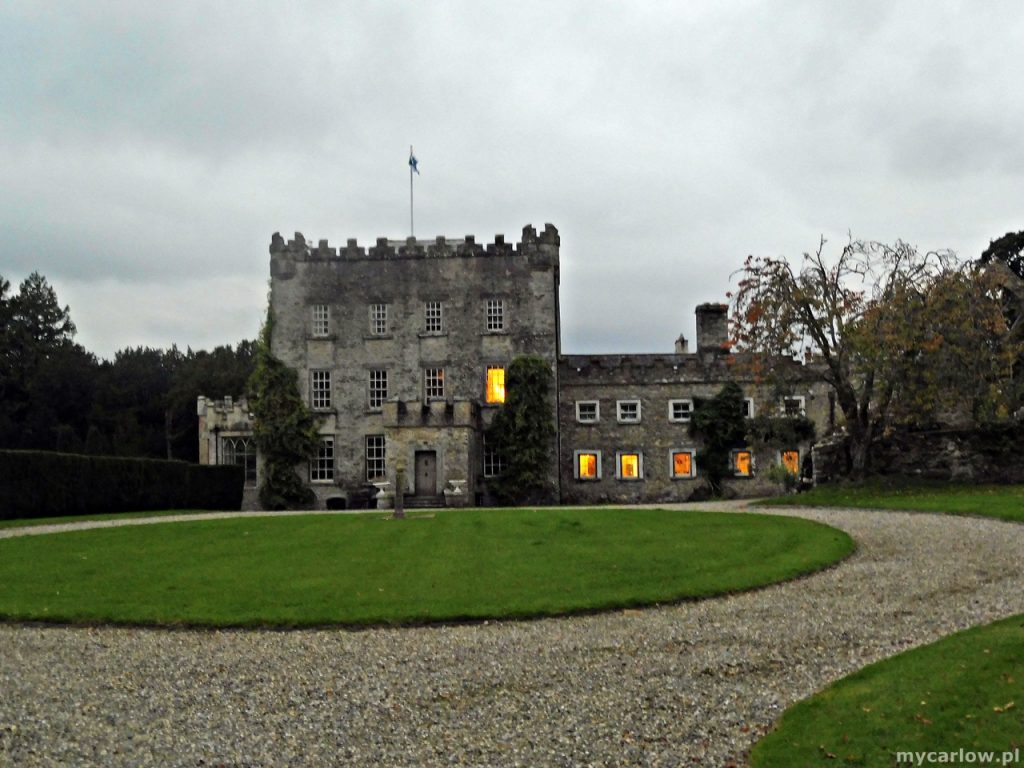
8. Leighlinbridge
Leighlinbridge is a charming heritage village located on the River Barrow in County Carlow, only six miles from Carlow town.
The focal point of Leighlinbridge is its 14th-century Valerian Bridge across the River Barrow, built-in 1320 by Maurice Jakis, Canon of Kildare Cathedral. It remains today one of the oldest functioning bridges in Europe.
At the foot of the bridge are the remains of a very extensive castle, said to have been destroyed by Cromwell. Leighlinbridge Castle, also called Black Castle, was one of Ireland’s earliest Norman castles. The town’s original Black Castle, built in 1181, was one of the earliest Norman fortresses in Ireland.
Leighlinbridge enjoys a range of gardens, built and designed by the local community to commemorate various aspects of village life over the years. These include the Millennium Garden, the Vivaldi Garden, the Garden of Remembrance, and the Sculpture Garden. These gardens all feature in the Carlow Garden Trail and gives Leighlinbride the title ‘the garden village`.
Arboretum Home & Garden Heaven and its Inspirational Gardens are located on Old Kilkenny Road in Leighlinbridge.
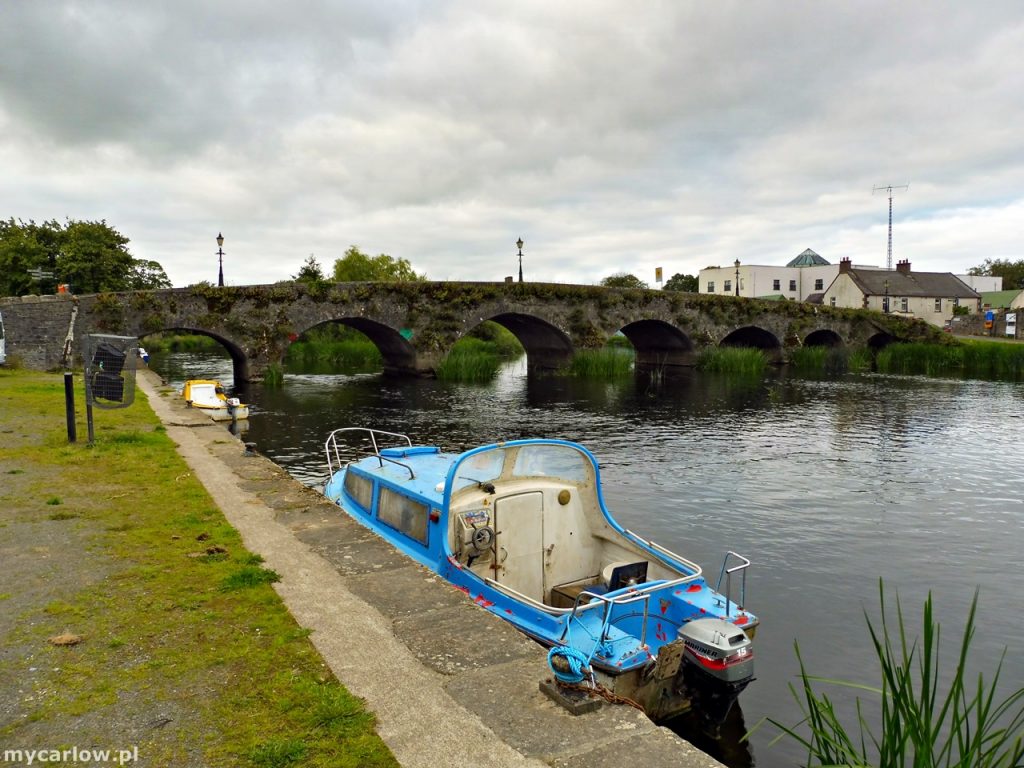
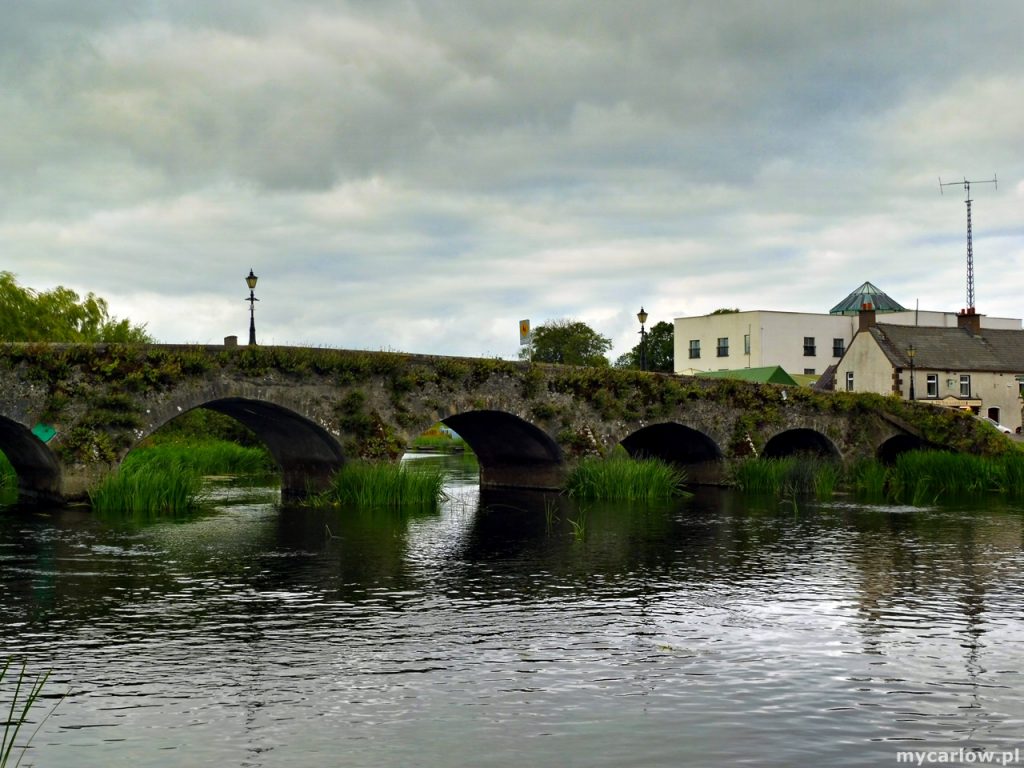
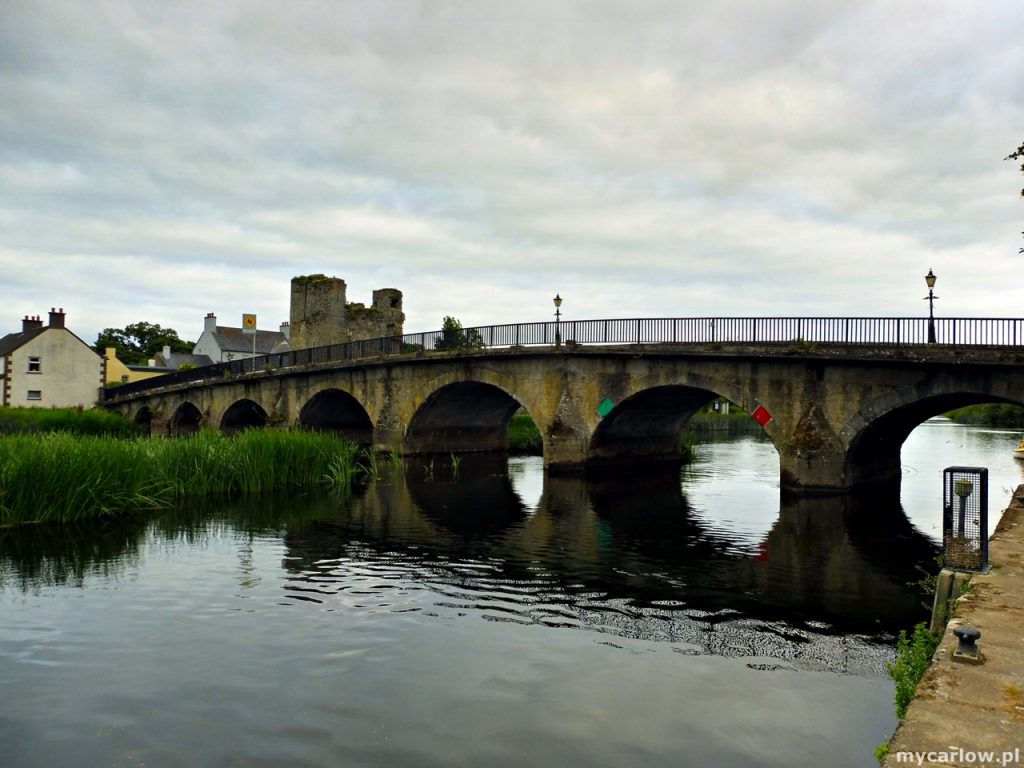
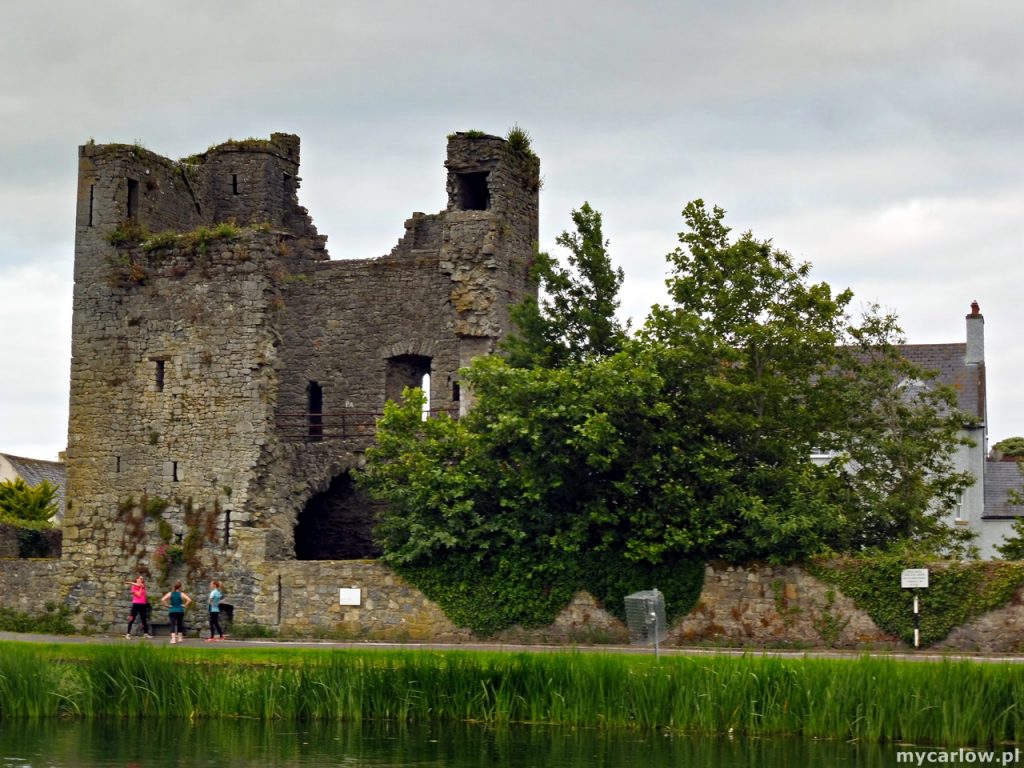

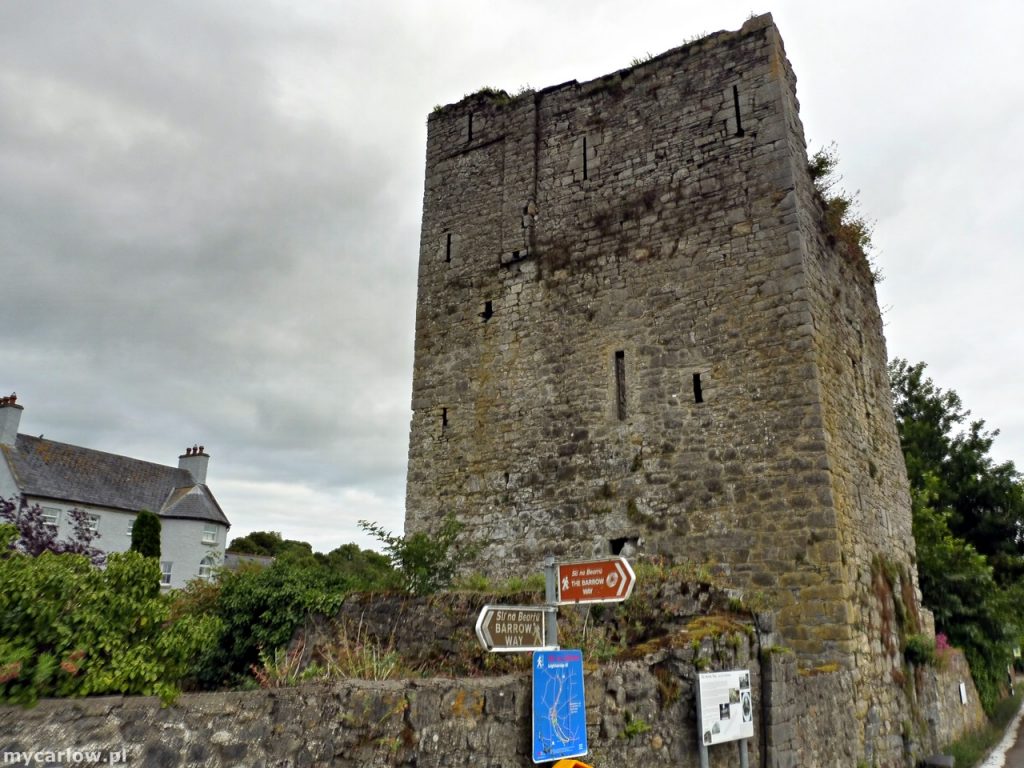
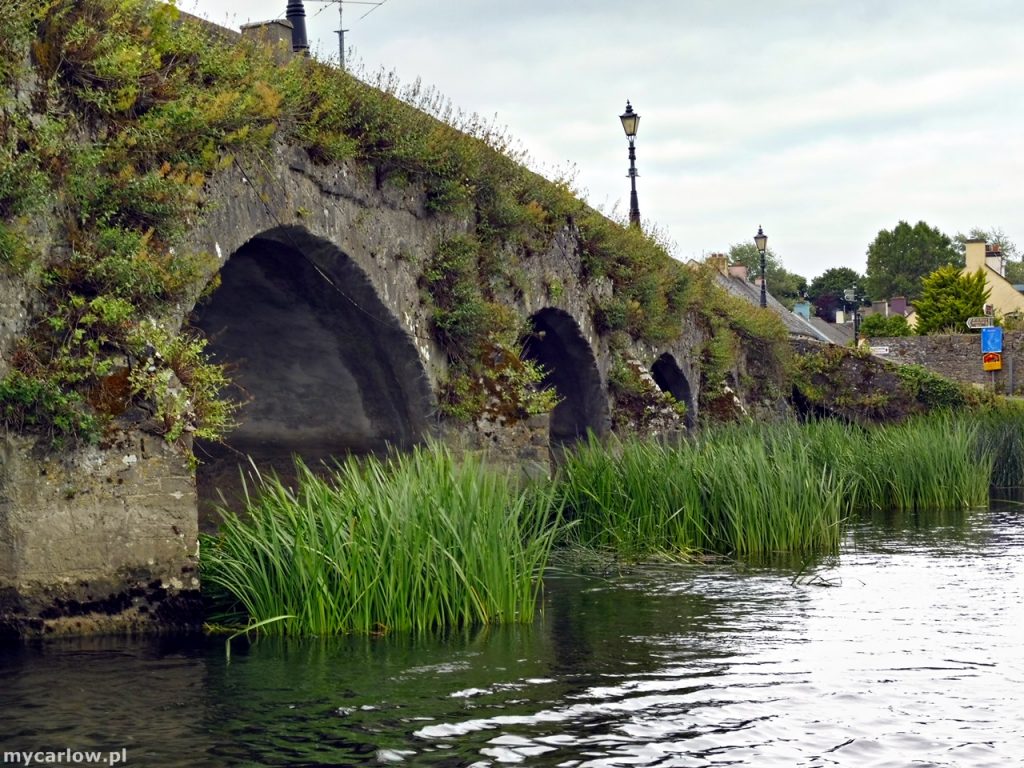
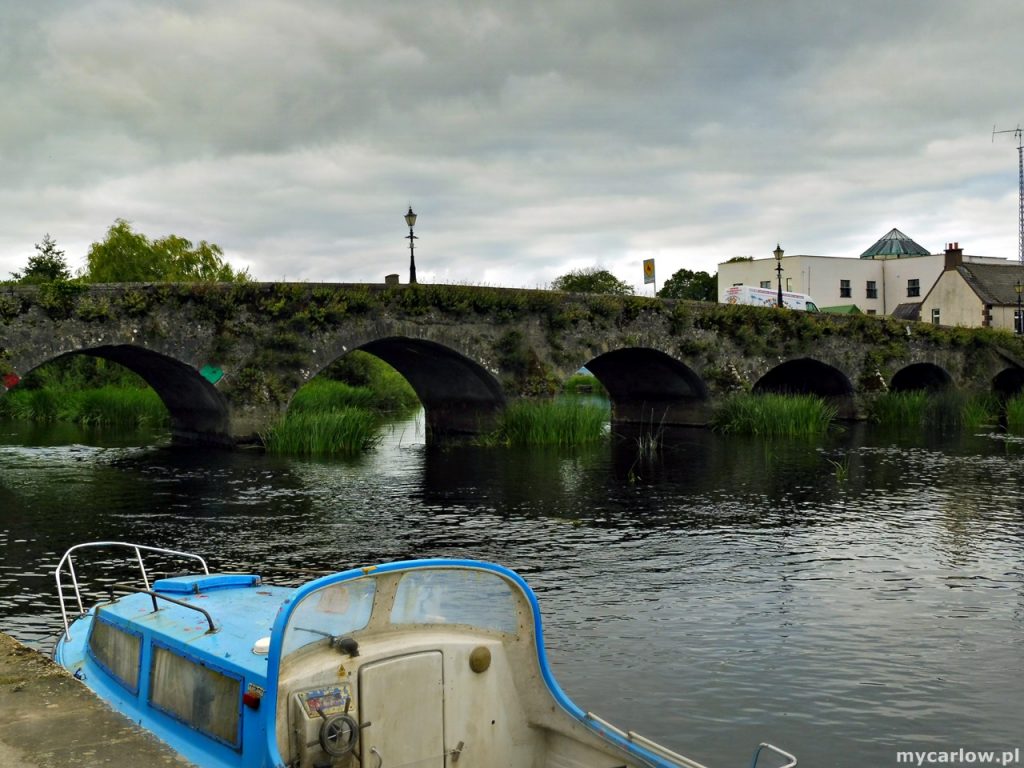
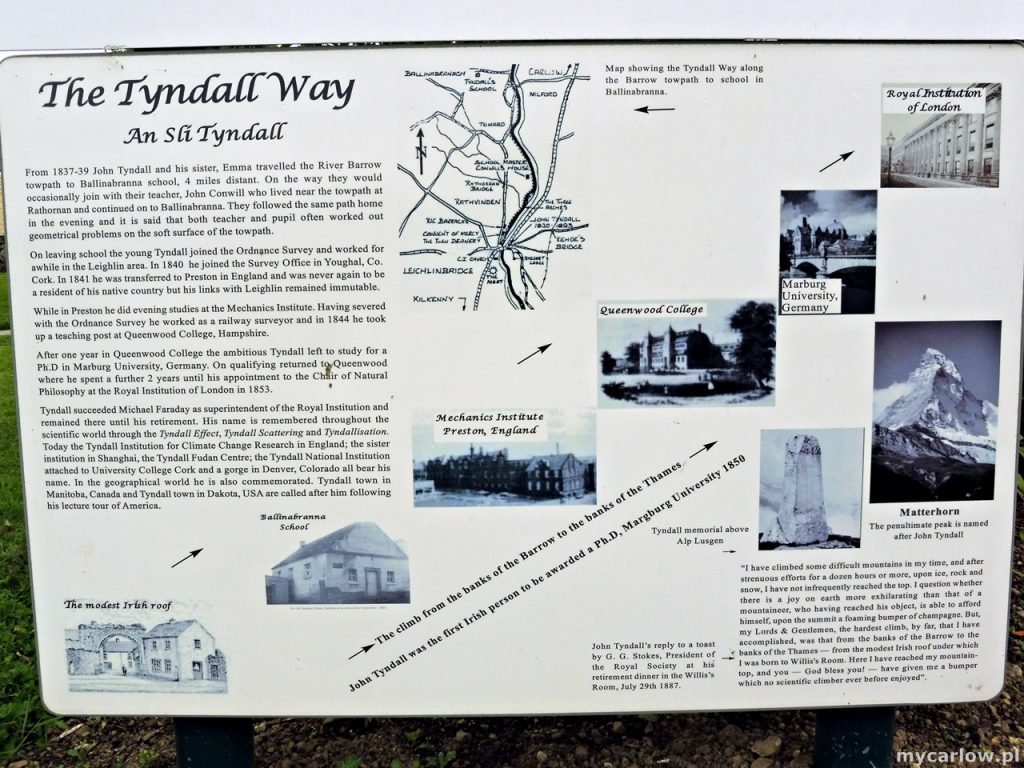
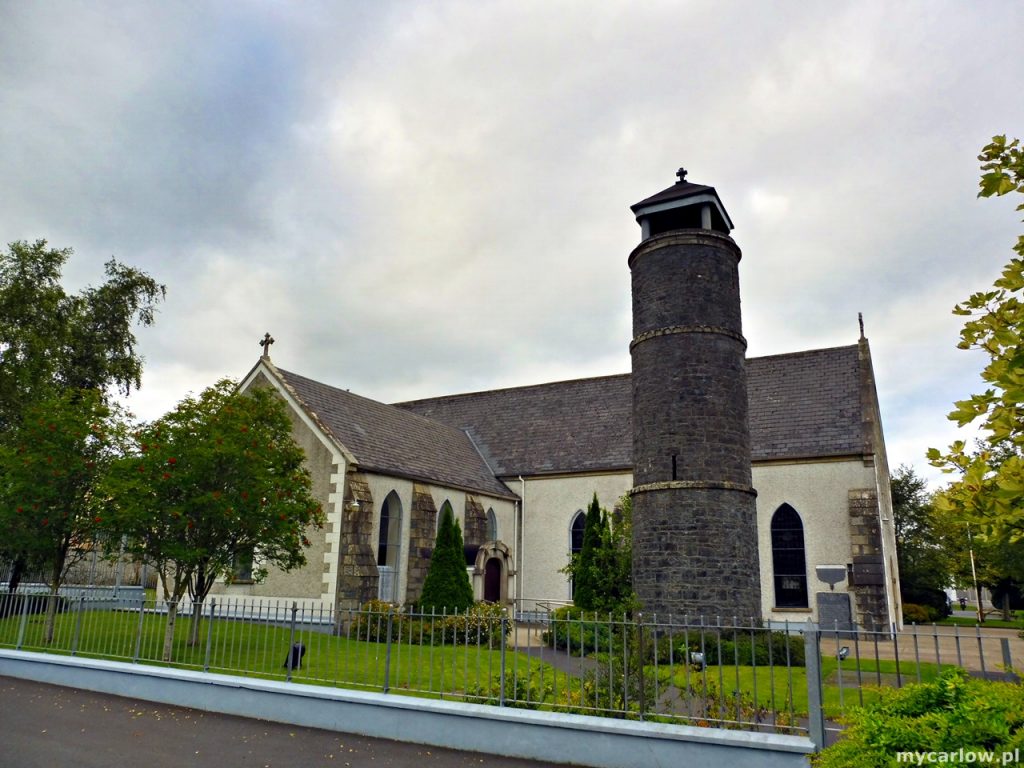
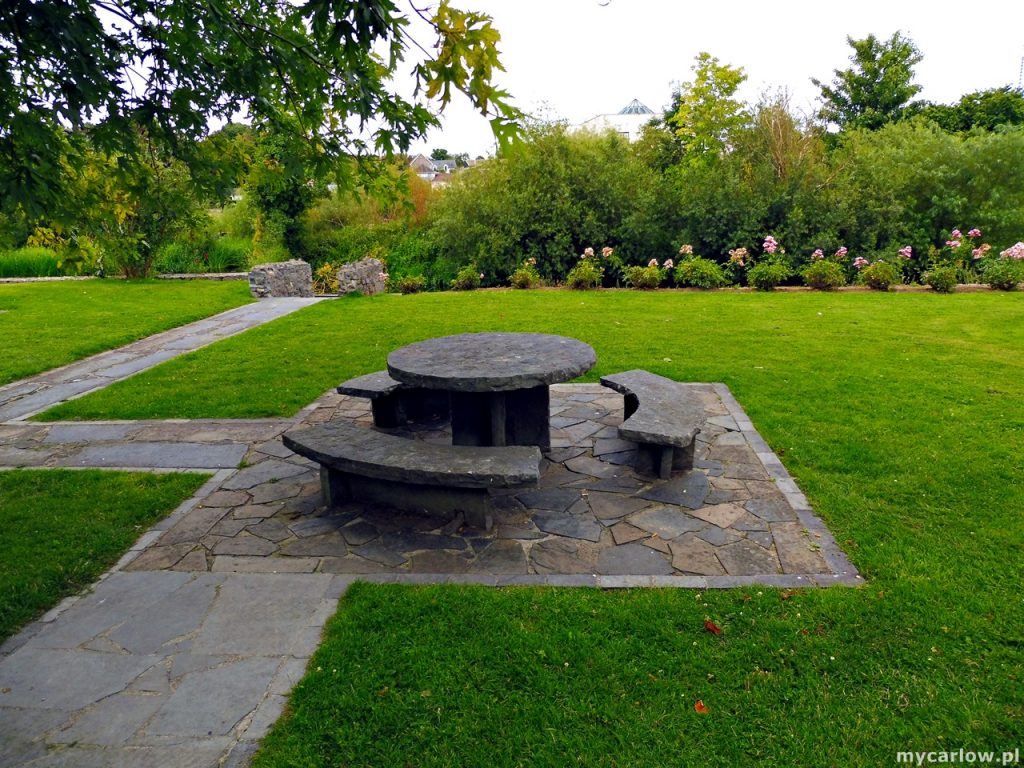
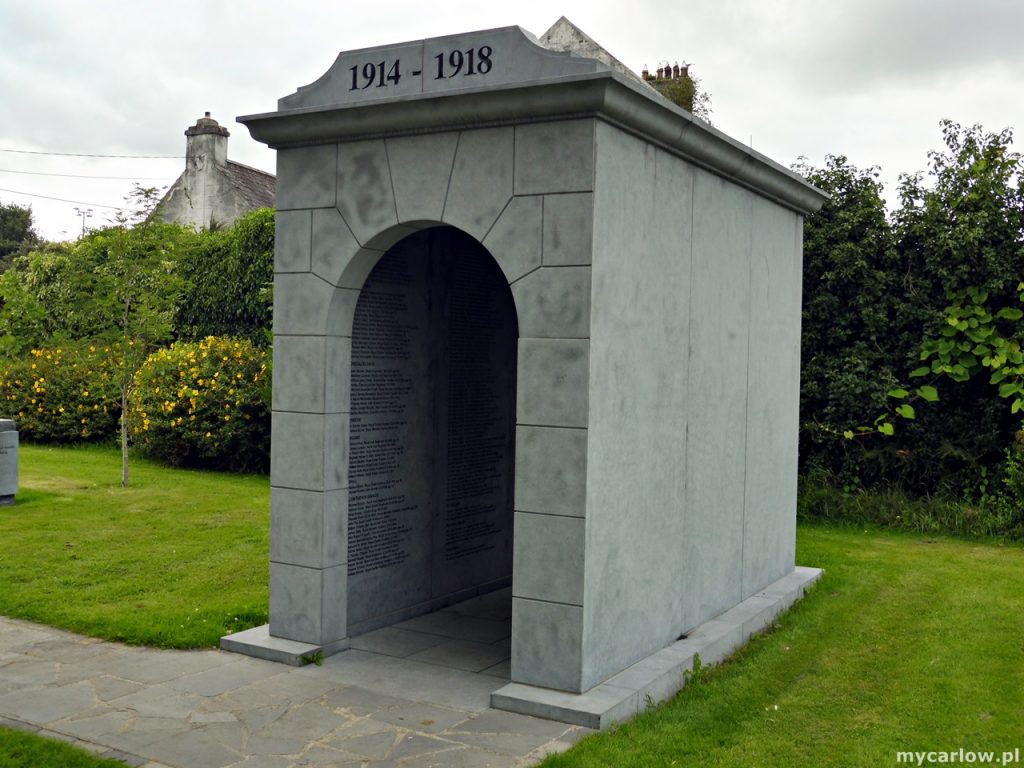
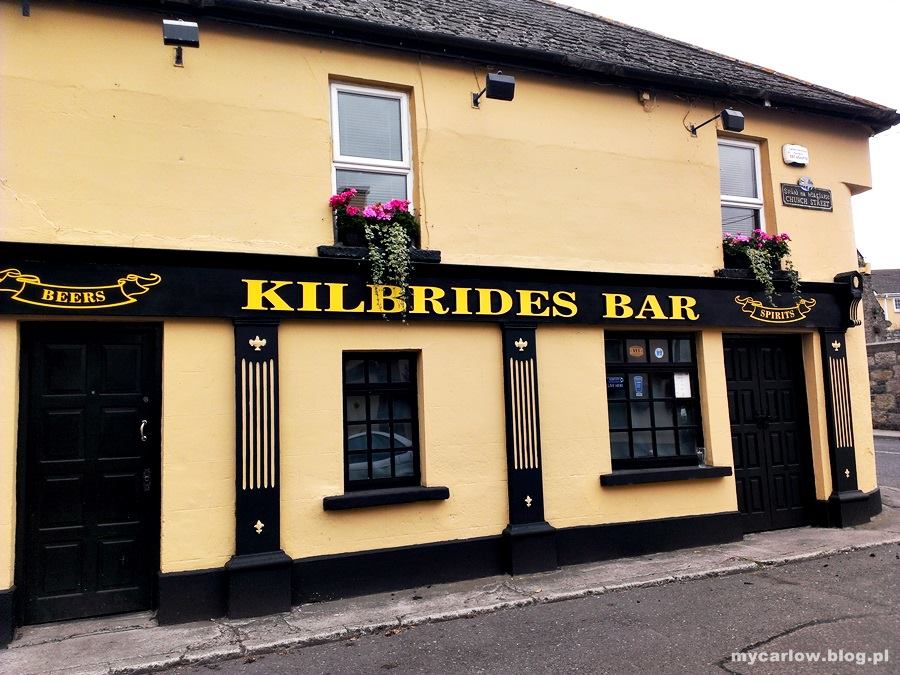
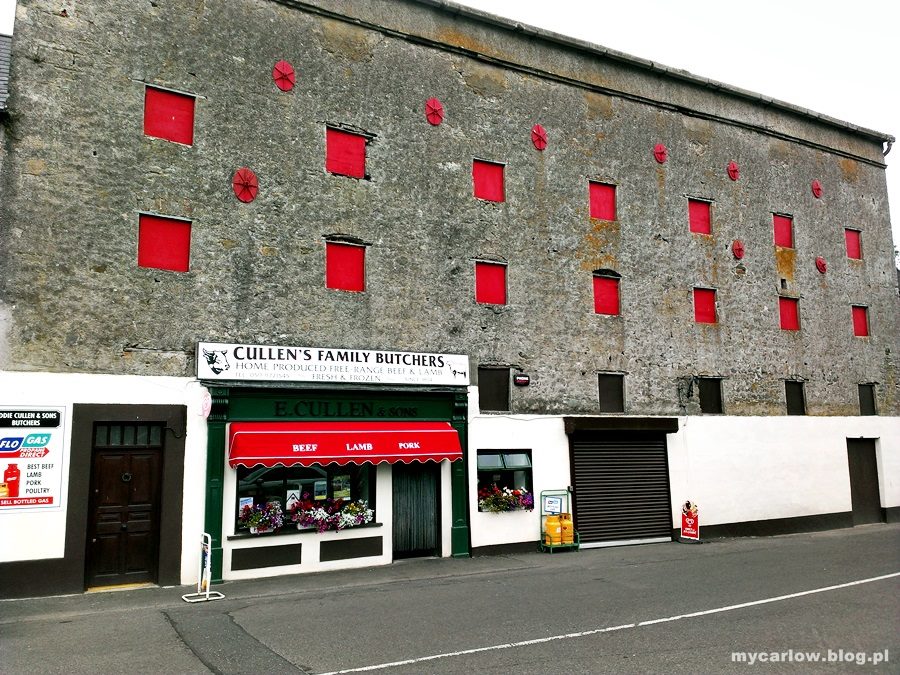
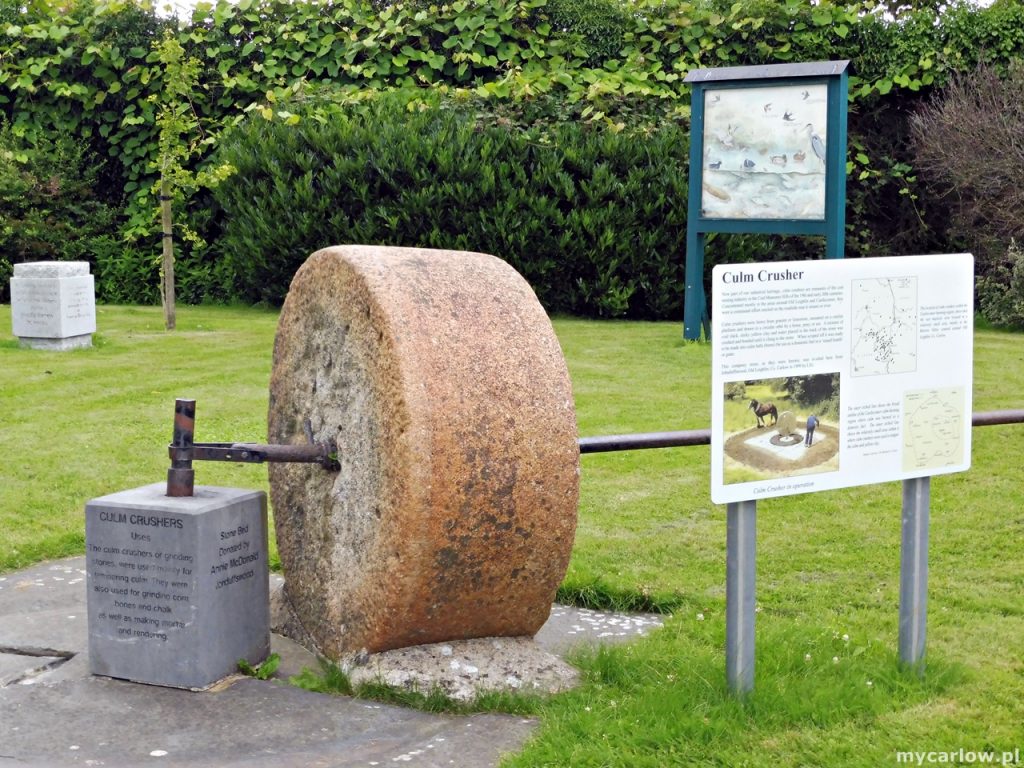
9. Milford Mills
Milford Mills is an 18th-century watermill that sits on the banks of the River Barrow at Milford, County Carlow. Originally built as a flour mill and malting house, it was later employed as a hydroelectric power station.
In 1891 the mill was modified to generate electricity, in doing so Carlow became the first inland town in Ireland or Britain to receive electric power.
It used to be a significant industrial centre but now Milford is a tourist attraction in County Carlow.
It is a very beautiful picturesque and tranquil place and very eagerly visited by photographers and artist painters. The most interesting objects are the weir and the bridge. This area is one of the most scenic views in Carlow.
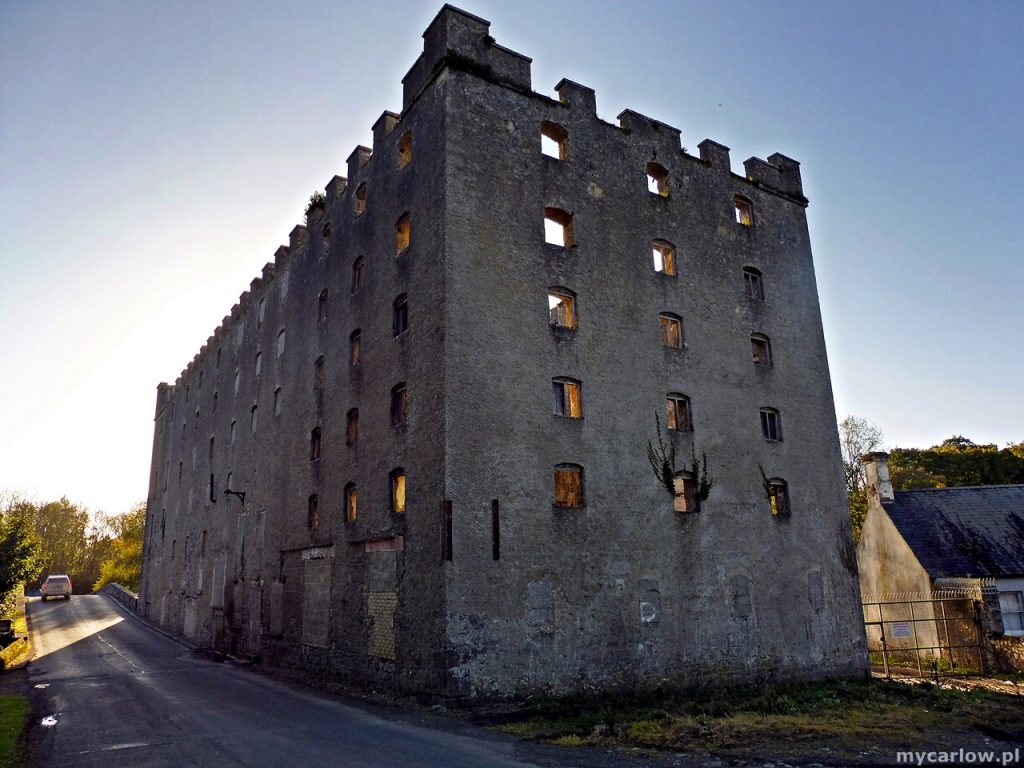
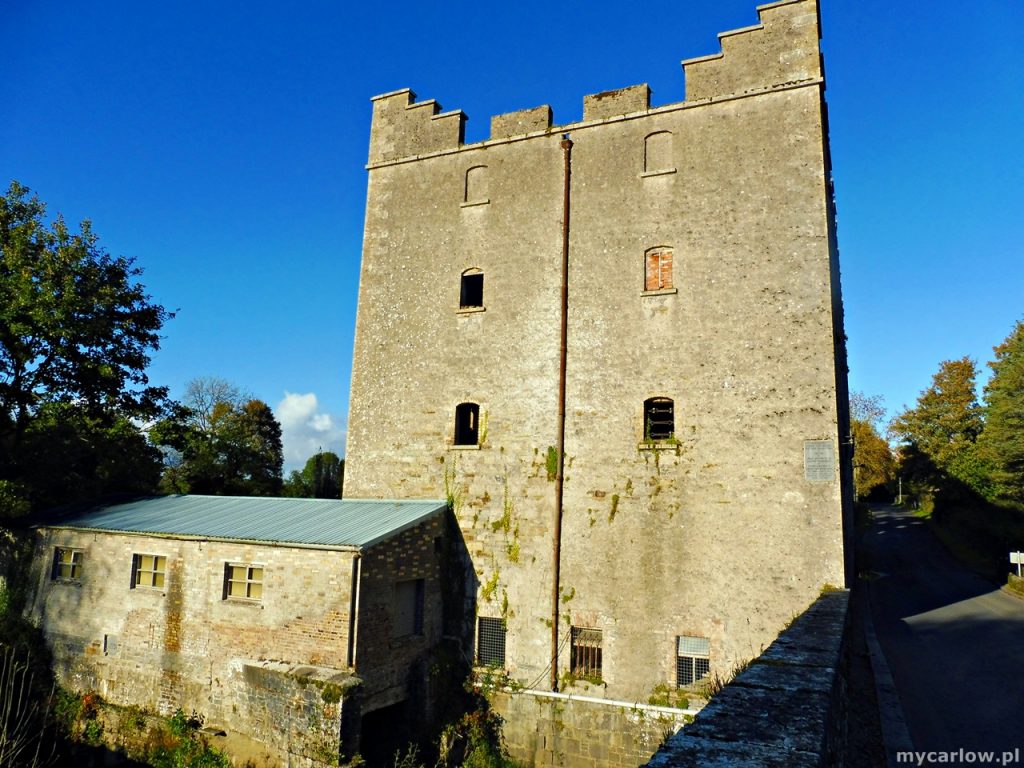
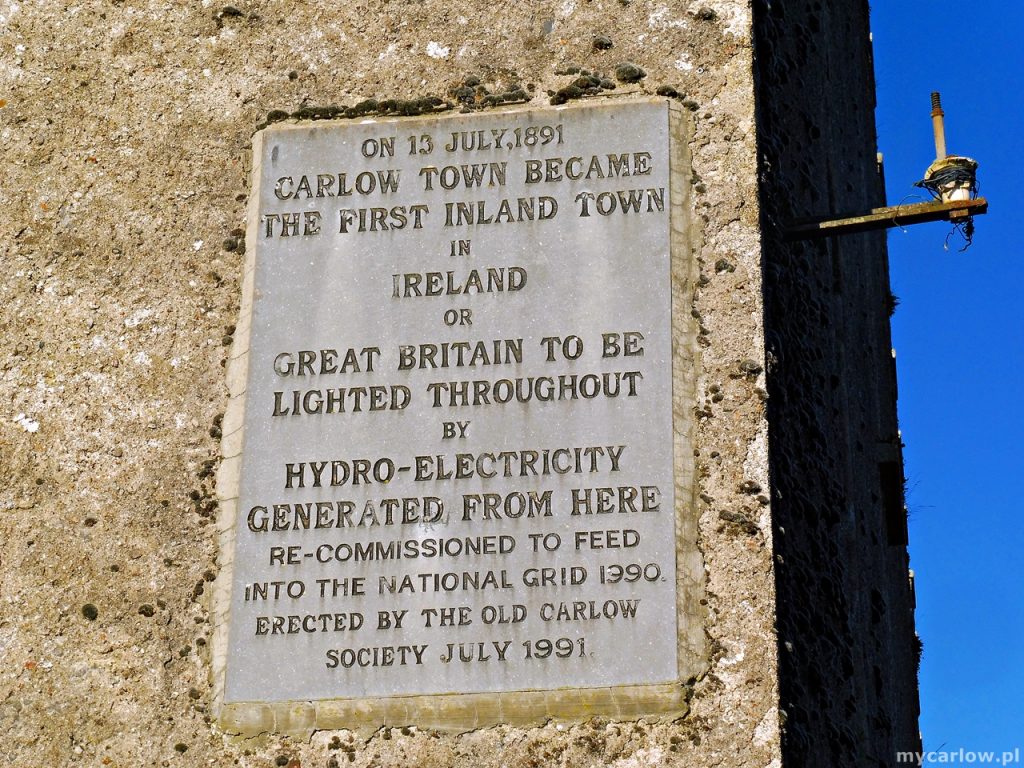
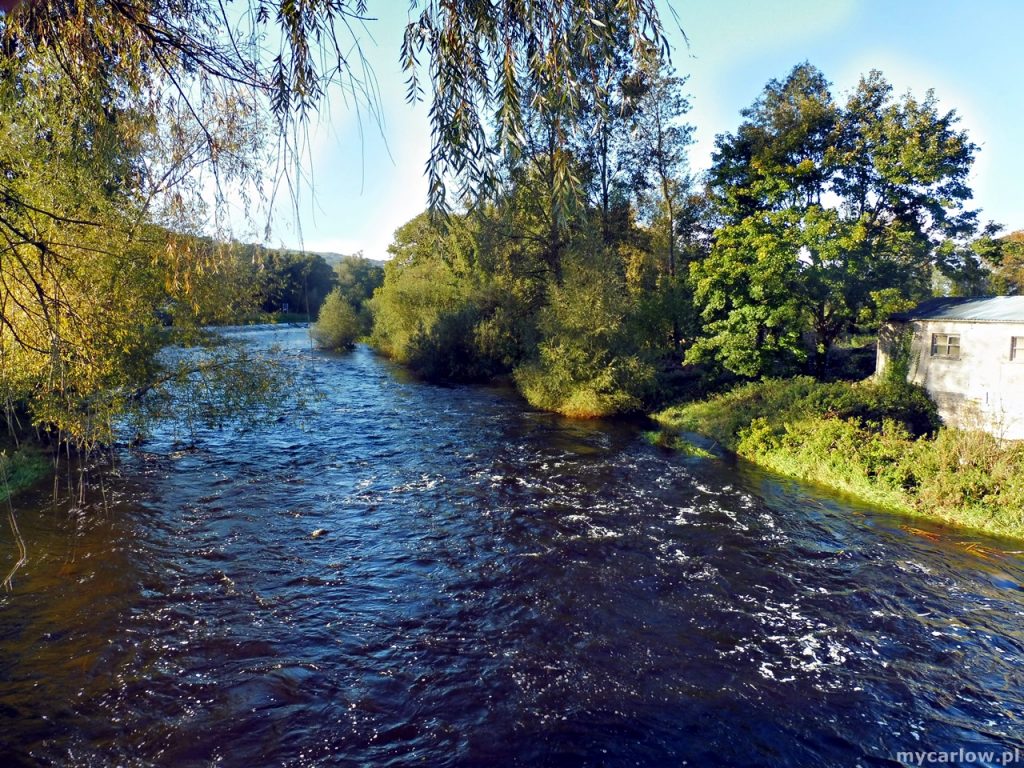
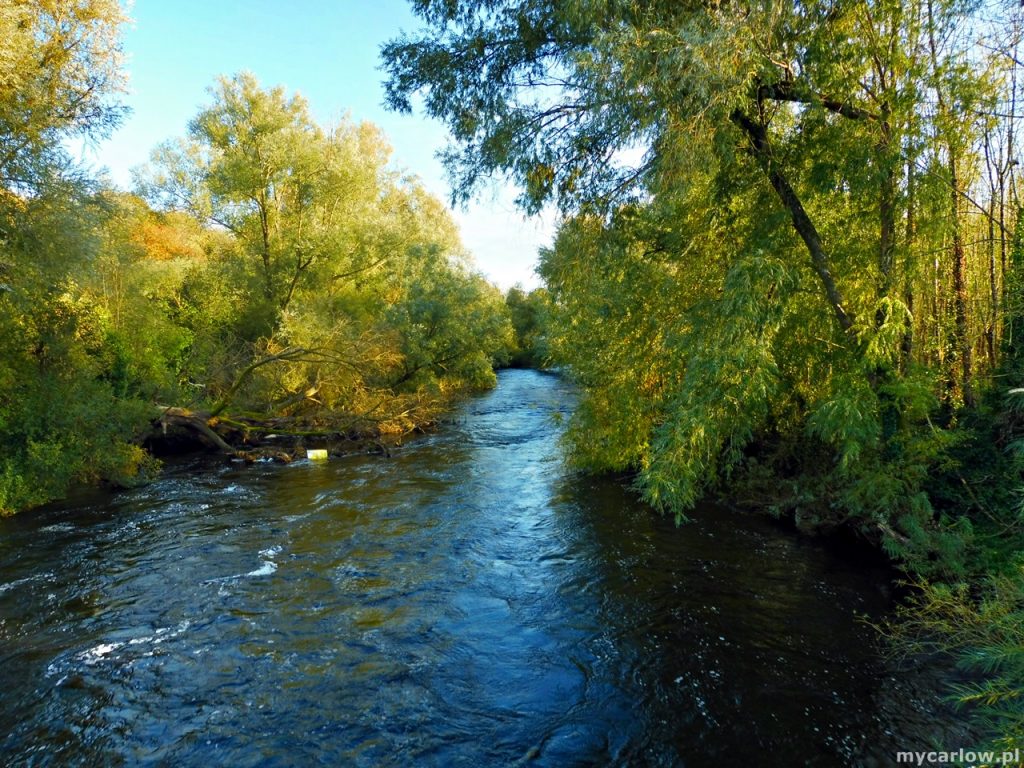
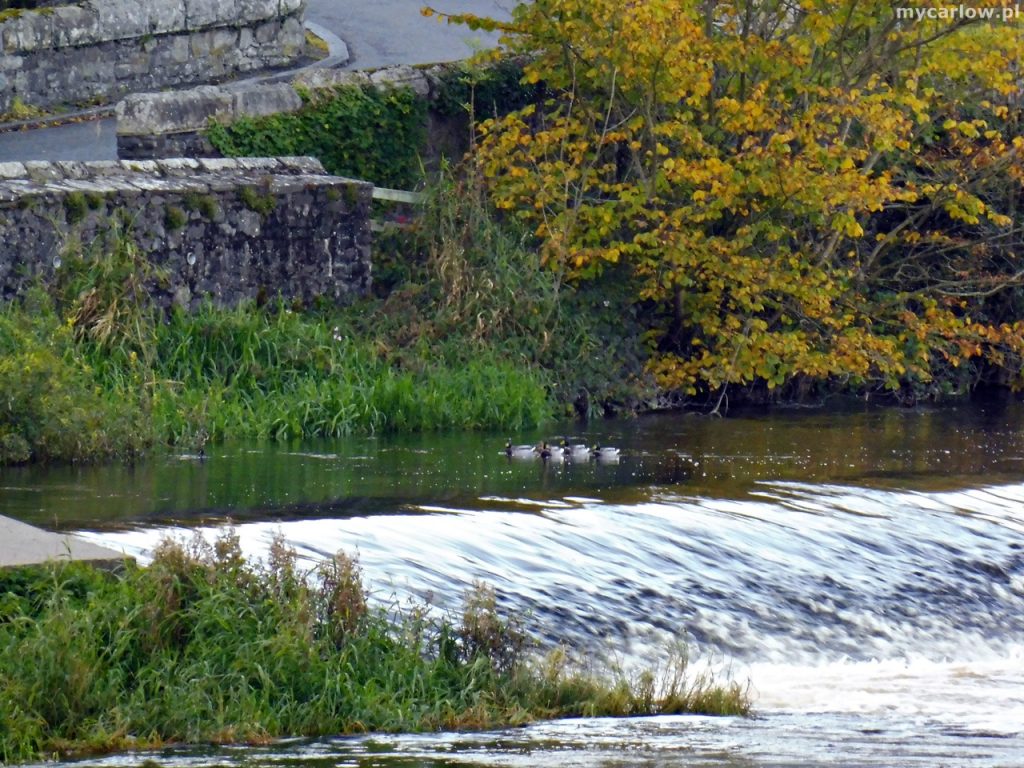
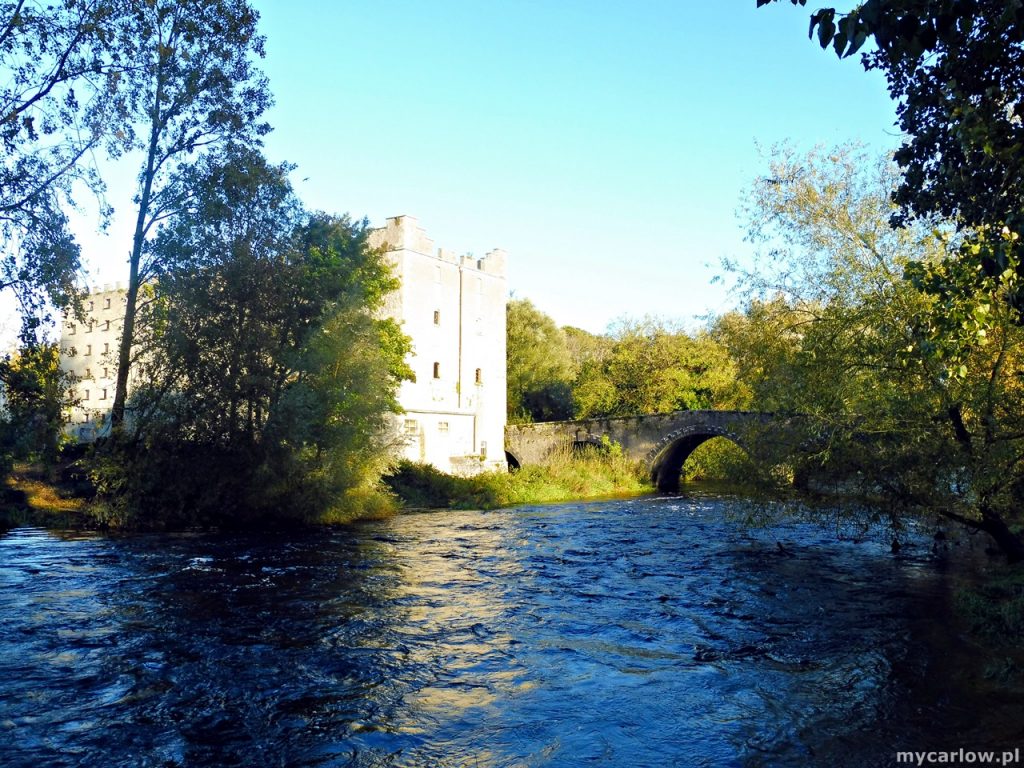
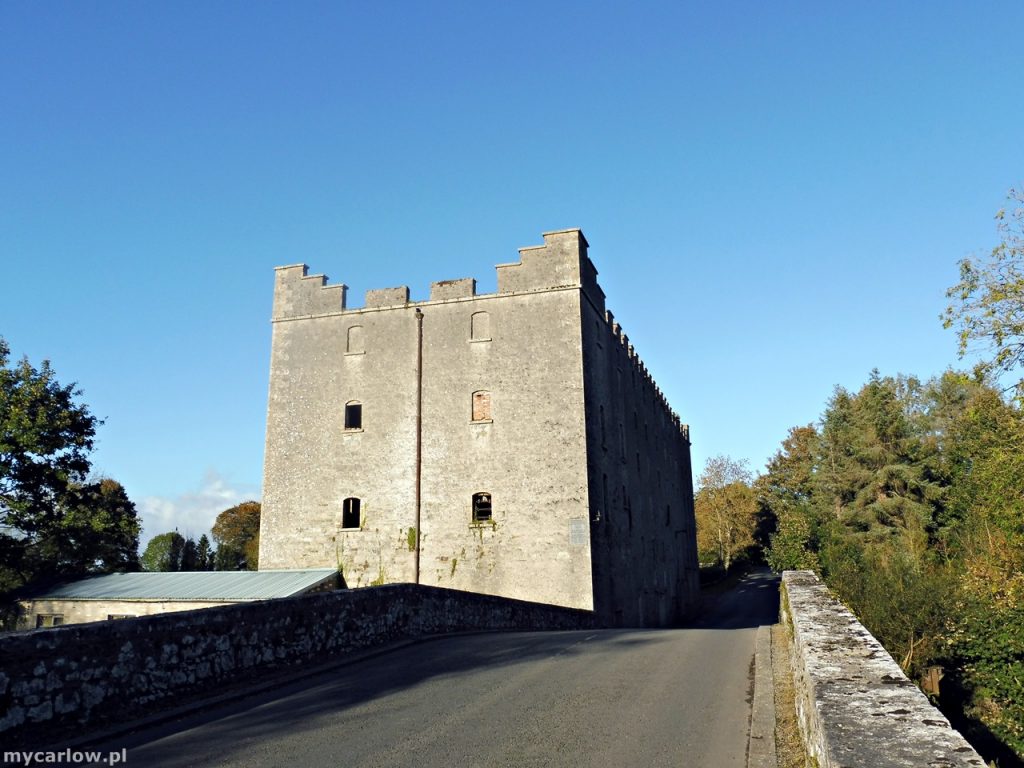
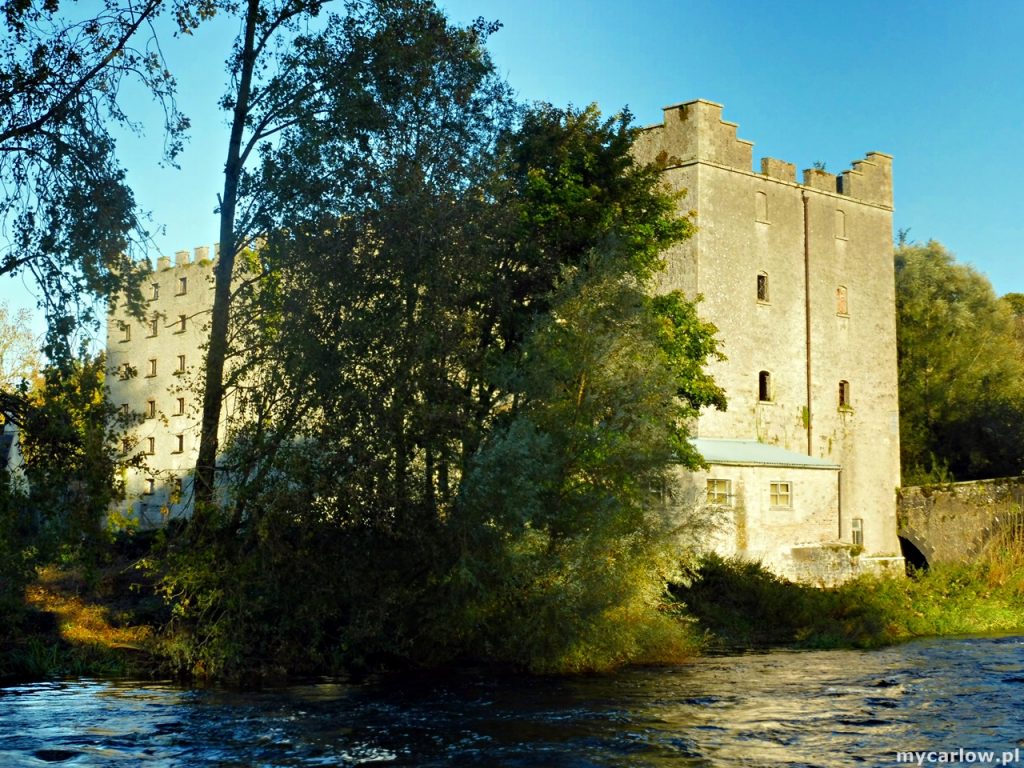
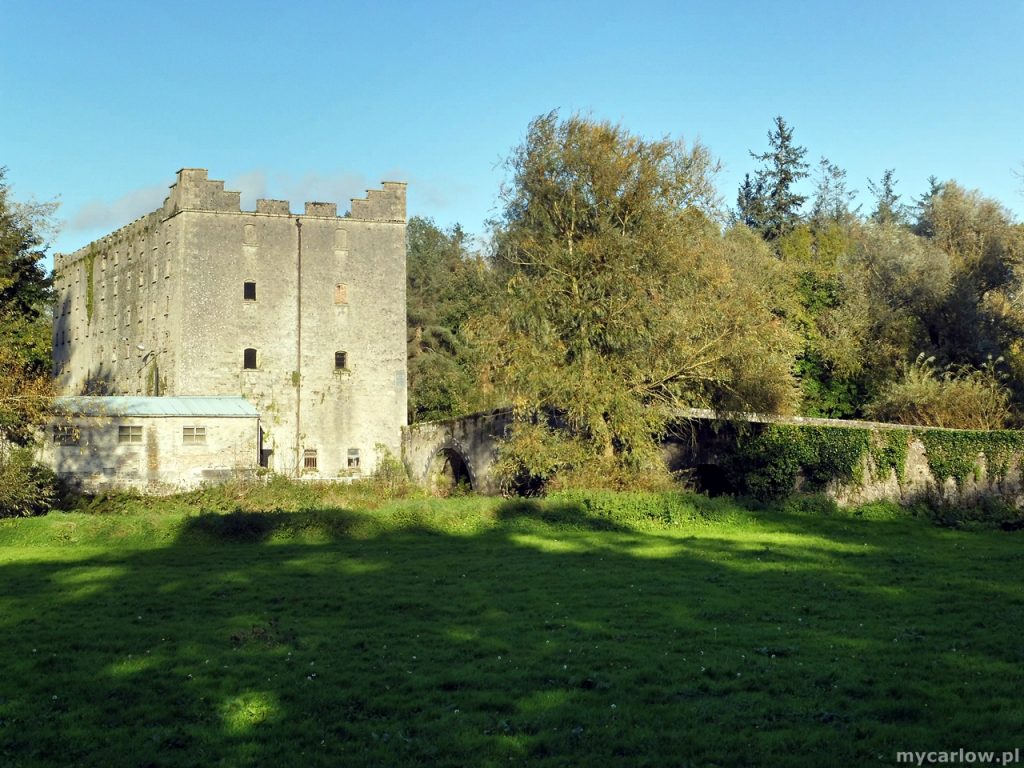
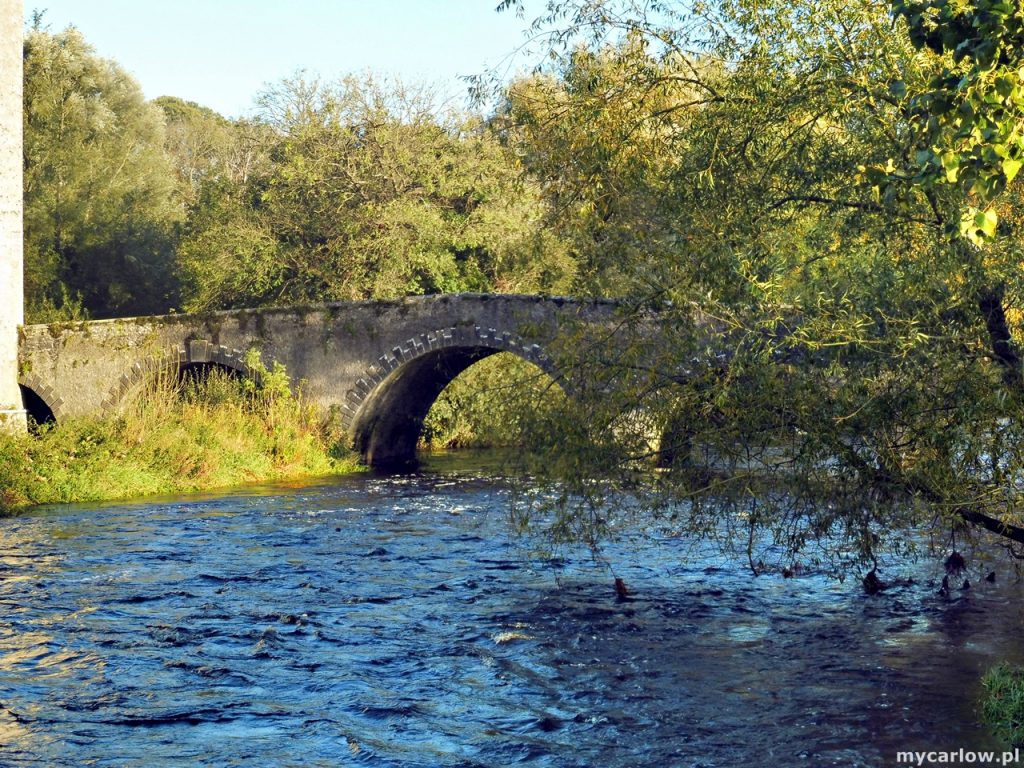
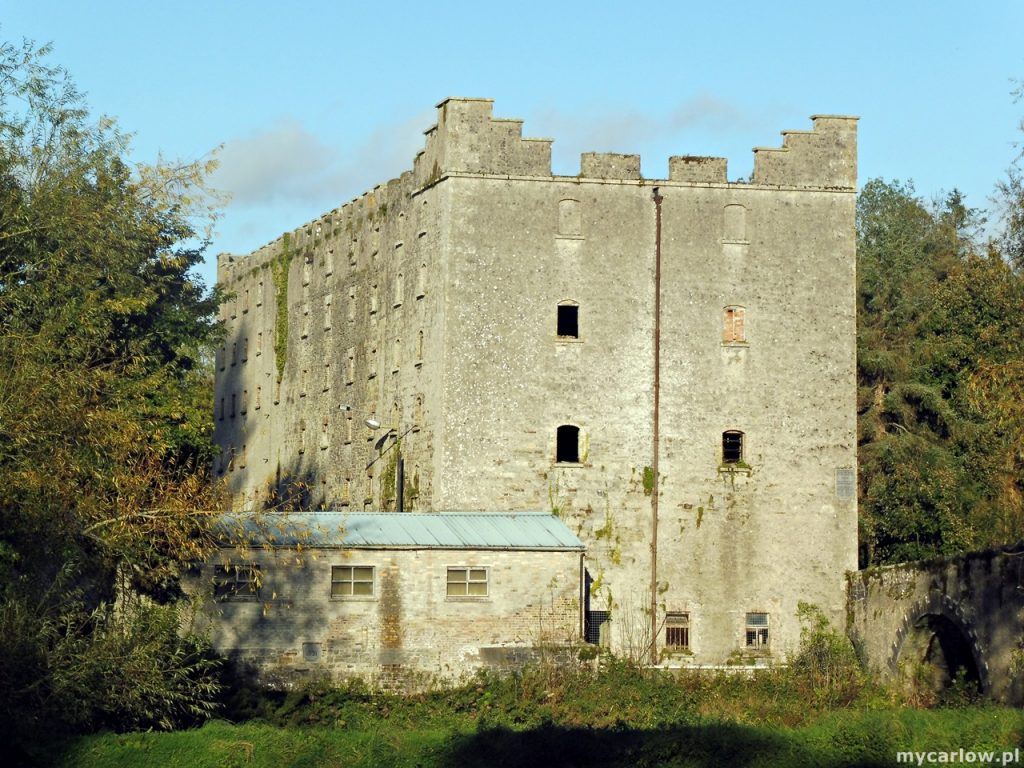
10. Oak Park Forest Park
Oak Park Forest Park is a stunning natural site just outside Carlow town. It is a very popular destination for walking and educational visits.
120 acres (49 ha) of the site are now operated by the Carlow Tourist Office as Oak Park Forest Park. The park is free to visit. It features 4 kilometers (2.5 mi) of nature trails. There are color-coded circular walkways of varying lengths with excellent accessible surfaces and easy gradients.
Oak Park Forest Park is a mature, mixed species woodland with a predominance of beech, oak, scots pine, silver fir, larch, and sycamore. Boasting a rich diversity of wildlife, the lakes and their surroundings provide habitat for swans and ducks, while the islands shelter many wild and game birds. Extending over four kilometres the walks include Butlers Wood Loop (700 metres), the Lake Path (800 metres), Fox Covert Track (1,100 metres), and Sally Island Trail (1,700 metres).
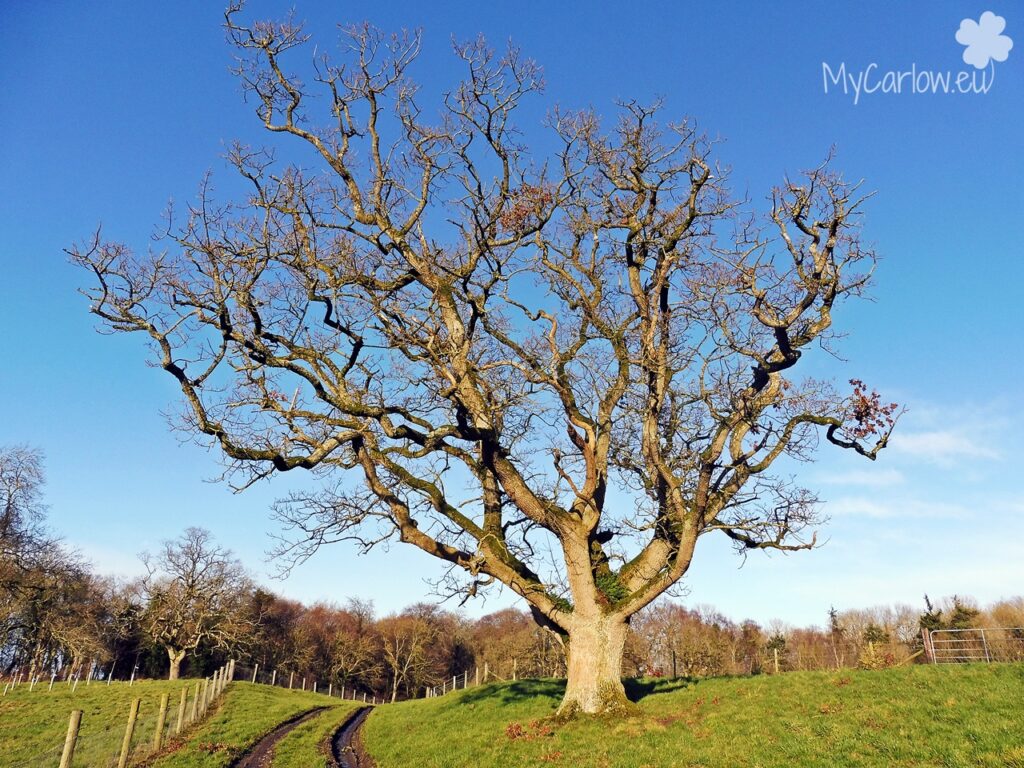
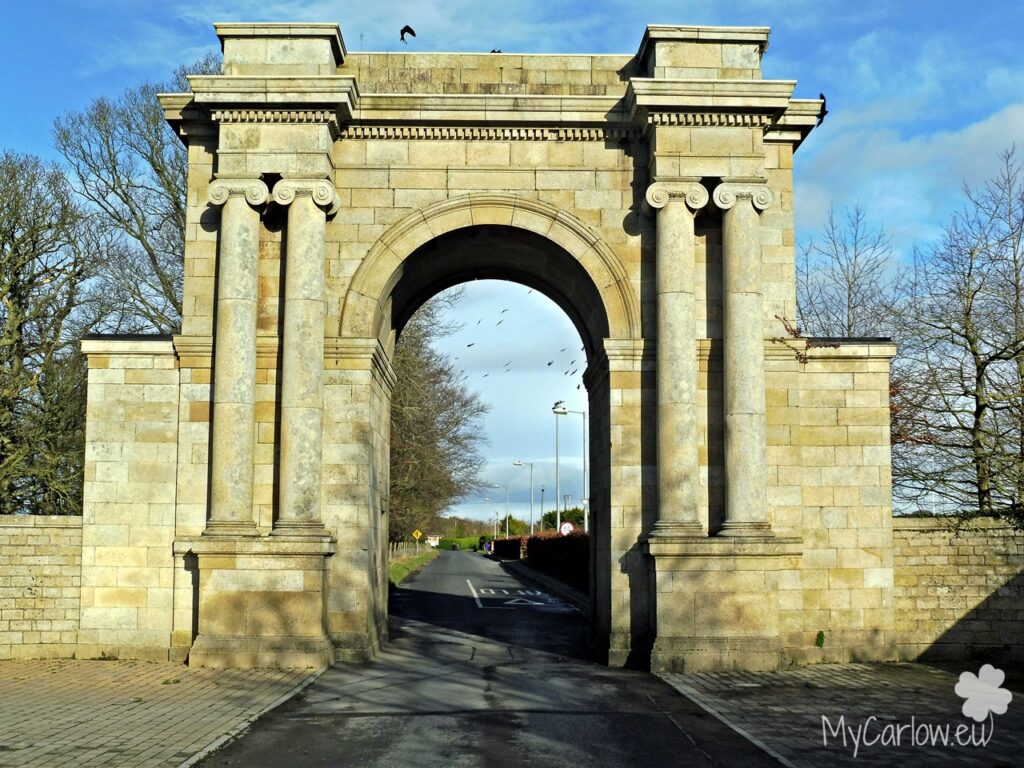

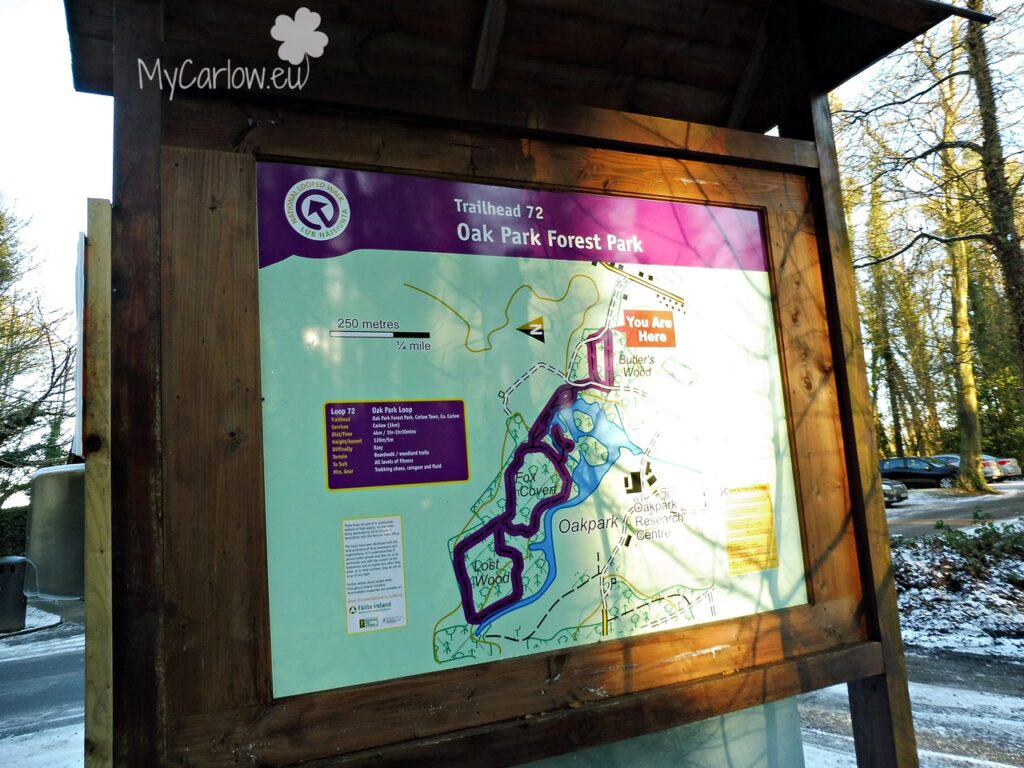
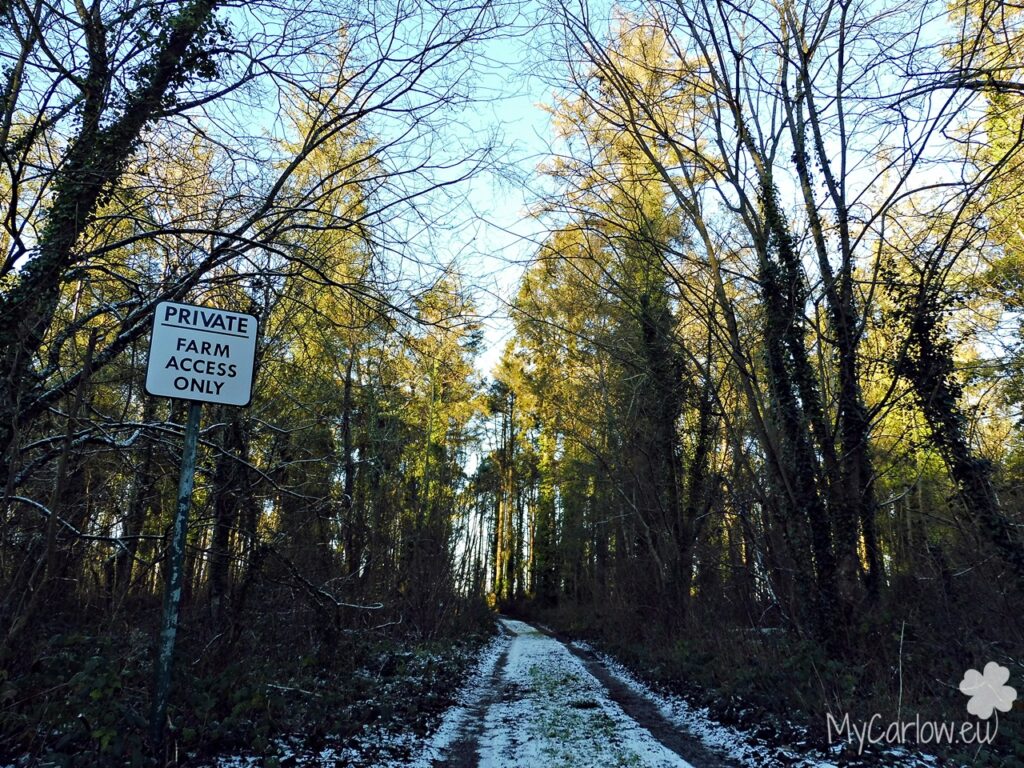
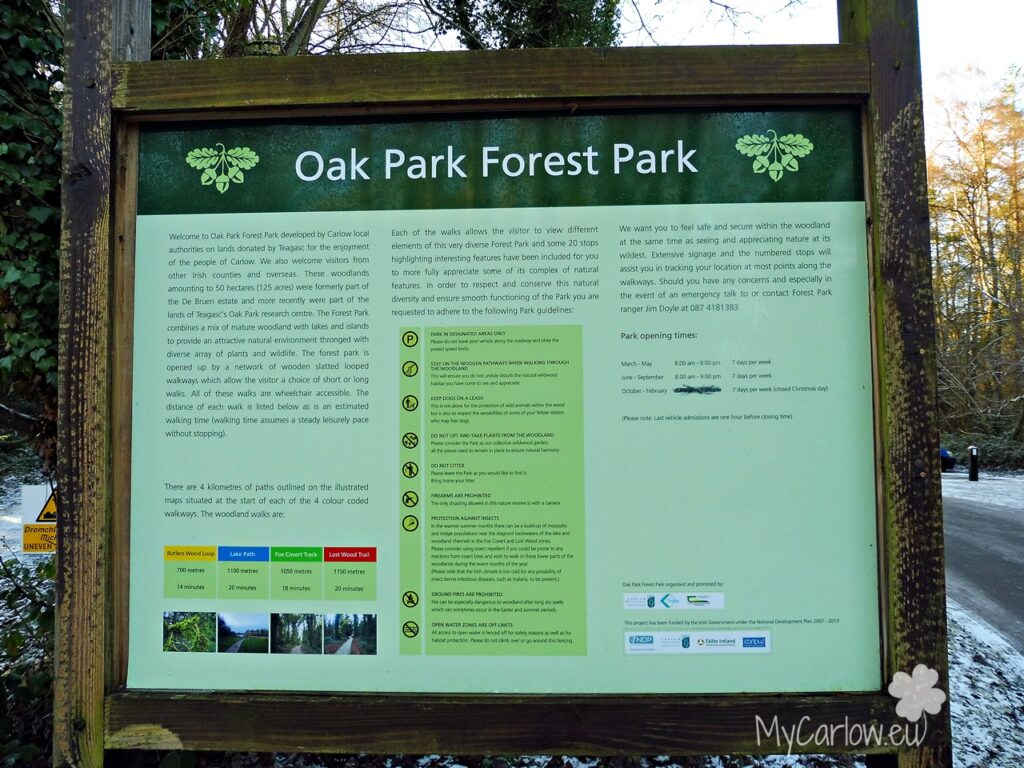
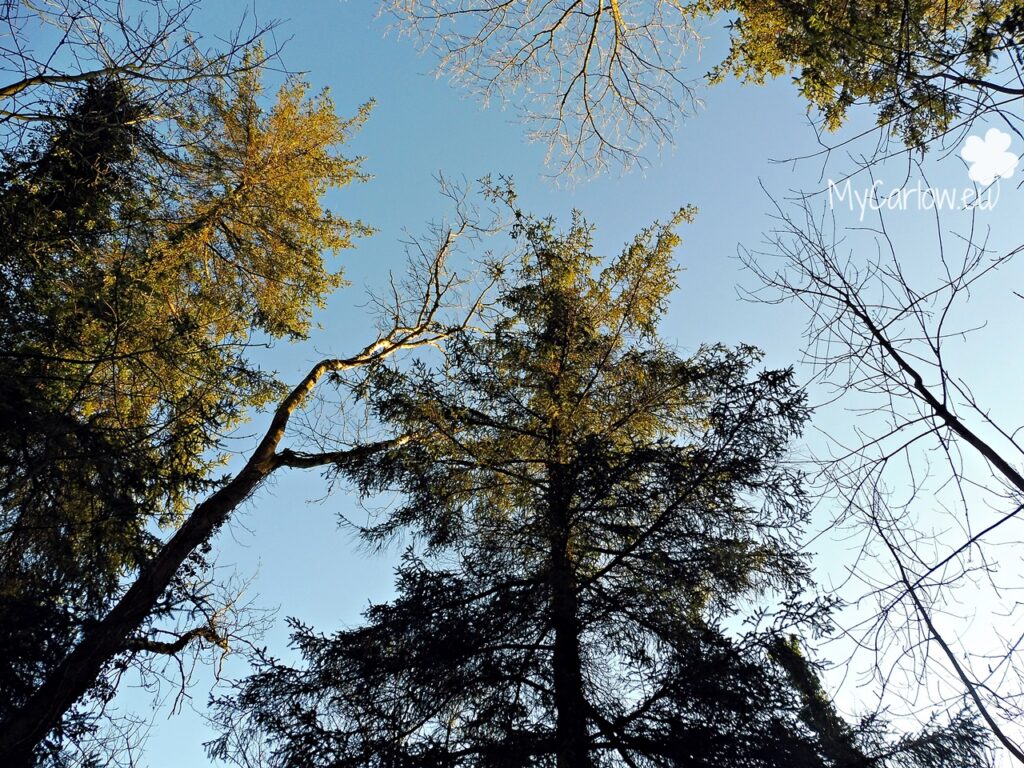

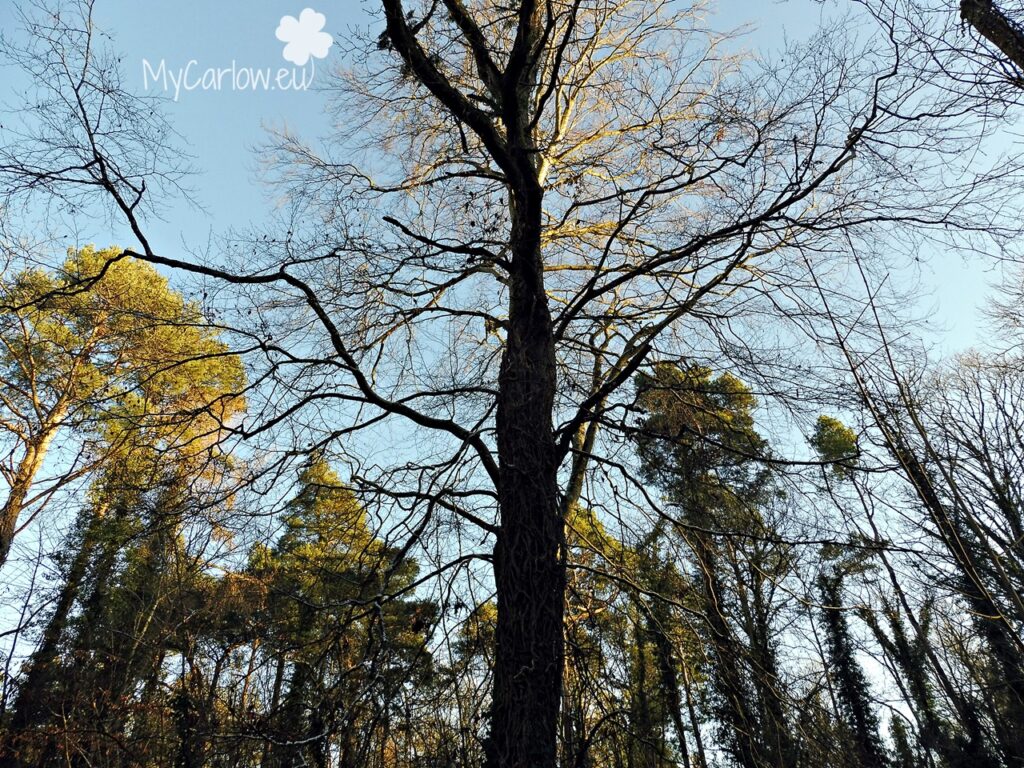
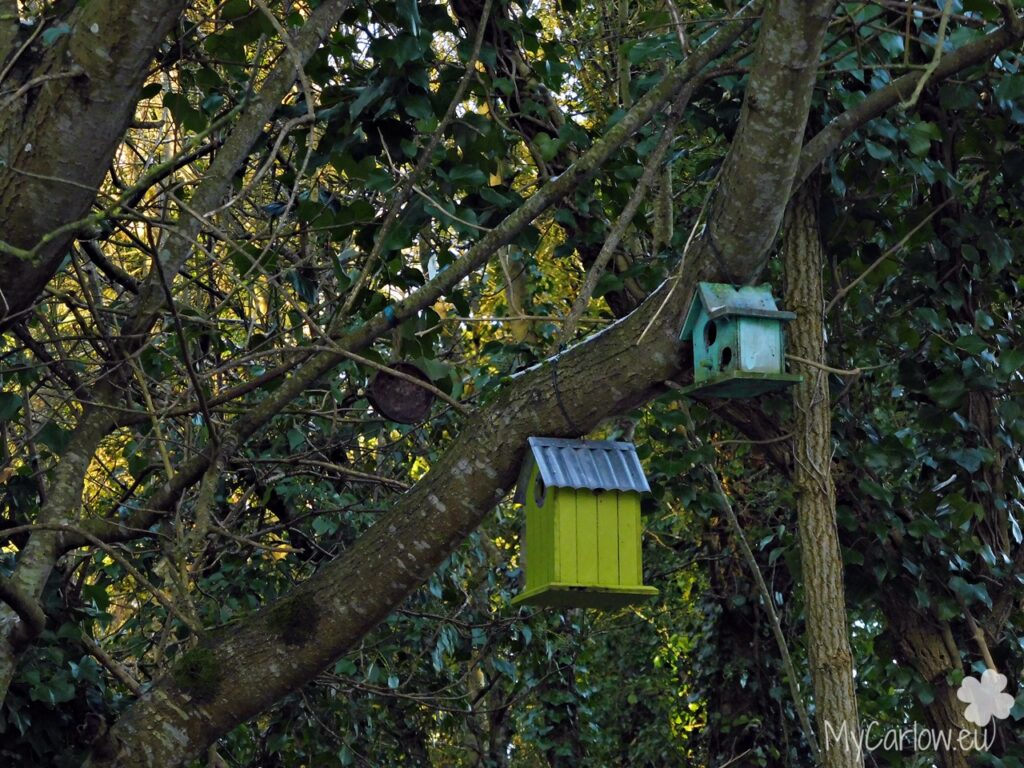


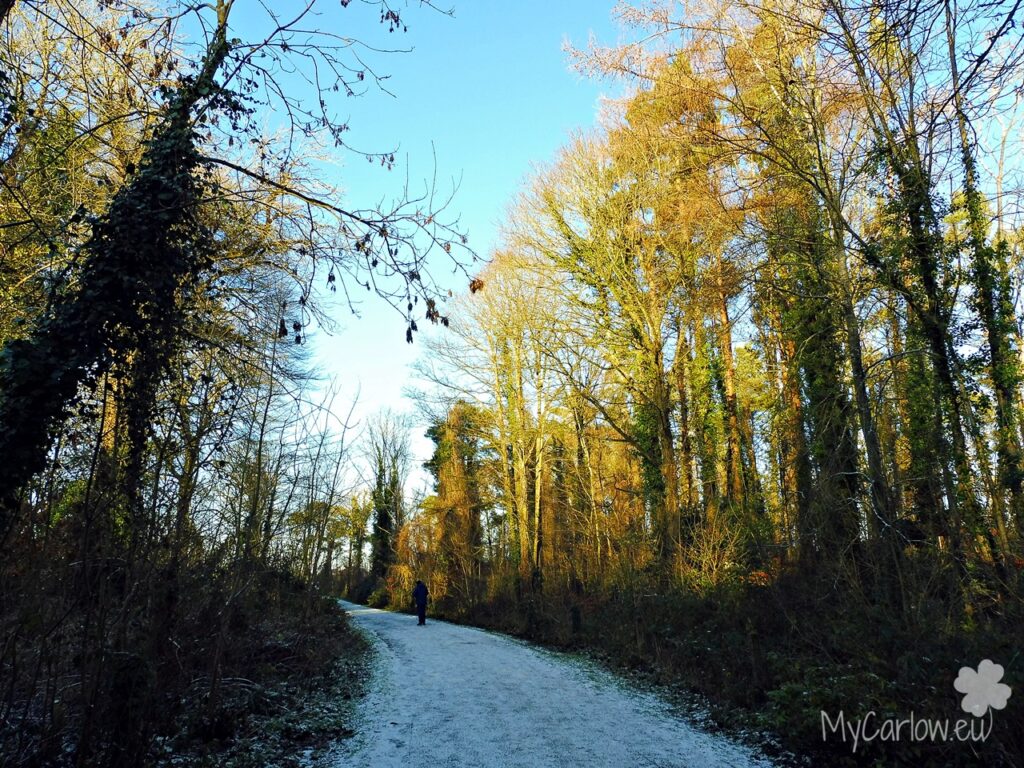
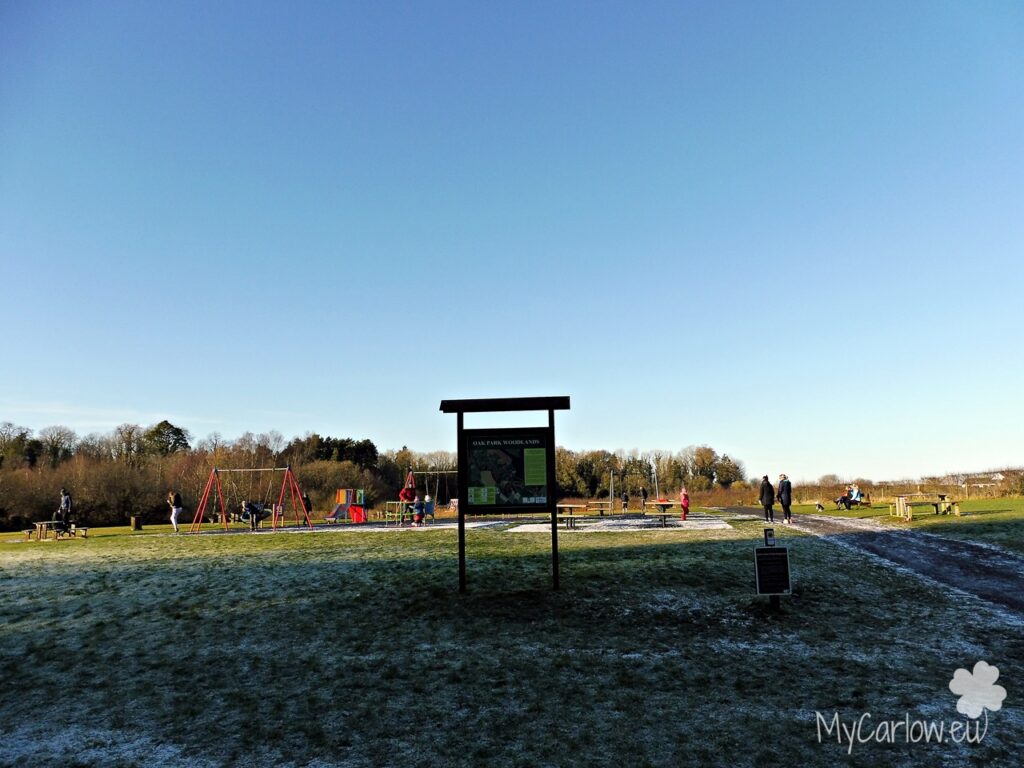




11. VISUAL Centre for Contemporary Art
VISUAL Centre for Contemporary Art & The George Bernard Shaw Theatre is the largest exhibition space for contemporary visual art in County Carlow. It covers an area of 3130 m². There are four main galleries, a theatre, a restaurant, a bar, a bookstore, and workshop rooms. The center is located in the heart of Carlow, next to Carlow College and opposite Carlow Cathedral. His rivals in the scale of presenting contemporary interdisciplinary art are Centres in New York, Berlin, and Tokyo.
The center whose construction cost EUR 18 million was opened in September 2009 and significantly contributed to the cultural, social, and economic development of the city of Carlow. The building was designed by Terry Pawson – a well-known British architect with extensive experience in designing buildings for art and in the cultural sector. In front of the building stands a huge metal sculpture of Medusa Tree also by Pawson.
George Bernard Shaw Theatre was named after an Irish playwright who has a strong connection with Carlow. The theater can seat 355 people.
Numerous exhibitions of local, national, and international artists take place here.
Posts about the VISUAL Centre for Contemporary Art:
What’s on at VISUAL Centre for Contemporary Art (December – February 2021)
Winter illuminating scenes at VISUAL
What’s on at VISUAL Centre for Contemporary Art (July – October 2020)
Exhibition: The life and legacy of Stephen McKenna

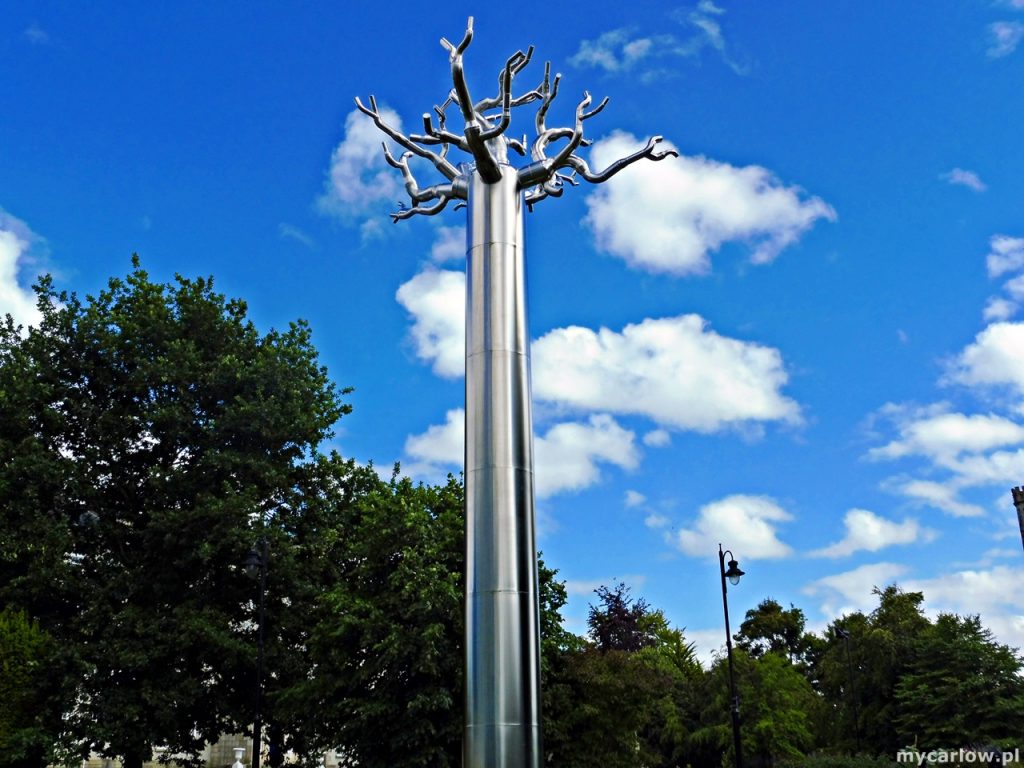
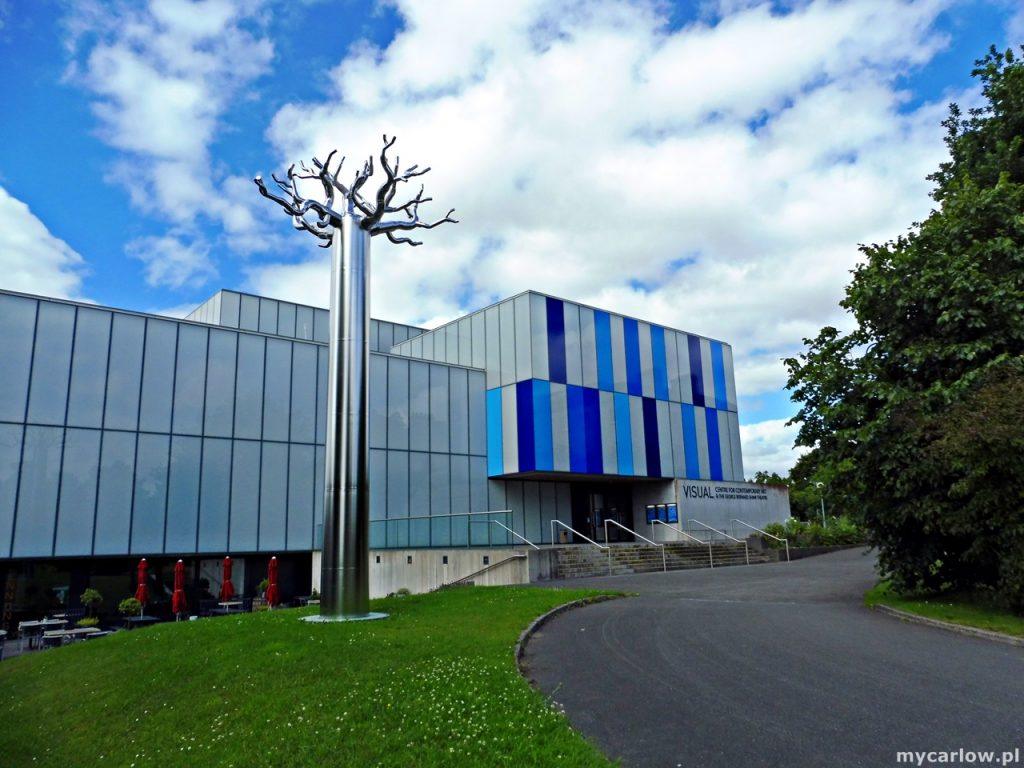
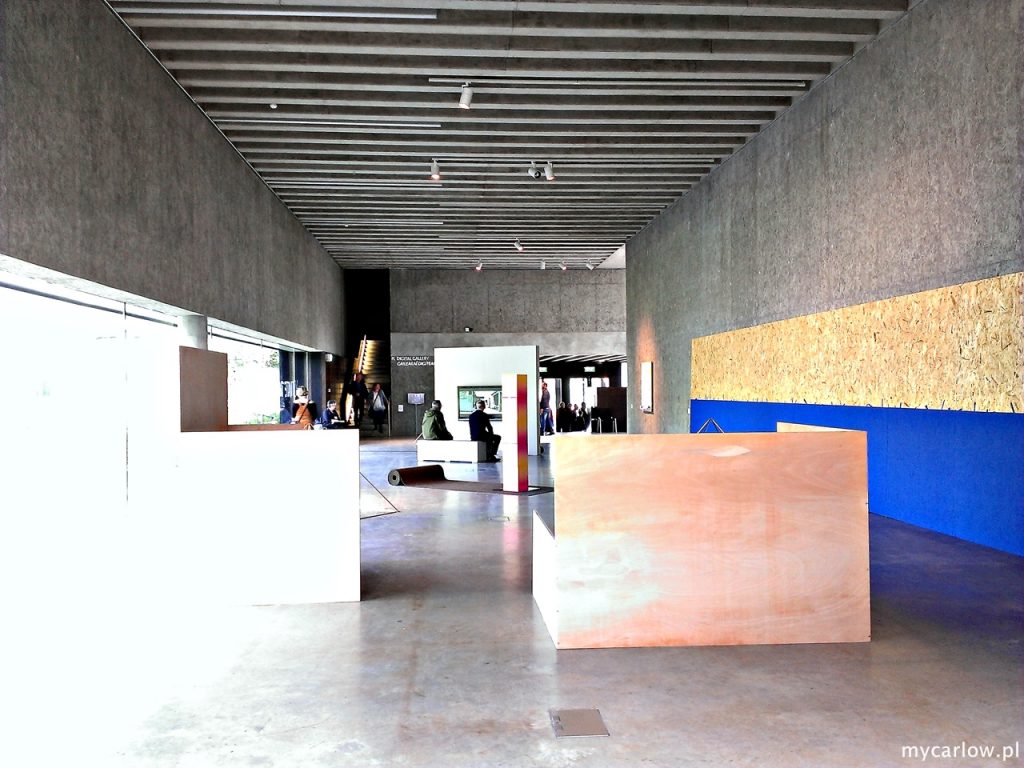
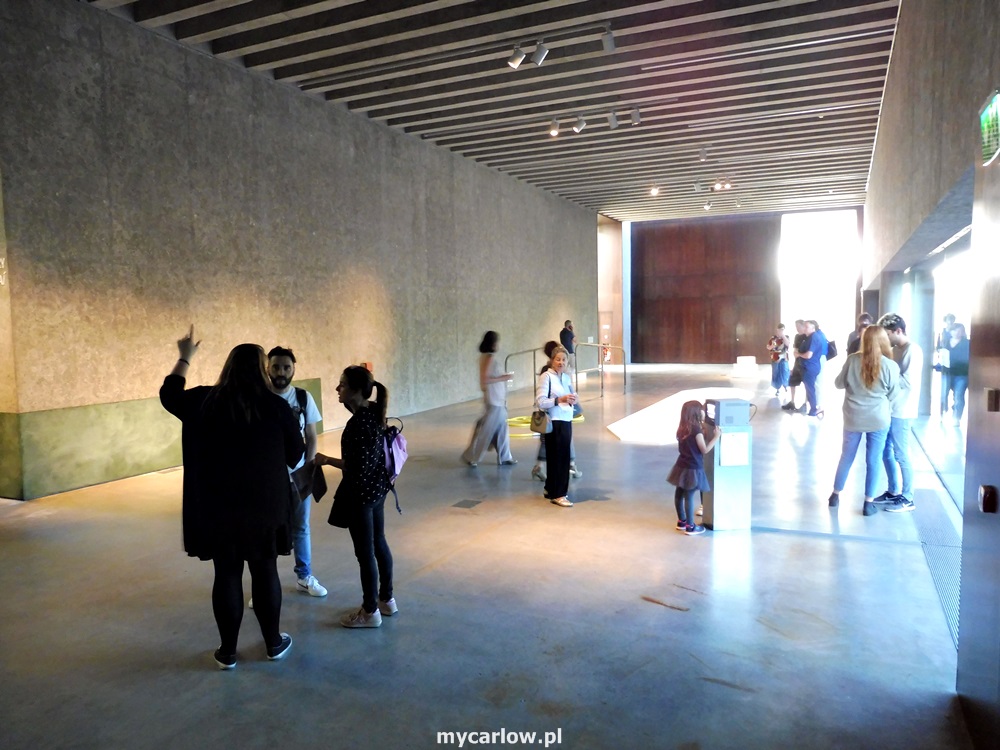
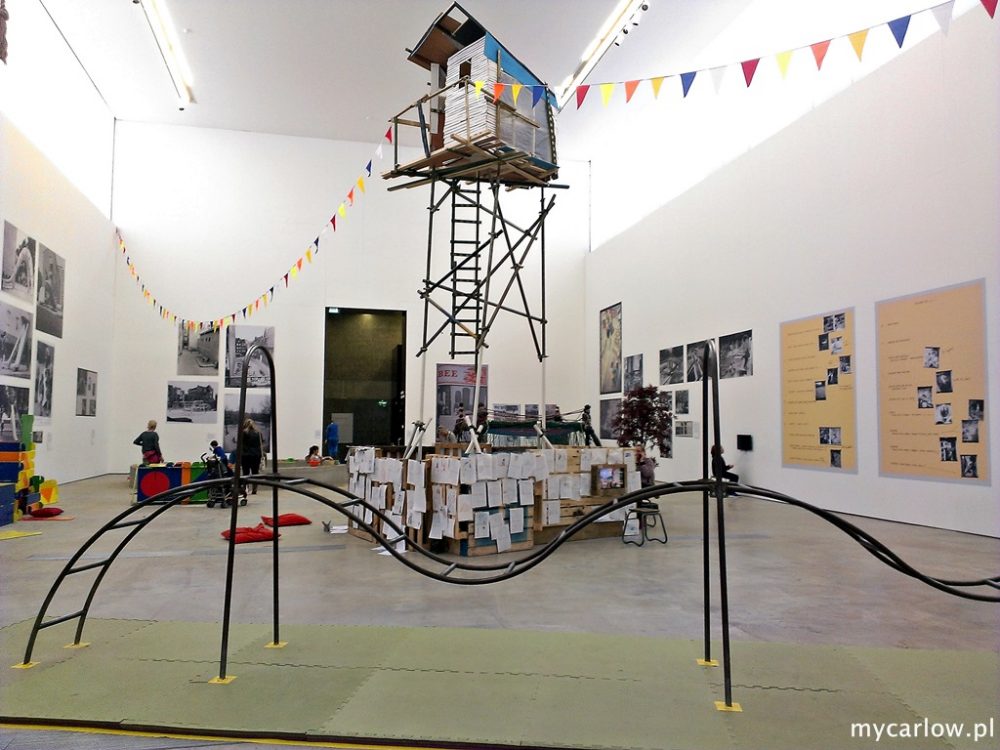
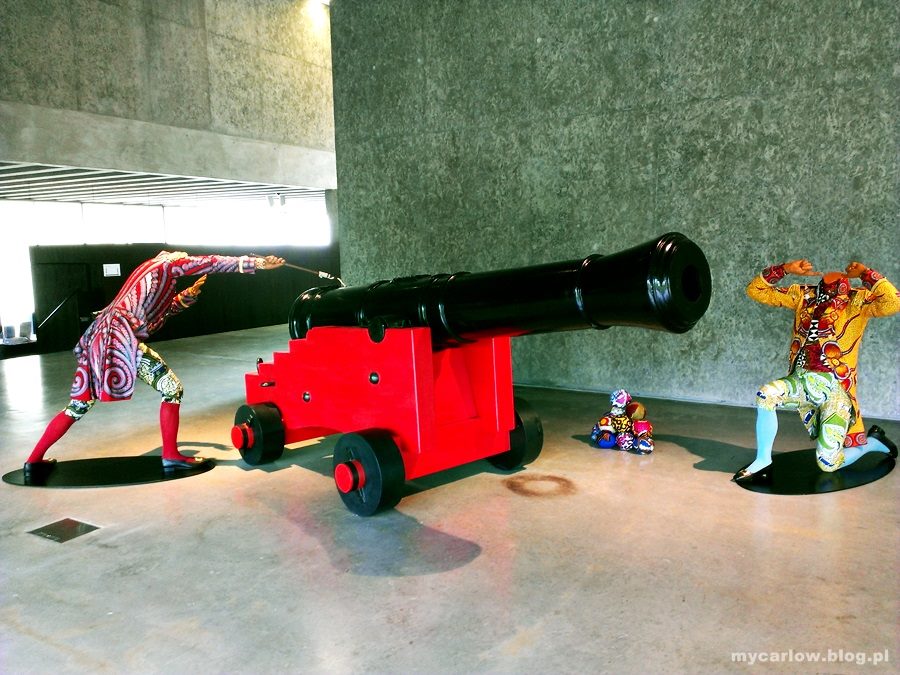
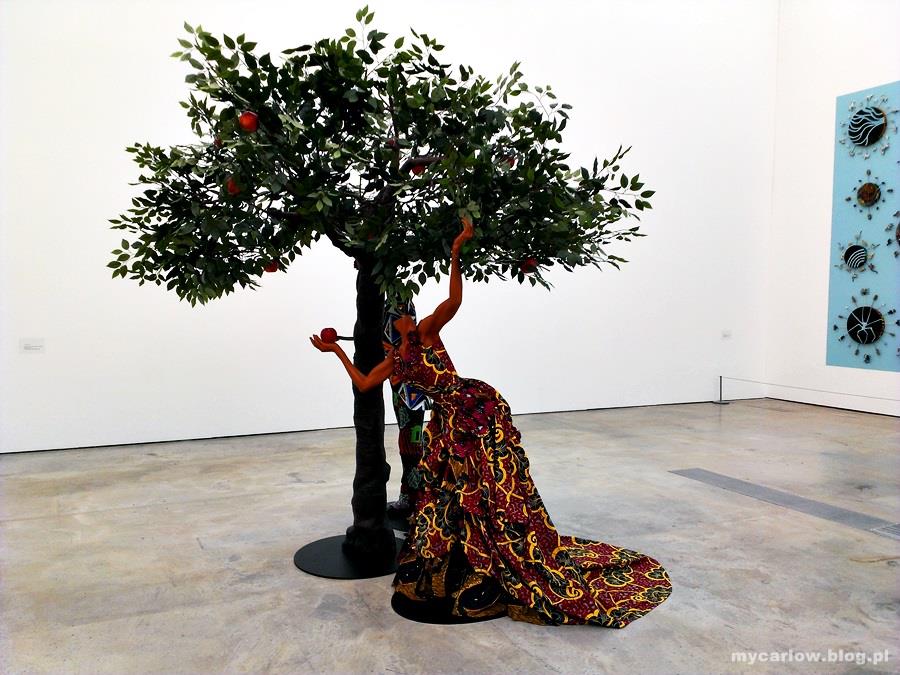

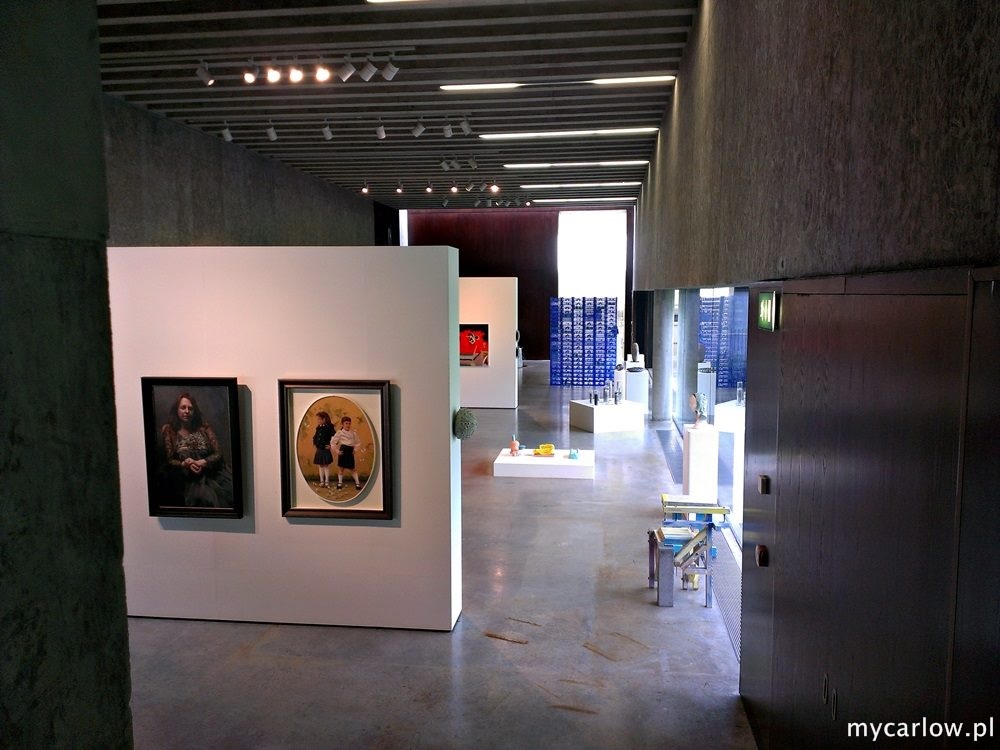
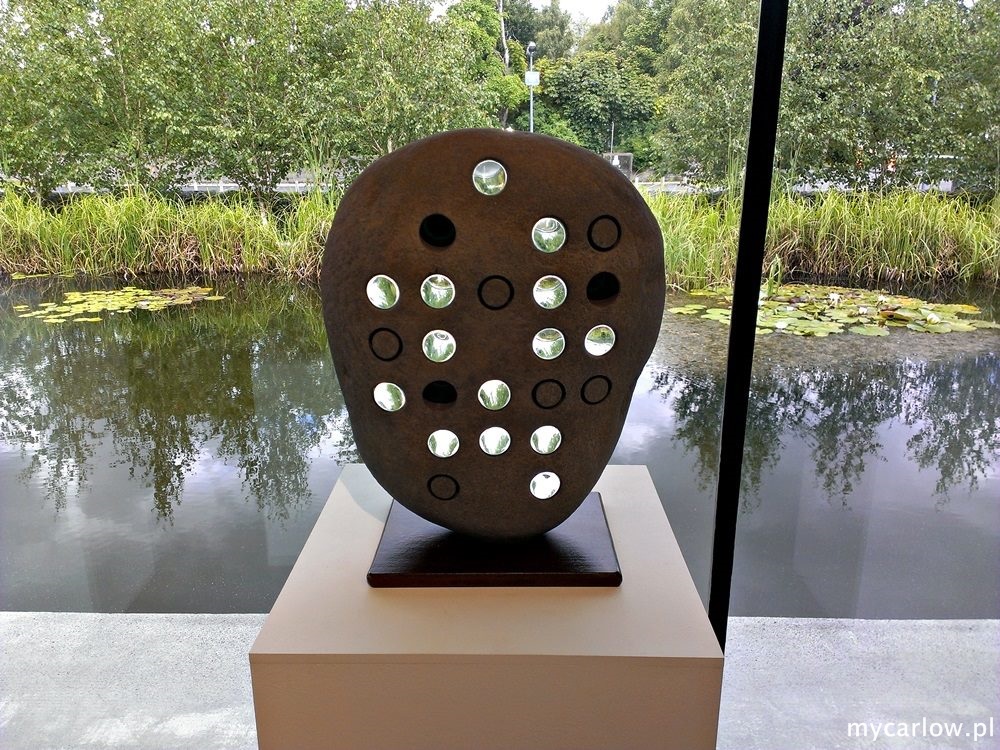
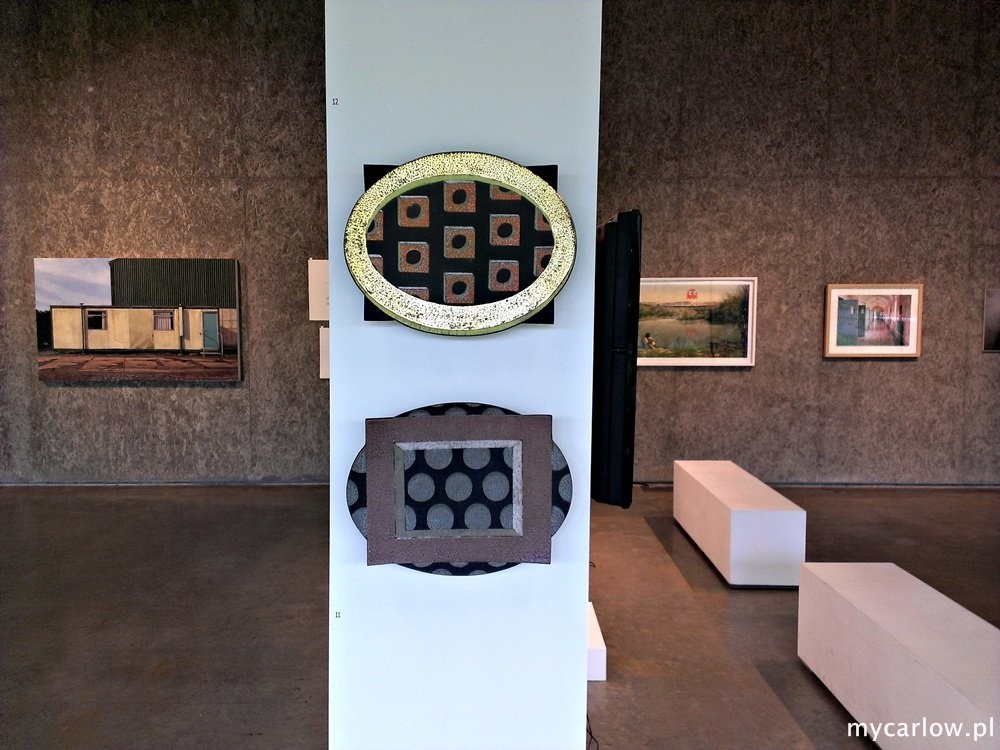
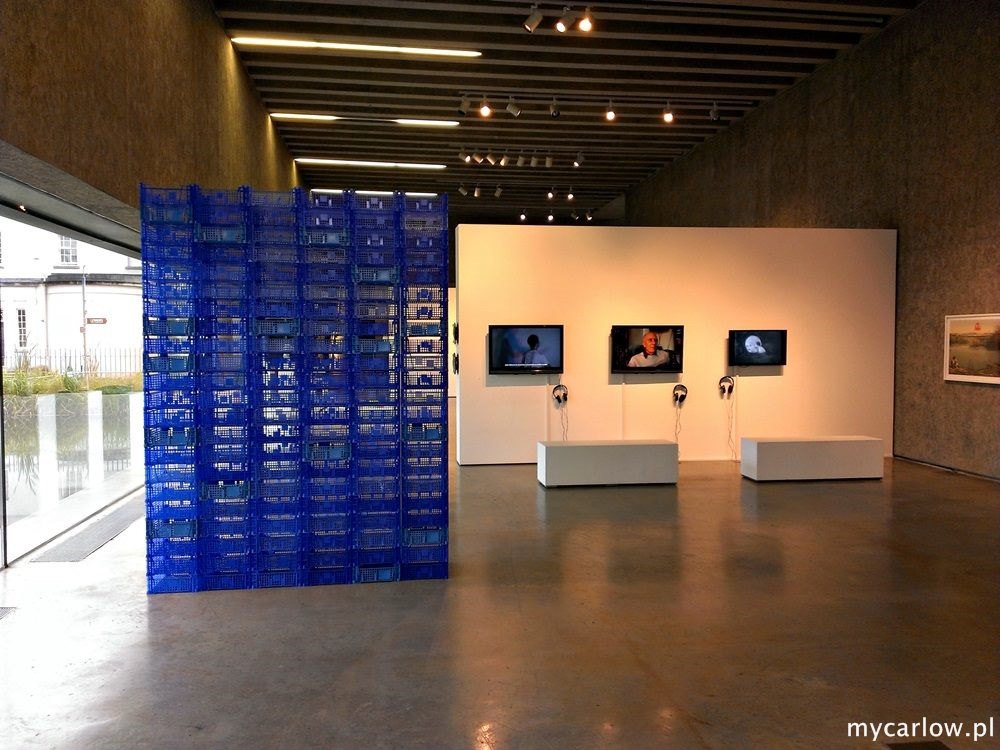
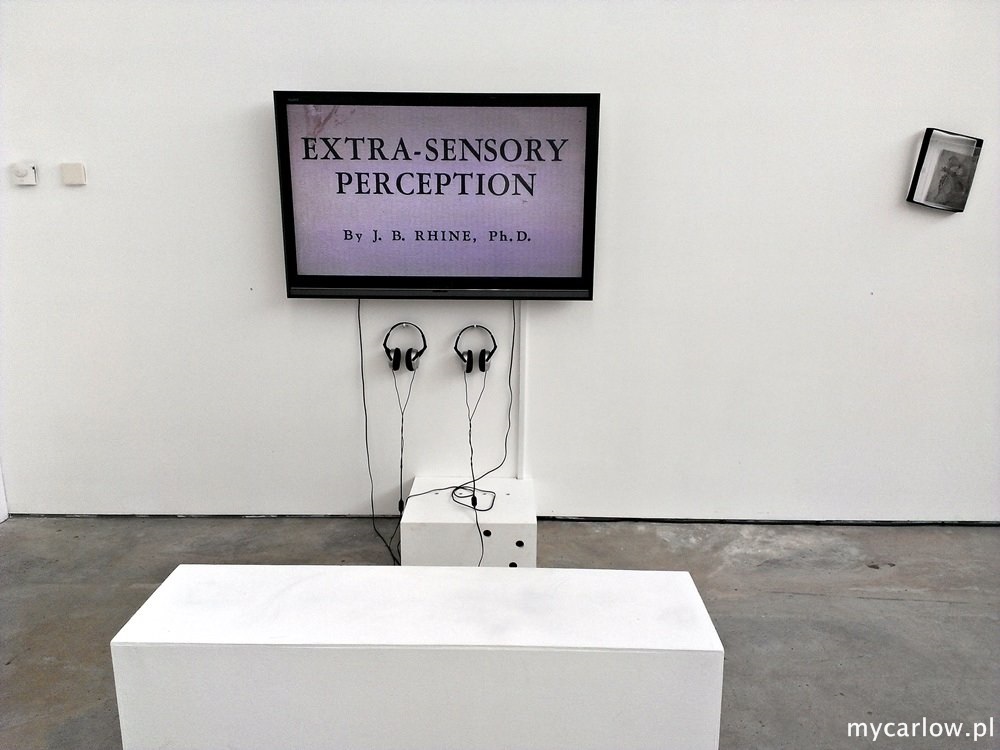
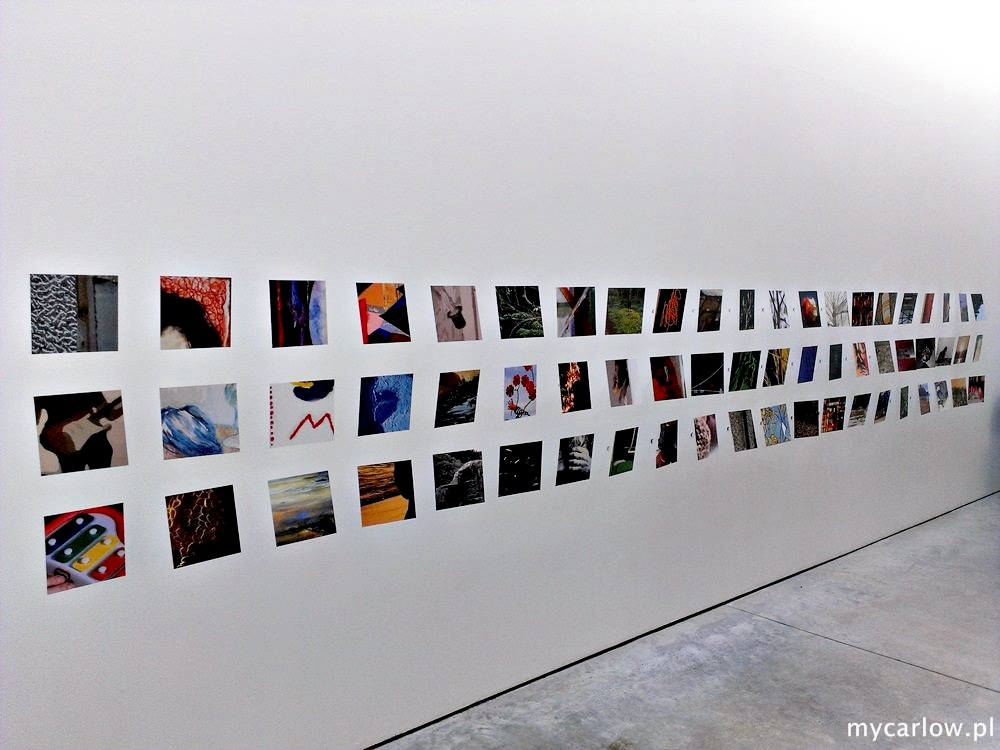
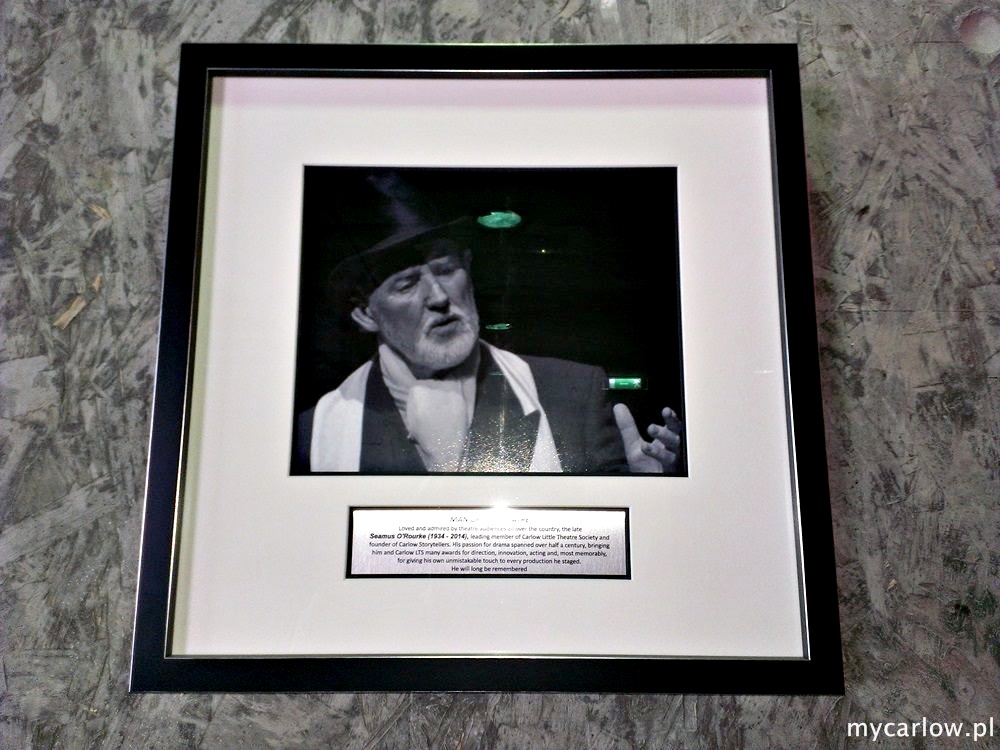
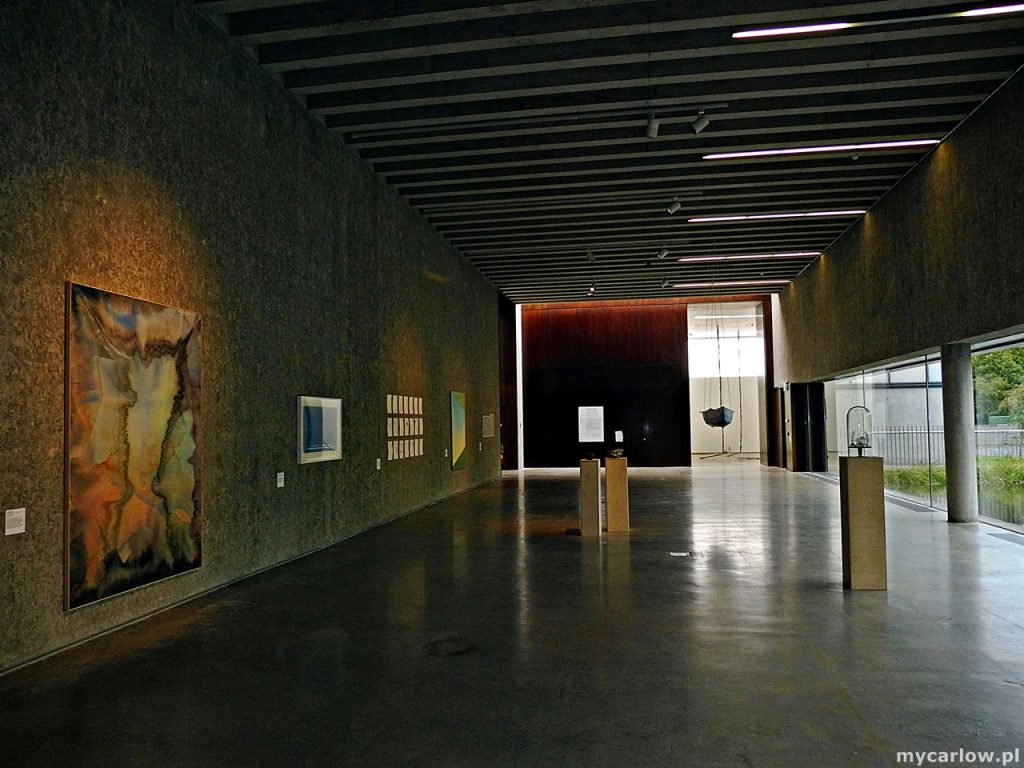
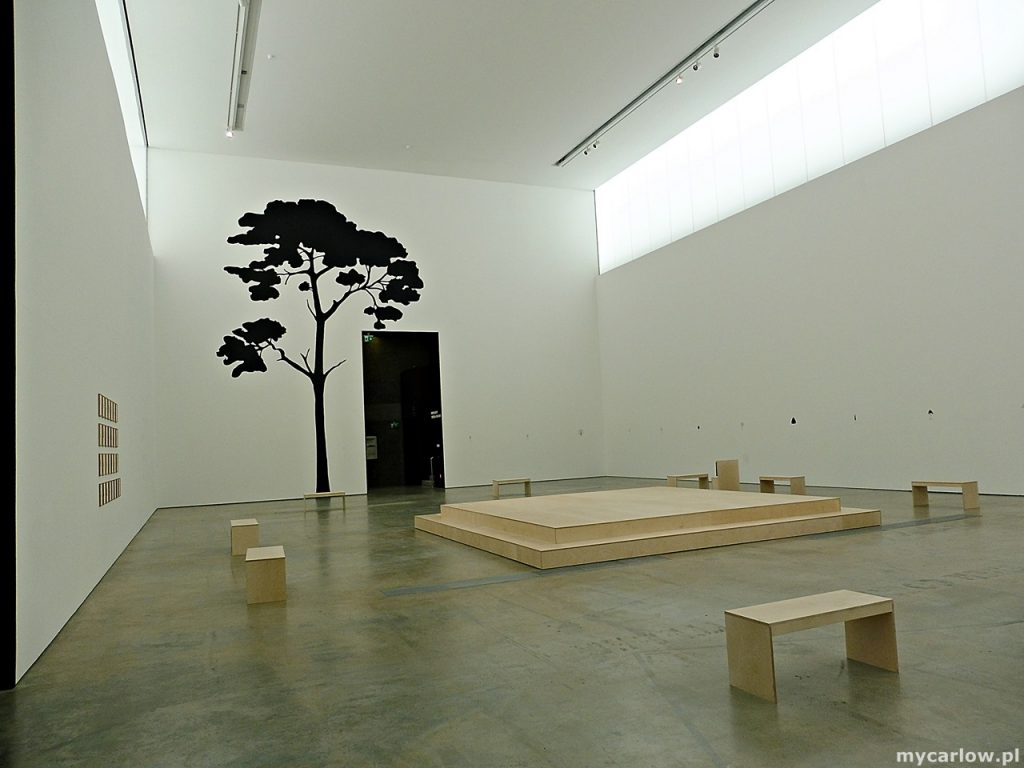
Below is the Map of 11 Must-visit places in County Carlow
VISUAL Centre for Contemporary Art & The George Bernard Shaw Theatre,  Carlow, Leinster, Ireland
Carlow, Leinster, Ireland
 Oak Park, The Municipal District of Carlow, Leinster, Ireland
Oak Park, The Municipal District of Carlow, Leinster, Ireland
 Cloghristick, The Municipal District of Muinebeag, Leinster, Ireland
Cloghristick, The Municipal District of Muinebeag, Leinster, Ireland
Leighlinbridge, Leinster, Ireland
 Huntington Castle & Gardens, The Municipal District of Enniscorthy, Leinster, Ireland
Huntington Castle & Gardens, The Municipal District of Enniscorthy, Leinster, Ireland
 Duckett’s Grove, The Municipal District of Tullow, Leinster, Ireland
Duckett’s Grove, The Municipal District of Tullow, Leinster, Ireland
 Delta Sensory Gardens, The Municipal District of Carlow, Leinster, Ireland
Delta Sensory Gardens, The Municipal District of Carlow, Leinster, Ireland
 Clonegal, The Municipal District of Tullow, Leinster, Ireland
Clonegal, The Municipal District of Tullow, Leinster, Ireland
 Altamont House and Gardens, The Municipal District of Tullow, Leinster, Ireland
Altamont House and Gardens, The Municipal District of Tullow, Leinster, Ireland
There are of course many more must-visit places in County Carlow than on the list above. And I will show it in future posts.


